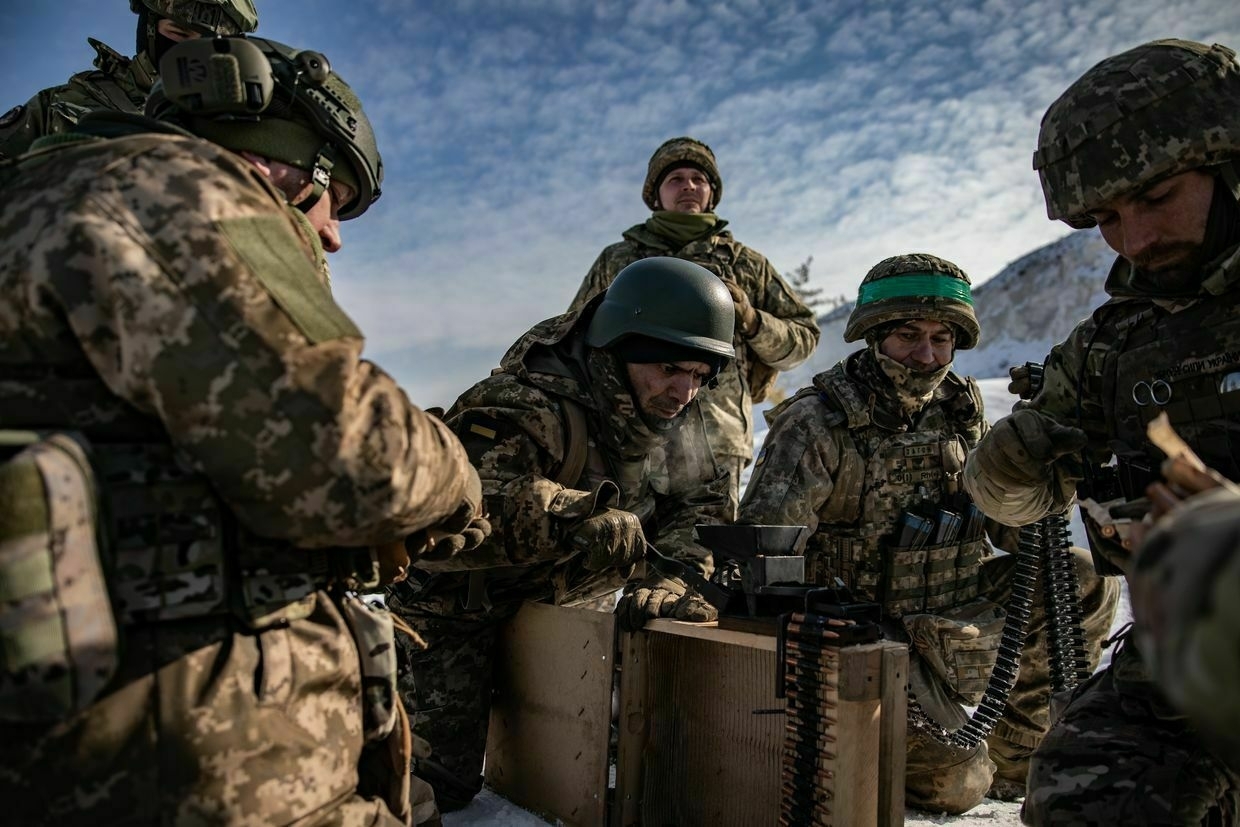-
US committed to its NATO membership, Rubio says
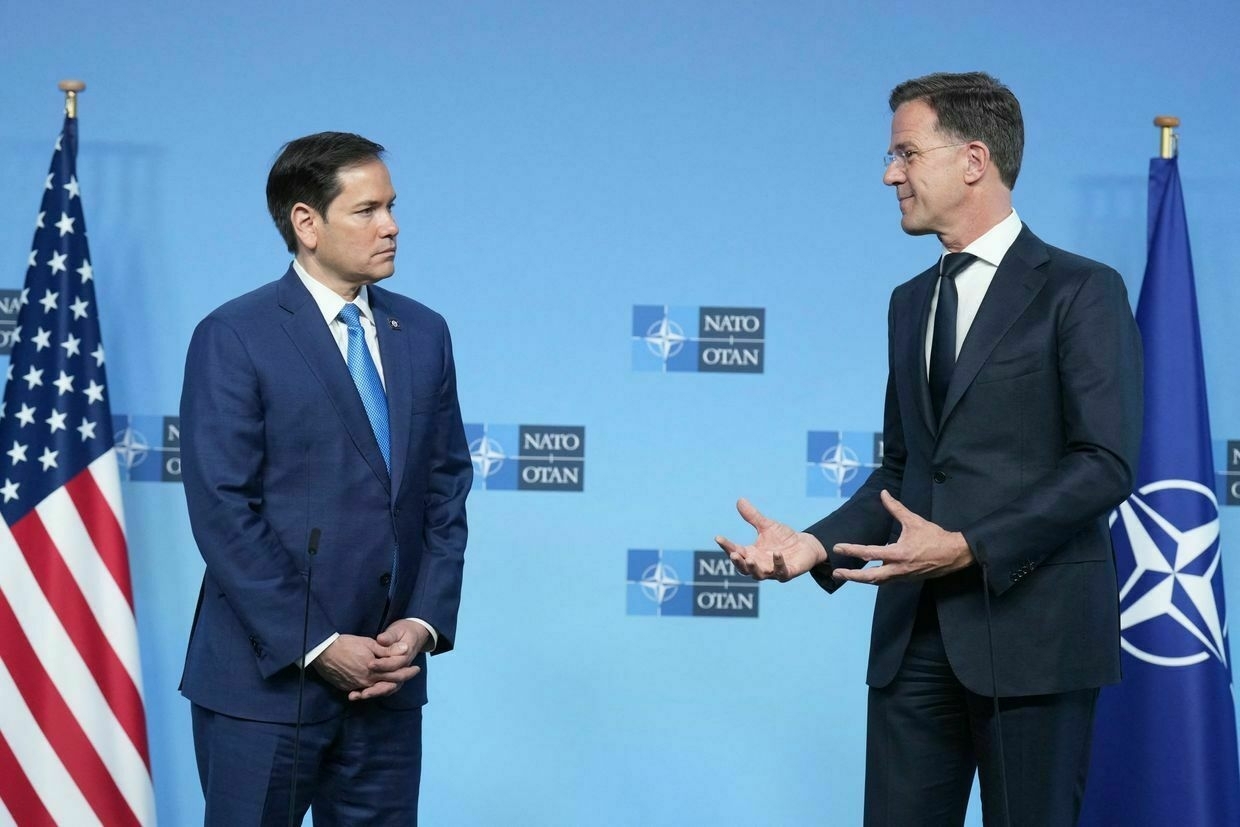
U.S. President Donald Trump has made clear he supports NATO, and the U.S. remains an active member of the alliance, Secretary of State Marco Rubio said on April 3 as NATO foreign ministers gather in Brussels.
“As we speak right now, the United States is as active in NATO as it has ever been,” Rubio said at a press briefing alongside NATO Secretary General Mark Rutte.
Trump has been a long-time critic of the U.S.’s NATO partners and said he would not defend those that fail to meet defense spending targets, directly challenging the alliance’s principle of collective defense.
The U.S. president has accused European countries of failing to contribute their fair share to the alliance’s defense needs, and his administration has signaled that its strategic focus is shifting from Europe to the Indo-Pacific region.
The new administration has also repeatedly pushed for the annexation of Greenland from Denmark, a fellow NATO member.
“Some of this hysteria and hyperbole that I see in the global media, and some domestic media in the United States, about NATO is unwarranted,” Rubio said.
Republican lawmakers Mike Lee and Thomas Massi, representing a hardline wing of the party, as well as Trump’s close ally Elon Musk have publicly advocated for the U.S. to leave the alliance.
“President Trump has made clear he supports NATO. We’re going to remain in NATO,” Rubio continued, while stressing the need for each member to commit more resources and achieve the goal of 5% of GDP in defense spending.
NATO members have significantly increased their defense spending since Russia launched its full-scale war against Ukraine in 2022, with countries like Poland and the Baltic nations aiming to reach the 5% target in the coming years.
“We want NATO to be more viable. And the only way NATO can get stronger and more viable is if our partners, the nation states that comprise this important alliance, have more capability,” the U.S. top diplomat noted.
Rubio named Russia’s all-out war against Ukraine as a reminder that “hard power is still necessary as a deterrent."
In doorstep comments ahead of the conference, Rutte warned that Russia would remain a threat to the alliance “for many years to come” even if a peace deal in Ukraine is reached.
The Trump administration has sought to broker a swift peace deal between Kyiv and Moscow, though the White House reportedly grows increasingly frustrated with the stalled progress and positions of both parties.
Putin issued a decree. Now, millions of Ukrainians face an impossible decisionAs the U.S. tries to bring an end to the war in Ukraine, Russian President Vladimir Putin has issued a decree that appears to present Ukrainians living in occupied territories with a choice — submit to Russian law by Sept. 10 or face punishment. The decree, published by the KremlinThe Kyiv IndependentKatie Marie Davies
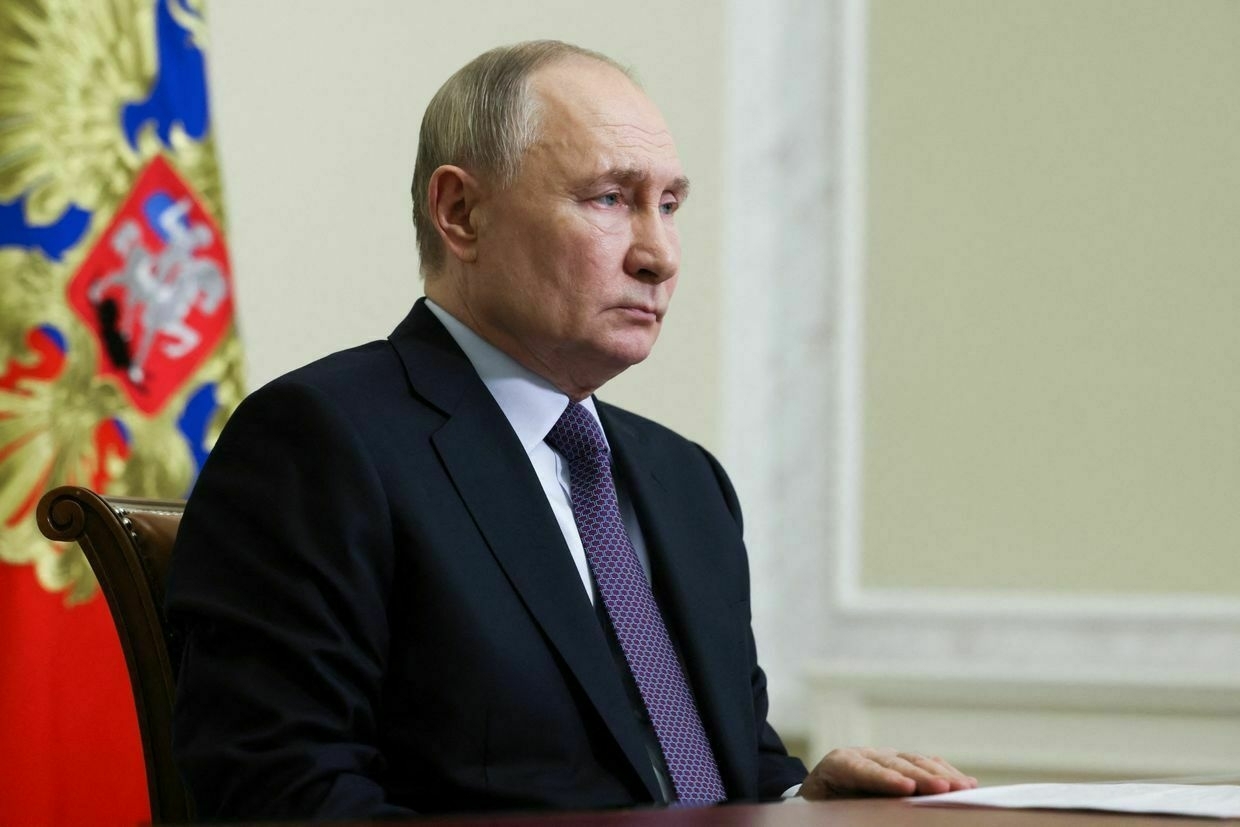
-
Russian negotiator Dmitriev confirms talks in Washington between April 2-3
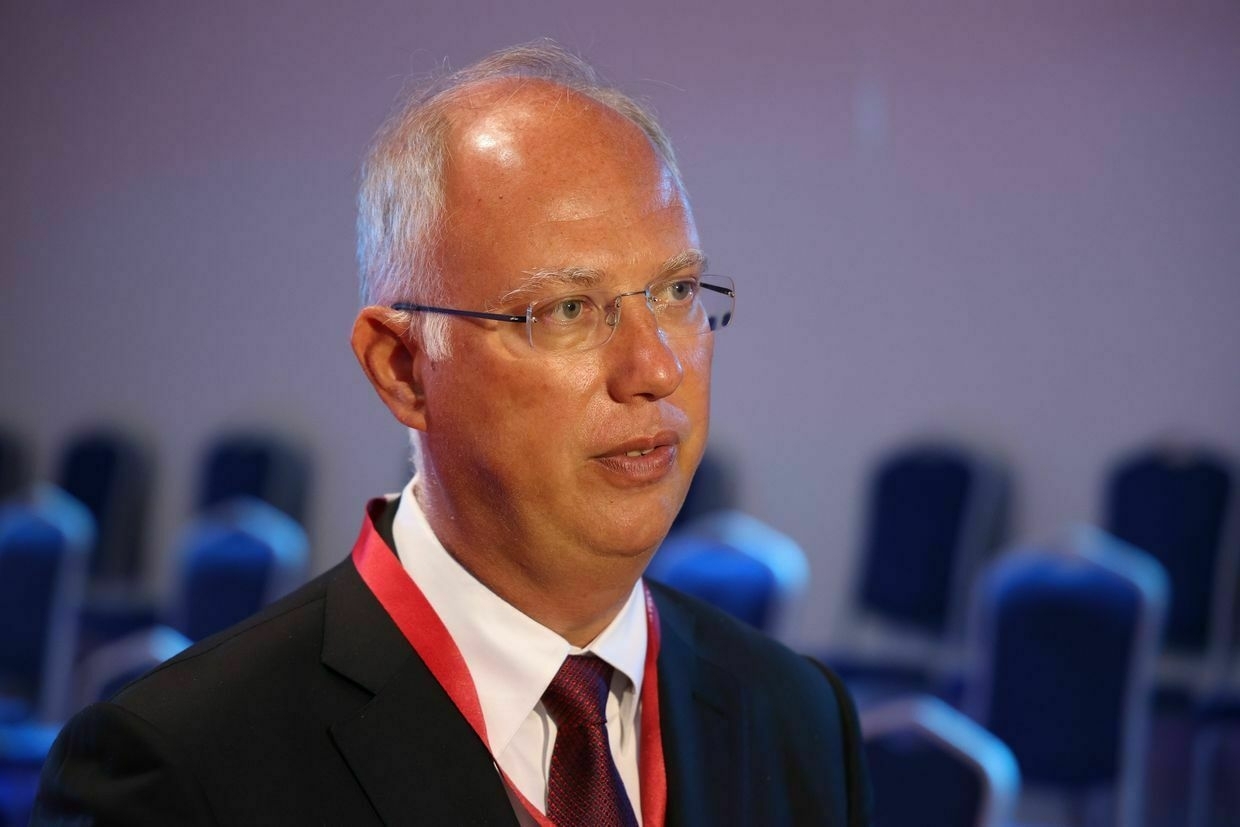
Russian negotiator Kirill Dmitriev confirmed that he had arrived in Washington to meet with U.S. officials on behalf of Russian President Vladimir Putin between April 2 and 3.
Dmitriev, who heads the state-controlled Russian Direct Investment Fund, played a role in backchannel diplomacy between Moscow and U.S. President Donald Trump when he was first elected in 2016.
The official was then appointed by Putin as his representative for foreign economic relations and was involved in early U.S.-Russian negotiations in Riyadh in February.
Dmitriev met with Steve Witkoff, U.S. President Donald Trump’s special envoy to the Middle East, at the White House on April 2, Reuters reported. The content of their discussions remains unclear.
“The dialog between Russia and the United States — crucial for the entire world — has been completely destroyed under the Biden administration,” Dmitriev wrote on his Telegram channel.
“Restoring dialog is a difficult and gradual process. But every meeting, every frank conversation allows us to move forward,” he added.
Dmitriev’s visit comes as Trump has threatened to impose secondary oil tariffs on Russia as he grows frustrated with the stalled ceasefire talks.
The U.S. president announced a 10% baseline tariff on nearly all imports into the country on April 2. Russia and Belarus were not included on the list as the White House says that any “meaningful trade” with these countries is non-existent due to existing sanctions.
“Opponents of the rapprochement fear that Russia and the United States will find common ground, begin to understand each other better, and build cooperation — both in international affairs and in the economy,” Dmitriev said.
‘It’s a trap’ — Trump’s US minerals deal threatens Ukraine’s EU membershipThe ongoing saga of the U.S.-Ukraine natural resources deal has already caused seismic ruptures between Kyiv and Washington, temporarily costing Ukraine American military support and crucial intelligence sharing. Yet in the quest to placate U.S. President Donald Trump, and secure his support in the…The Kyiv IndependentDominic Culverwell
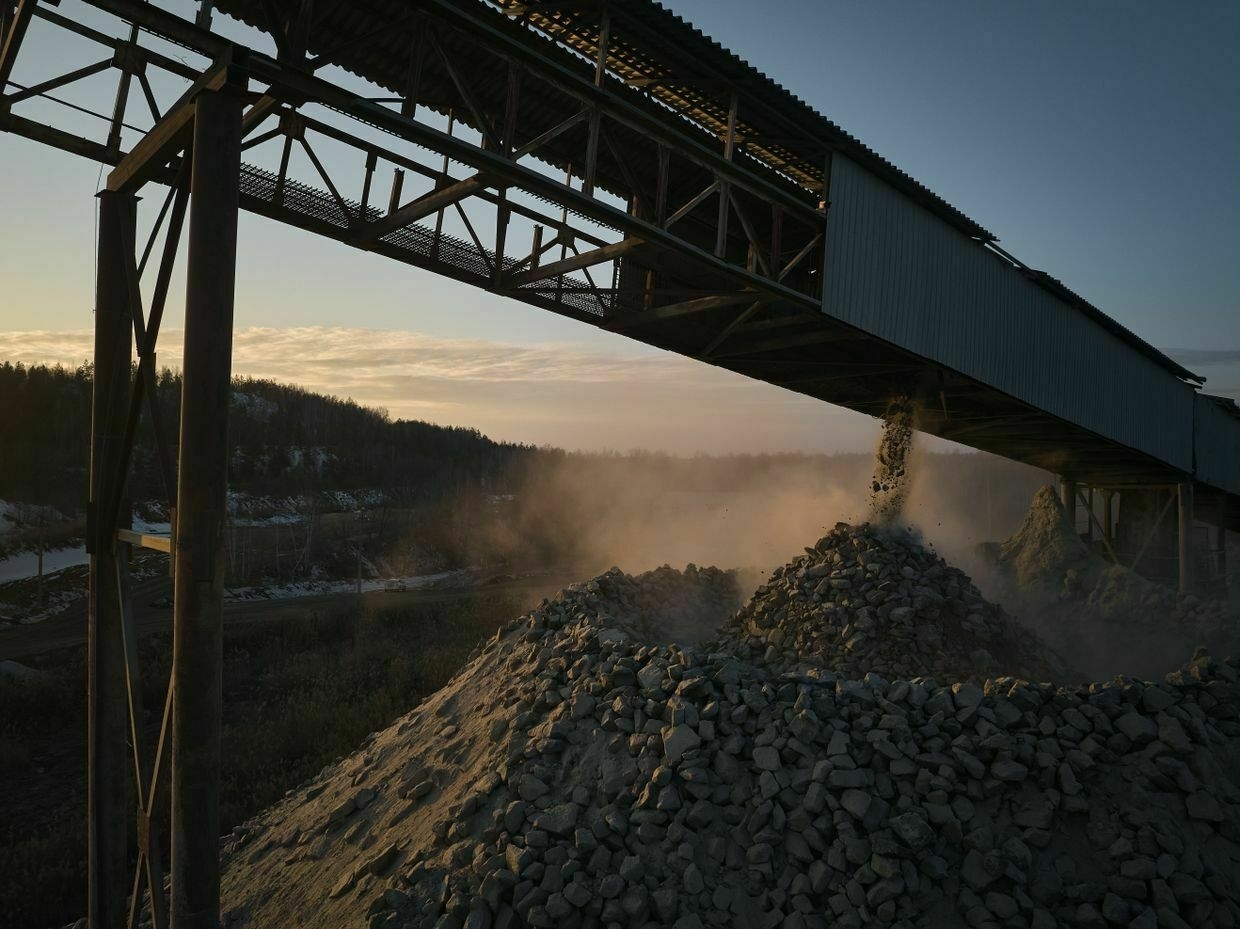
-
'Difficult, but not critical' — Ukraine's economy minister reacts to Trump's tariffs
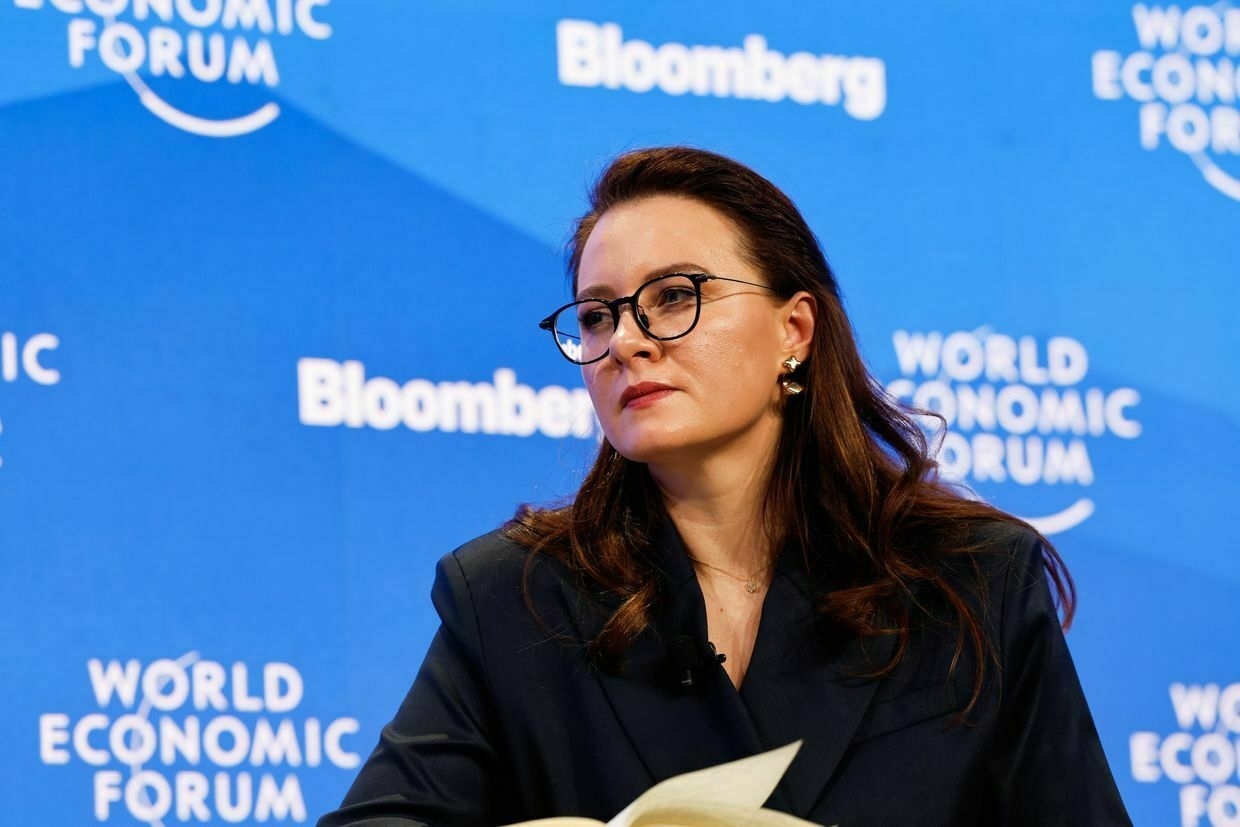
The Trump administration’s latest tariffs are likely to be “difficult, but not critical” for Ukraine’s economy, Economy Minister Yuliia Svyrydenko said on April 3, voicing hope for hammering out more favorable conditions with the U.S.
U.S. President Donald Trump unveiled a sweeping list of “reciprocial tariffs” on April 2, imposing a baseline 10% duty on all countries — including Ukraine — with even higher rates for major trade partners like the EU.
Ukraine’s exports to the U.S. in 2024 amounted to $874 million, including $363 million in cast iron and $112 million in pipes, Svyrydenko said on Facebook. The same year, Ukraine imported $3.4 billion worth of U.S. goods.
Ukrainian producers sell over 600 different categories of goods to the U.S, according to the minister.
“Our tariffs on American goods are quite low — the rate on cars is 10%, on coal and oil — 0%,” Svyrydenko said.
“Therefore, we now have a chance to agree on other conditions. The American statement clearly indicates such a possibility,” she added, stressing that the measures will be felt most strongly by small producers.
Last month, the Trump administration imposed 25% tariffs on all steel and aluminum products imported into the U.S., though these commodities and other metals were exempt from reciprocal tariffs.
Steel production is a key sector of Ukraine’s economy, the second-largest source of foreign currency after agriculture.
Some 60 countries or trading blocs were hit with additional duties higher than the 10% baseline, including the EU (20%), China (34%), and Taiwan (32%).
Russia, Belarus, and a handful of other countries were exempt from the list, with the White House arguing that the existing sanctions imposed on these nations already “preclude any meaningful trade."
Trump ignites trade war against all, slaps 20% tariff on EU, 10% on UkraineThe European Union is set to receive a 20% tariff, while goods from China will be hit with an additional 34%. Ukraine is also included on the list, subject to a 10% tariff.The Kyiv IndependentOlena Goncharova
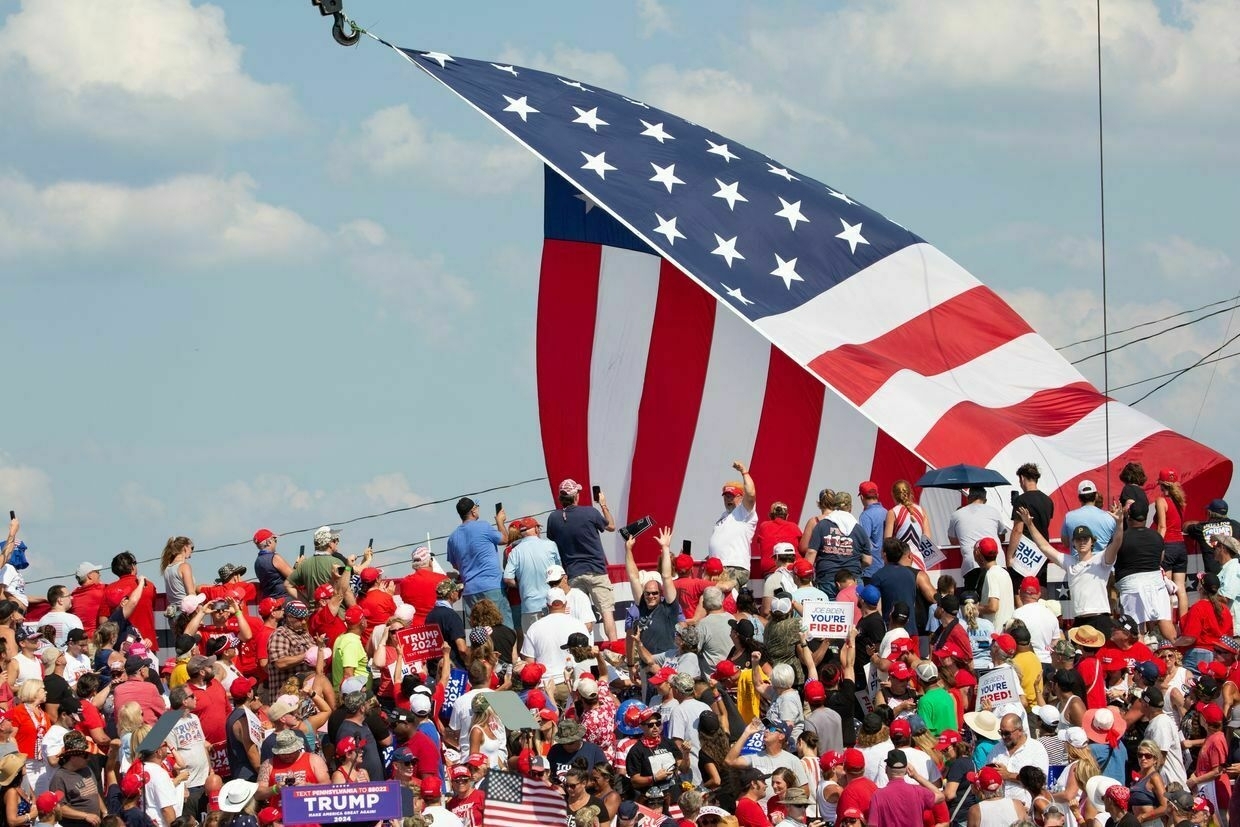
-
Ukrainian delegation may visit US in coming days to discuss minerals deal, treasury secretary says
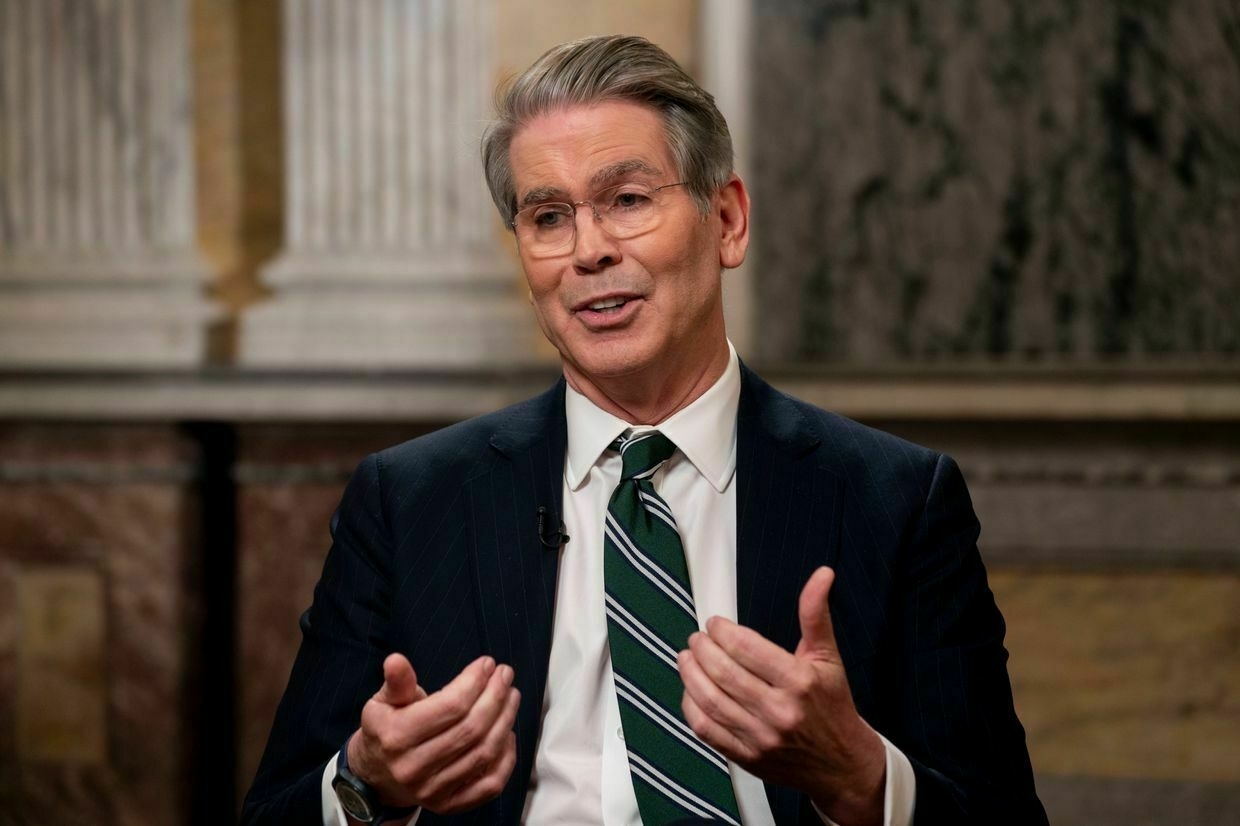
A delegation from Ukraine will arrive in the U.S. at the end of this week or early next week to discuss the minerals agreement, U.S. Treasury Secretary Scott Bessent told Bloomberg on April 2.
The news comes after Washington and Kyiv reportedly discussed the draft on the expanded minerals agreement proposed by the U.S. at the end of March.
Bessent said Ukraine has hired counsel and that the deal is “ready on our side."
“We believe this deal so important for the American people, for the Ukrainian people, and for the peace process,” Bessent said.
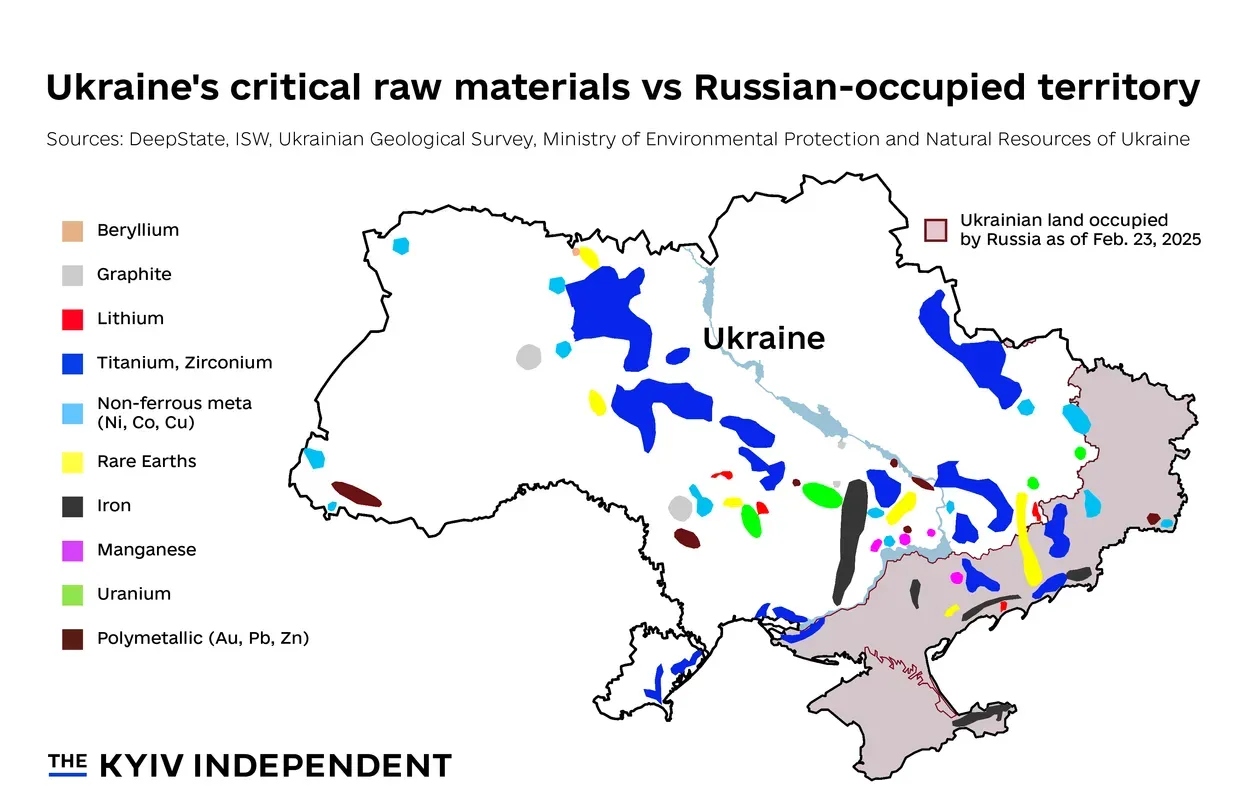
A map showing the location of critical raw materials in Ukraine. (The Kyiv Independent) The latest version of the deal reportedly grants the U.S. unprecedented control over Ukraine’s natural resources through a joint investment.
The Trump administration has touted the minerals deal as an essential part of Ukraine’s path to peace but has failed to offer concrete security guarantees in exchange for broad access to resources.
Ukrainian media also reported that the agreement could contradict Ukraine’s efforts to join the EU due to severe restrictions on the country’s economic sovereignty. President Volodymyr Zelensky said he would not sign a deal endangering Ukraine’s EU accession.
Kyiv and Washington were set to sign a framework version of the agreement on Feb. 28, but the plan fell apart after a heated Oval Office dispute between Zelensky, U.S. President Donald Trump, and Vice President JD Vance.
‘It’s a trap’ — Trump’s US minerals deal threatens Ukraine’s EU membershipThe ongoing saga of the U.S.-Ukraine natural resources deal has already caused seismic ruptures between Kyiv and Washington, temporarily costing Ukraine American military support and crucial intelligence sharing. Yet in the quest to placate U.S. President Donald Trump, and secure his support in the…The Kyiv IndependentDominic Culverwell
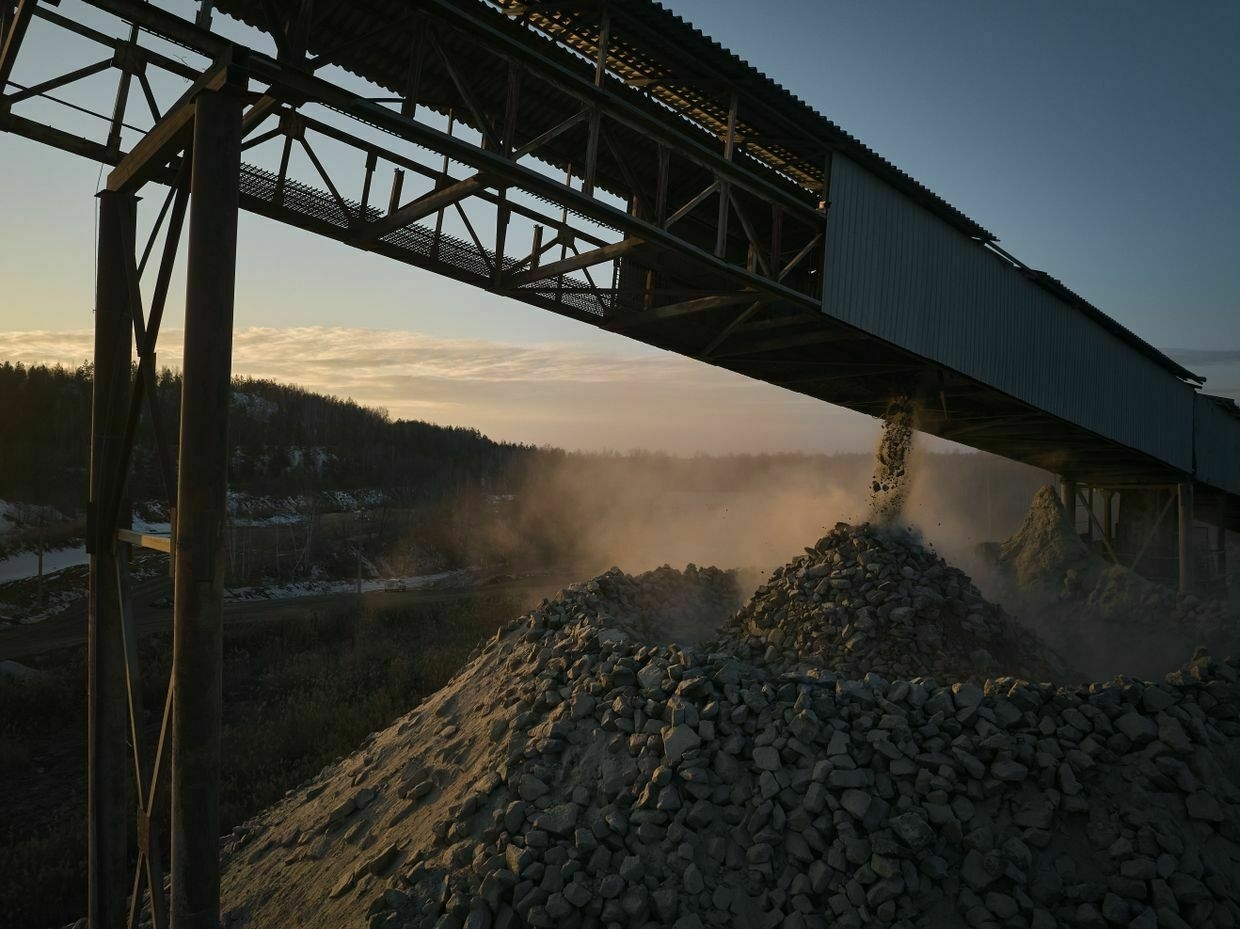
-
US defense secretary to skip Ramstein summit for the first time, media reports
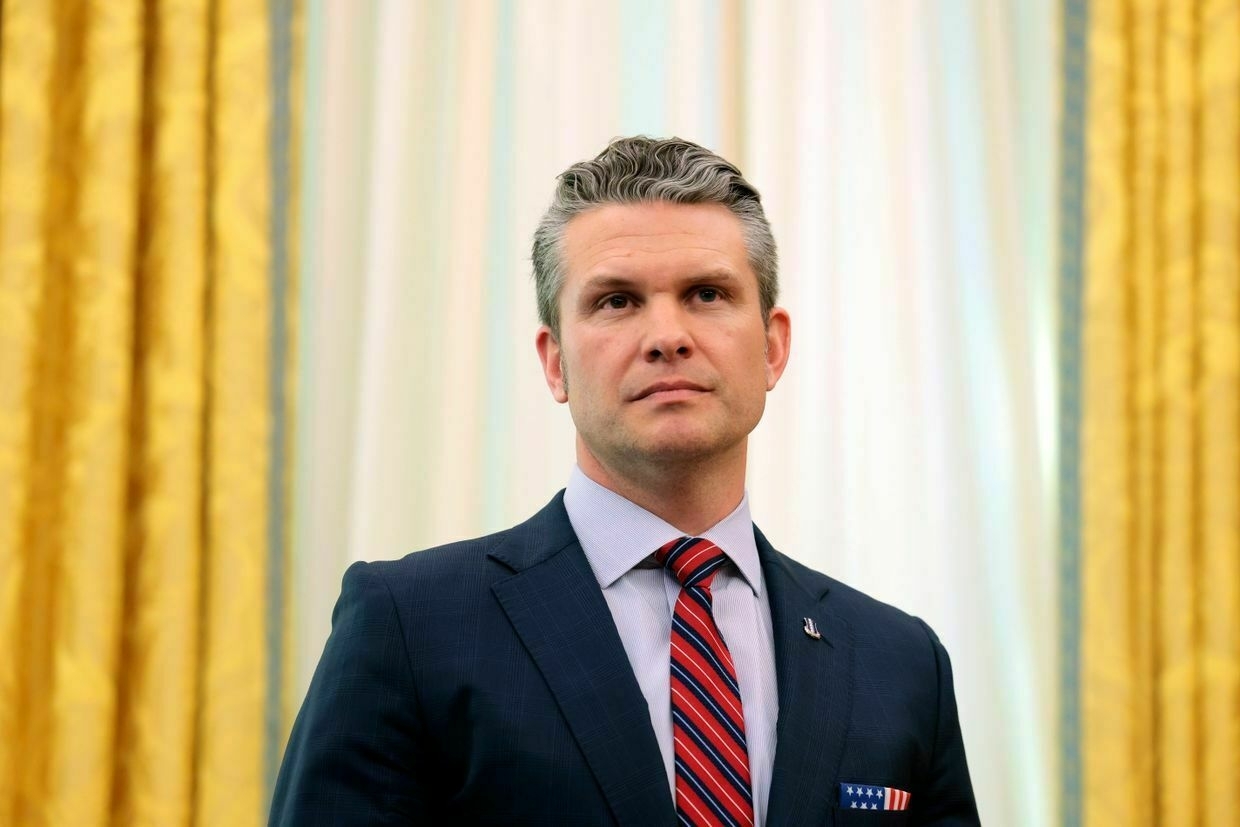
U.S. Defense Secretary Peter Hegseth will not take part in the Ramstein-format meeting of Ukraine’s partners next week, Defense News magazine reported on April 2, citing undisclosed official sources.
This would make the April 11 summit in Brussels, co-chaired by the U.K. and Germany, the first instance when the Pentagon’s chief will be absent since the format’s founding in 2022.
Hegseth’s predecessor, former Defense Secretary Lloyd Austin, launched the Ukraine Defense Contact Group (UDCG) after the outbreak of Russia’s full-scale war to coordinate assistance among some 50 of Kyiv’s allies.
A U.S. official source told Defense News that Hegseth is not expected to join even virtually and that the Pentagon is unlikely to send any senior representatives to the summit.
Since taking office in January, U.S. President Donald Trump has begun scaling down U.S. presence in various international pro-Ukraine initiatives as he seeks to broker a ceasefire and a peace deal between Kyiv and Moscow.
Hegseth attended the previous Ramstein summit on Feb. 12 but not as its chairman, a position held by Austin until then. His British counterpart, John Healey, presided over the summit instead.
At the previous Ramstein summit, Hegseth delivered a jarring speech to Ukraine’s partners, calling the country’s return to pre-2014 borders and accession to NATO “unrealistic” in a major turn from the Biden administration’s rhetoric.
The comments signified the foreign policy pivot brought about by the Trump administration, which has yet to approve a single additional package of military aid to Ukraine.
Thus far, Trump has only allowed the continued flow of assistance approved by his predecessor, briefly pausing it last month to pressure Ukraine to the negotiating table.
The new U.S. leadership has also repeatedly urged Europe to boost its defense spending and increase the share of its assistance to Ukraine.
‘We’re talking naval, air and land’ – Lithuanian foreign minister on the ‘Coalition of the Willing’Since U.S. President Donald Trump returned to office in January and launched a new effort to reach peace between Russia and Ukraine, turning American foreign policy upside down, Europe has been hit with a clear message: the age of the U.S. as a guarantor of European security isThe Kyiv IndependentFrancis Farrell
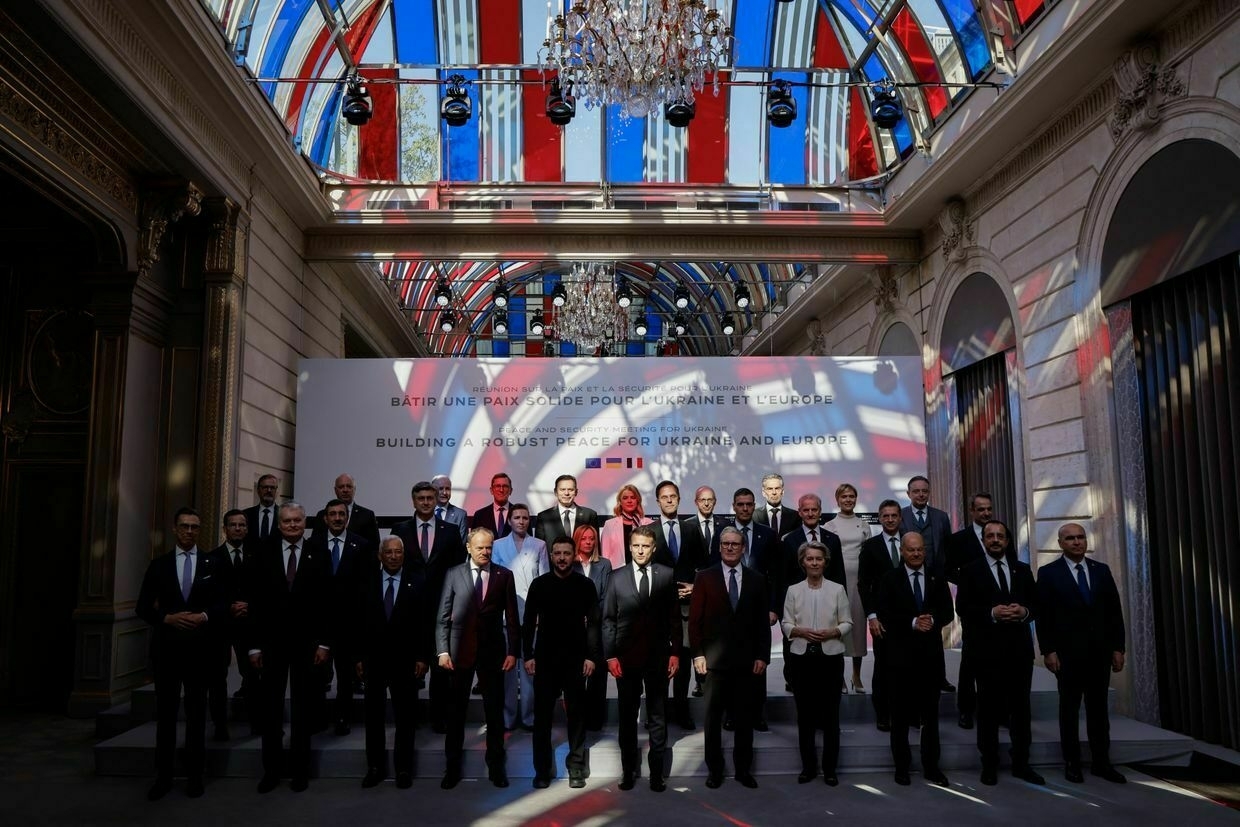
-
Russia, Belarus excluded from Trump's sweeping tariffs due to existing sanctions, White House says
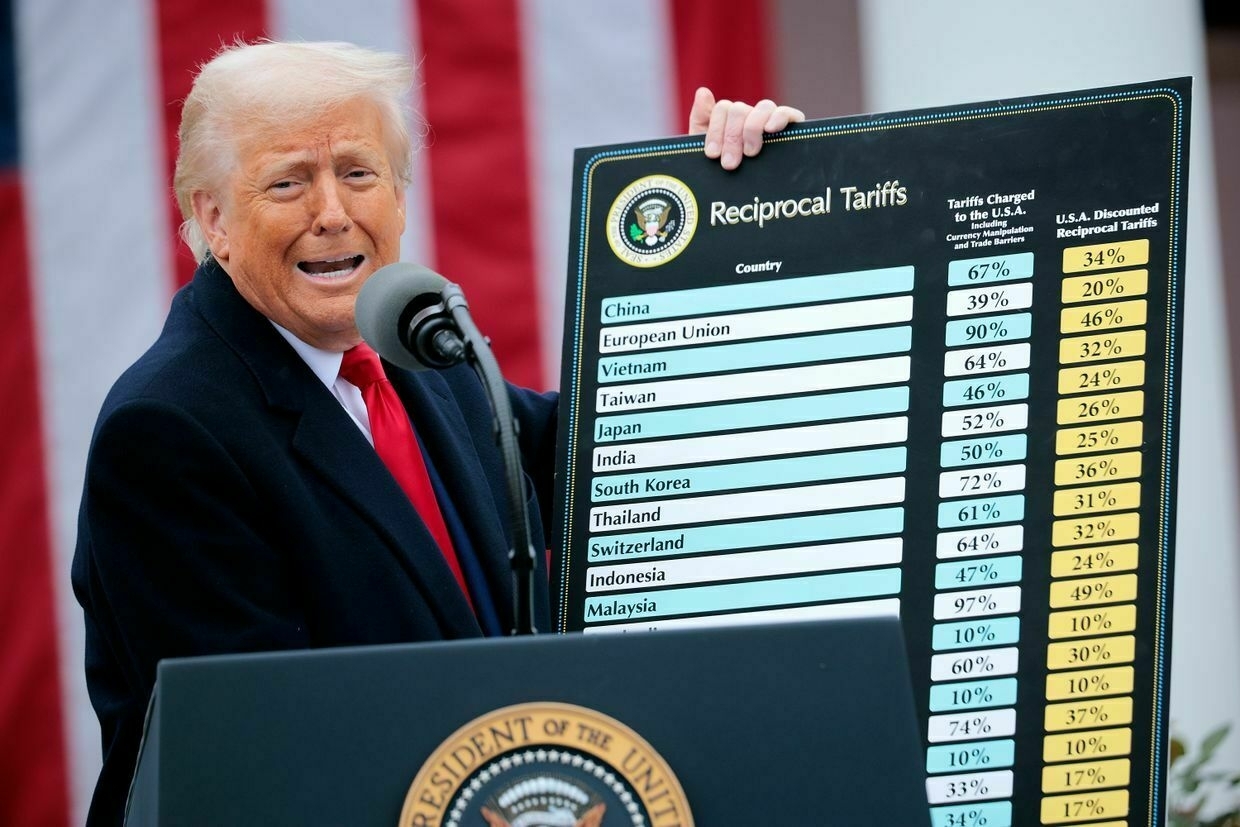
The U.S. did not include Russia on its “Liberation Day” tariff list as the existing sanctions “preclude any meaningful trade,” Axios reported on April 3, citing White House spokesperson Karoline Leavitt.
U.S. President Donald Trump unveiled a sweeping list of “reciprocial tariffs” on April 2, imposing a baseline 10% duty on all countries — including Ukraine — with even higher rates for major trade partners like the EU.
Russia and Belarus were not included on the list, according to the White House charts.
Talking to Axios, Leavitt said that Russia and Belarus were left off the list because of the already imposed economic sanctions. The news outlet nevertheless noted that even countries with a smaller traded volume with the U.S., such as Mauritius and Brunei, were included.
The spokesperson added that other heavily sanctioned countries, such as Cuba and North Korea, were also left out of the list.
The U.S. and other nations imposed heavy sanctions against Moscow after the start of its full-scale invasion of Ukraine in 2022. U.S.-Russia trade flows went from $36 billion in 2021 to about $3.5 billion in 2024.
Trump previously hinted at the possibility of easing some of the sanctions imposed on Russia as part of an effort to broker a ceasefire and a peace deal in Ukraine.
At the same time, the U.S. president threatened Moscow with secondary tariffs on Russian oil exports as he grows frustrated with stalled negotiations.
The new tariffs were described by the media as a “historic global trade war,” with the Trump administration presenting it as a step toward restoring economic sovereignty and security.
Some 60 countries or trading blocs were hit with additional duties higher than the 10% baseline, including the EU (20%), China (34%), and Taiwan (32%). Canada and Mexico were among those excluded due to the already existing 25% tariff.
The list includes some surprising additions, such as Heard and McDonald Islands, Australia’s uninhabited external territory about 1,500 kilometers (900 miles) north of Antarctica.
“My advice to every country right now is do not retaliate. Sit back, take it in, let’s see how it goes,” U.S. Treasury Secretary Scott Bessent said on Fox News’s Special Report program.
“If you don’t retaliate, this is the high-water mark."
The EU and China have already pledged a response to Trump’s tariffs.
‘It’s a trap’ — Trump’s US minerals deal threatens Ukraine’s EU membershipThe ongoing saga of the U.S.-Ukraine natural resources deal has already caused seismic ruptures between Kyiv and Washington, temporarily costing Ukraine American military support and crucial intelligence sharing. Yet in the quest to placate U.S. President Donald Trump, and secure his support in the…The Kyiv IndependentDominic Culverwell
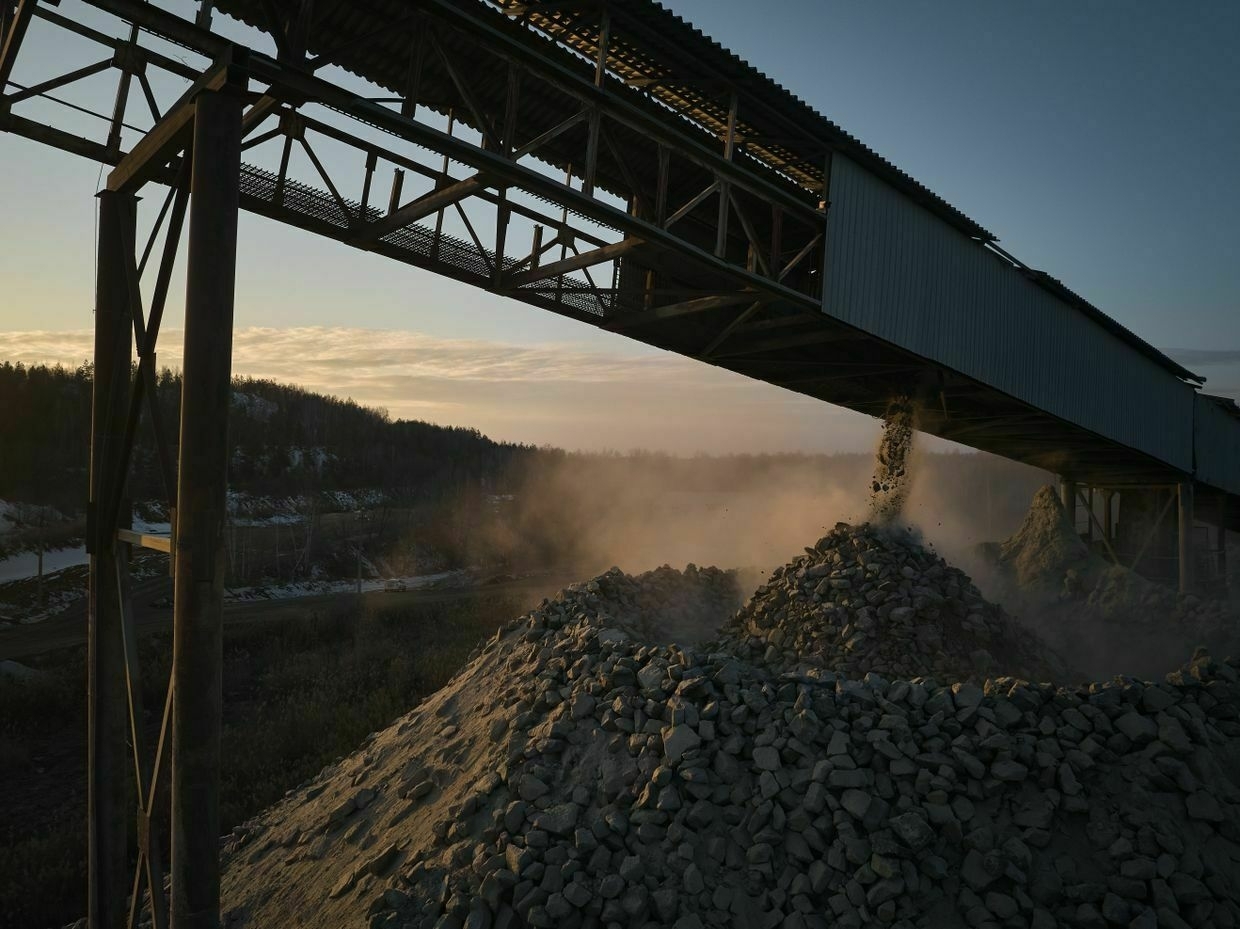
-
UK proposes plan to establish joint European fund for rearmament, FT reports
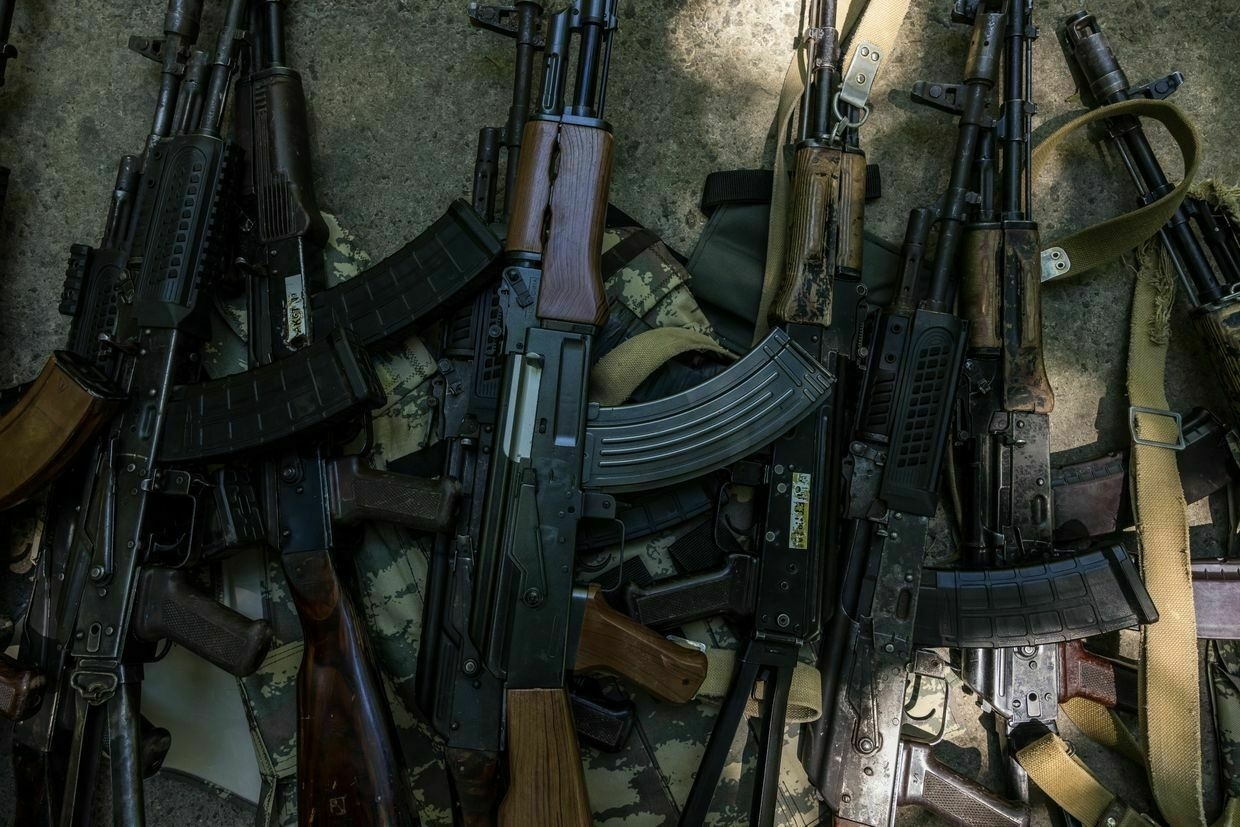
The U.K. has begun floating plans to European allies to establish a joint European military fund for the purchase of military equipment and weaponry as a means to rearm Europe, the Financial Times (FT) reported on April 2.
The “non-paper” proposal, which was crafted by U.K. Treasury officials and seen by FT, began circulating among European allies last week with plans to “stockpile” weaponry, as European officials fear Russia may become emboldened to attack another European country by the end of the decade.
European officials have warned that Europe faces critical arms shortages needed for the defense of the continent, as Russia continues to ramp up its arm production. Russia’s military expenditure last year surpassed Europe’s spending with Russia dishing out $462 billion, approximately $5 billion more than that of Europe.
A newly established supranational institution would be intended to serve a “coalition of the willing” that could purchase weapons at favourable rates.
“A number of models of supranational institution may support increasing fiscal capacity for defence spending,” the paper read, according to FT. “The institution would be designed to be classified to the rest of the world sector in the national accounts and the equipment purchased by the institution would be recorded on its own balance sheet and not the contributing countries."
The proposal notes countries could more effectively purchase a long list of equipment and weaponry, including spare parts for tanks and aircraft, artillery shells, air defence missiles, explosives, and logistics aircraft.
The size of the fund was not specified in the proposal.
The draft proposal notes that it does not represent official policy of Prime Minister Keir Starmer’s government, and a government spokesperson told FT that it did not comment on “leaks."
The U.K. and France have taken a lead in presenting a united European front on military support for Ukraine, proposing a “coalition of the willing” to send peacekeepers to Ukraine, if a ceasefire is reached.
Russian negotiator meets with Trump envoy in Washington, media reportKirill Dmitriev, head of Russia’s sovereign wealth fund, who played a role in backchannel diplomacy between Moscow and the Trump administration in 2016, is met Steve Witkoff, President Donald Trump’s envoy, according to Reuters.The Kyiv IndependentTim Zadorozhnyy
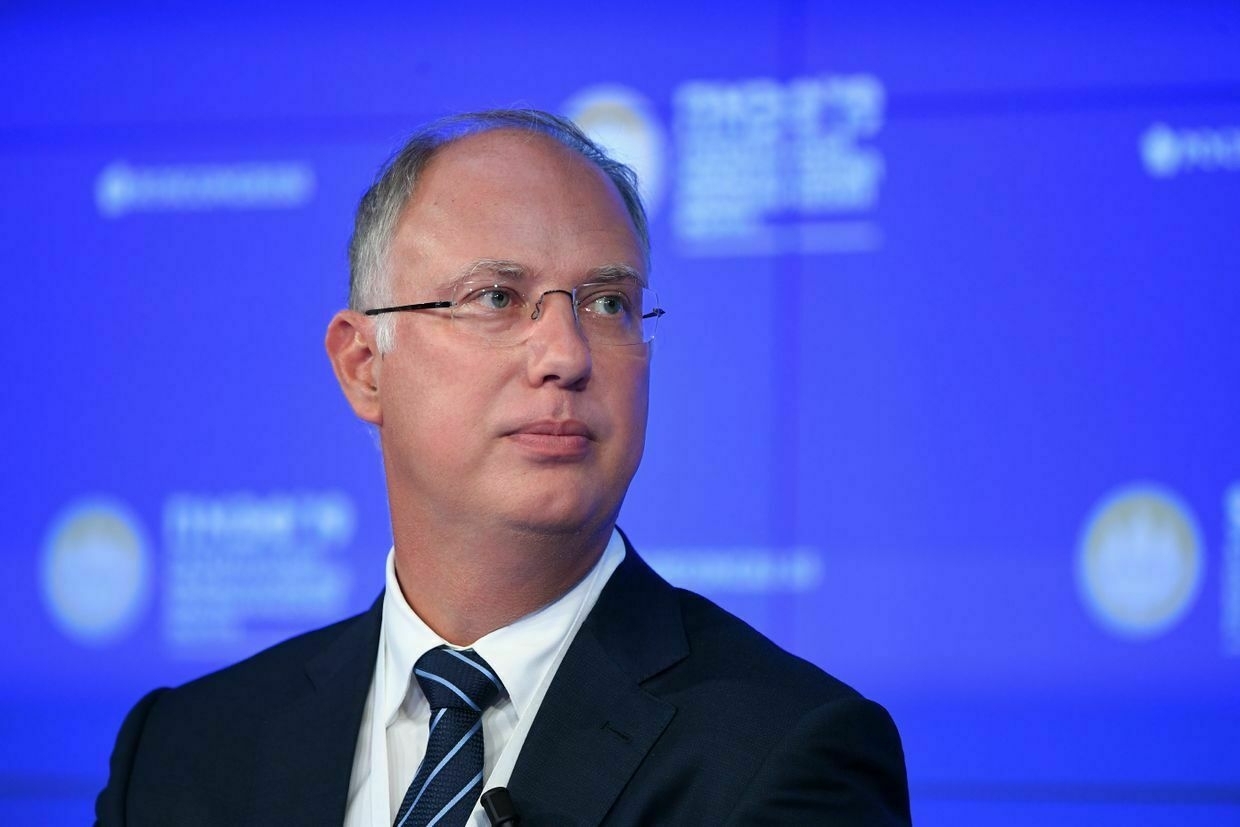
-
Ukraine to receive $432 million from World Bank towards transport infrastructure restoration
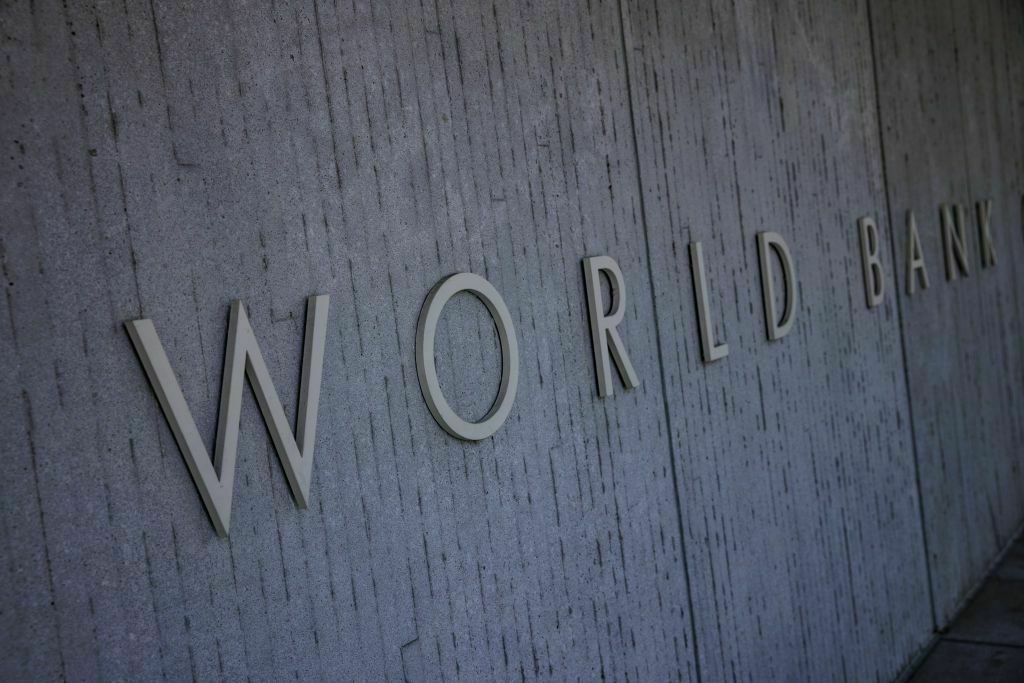
Kyiv will received $432 million in funding to assist with the restoration of transport infrastructure damaged during the war, Prime Minister Denys Shmyhal announced on April 2.
The funding agreement, signed between Ukraine’s Development Ministry and the World Bank will be supplied through the newly-minder Developing Resilient Infrastructure in Vulnerable Environments in Ukraine (DRIVE) project, according to a news release from the Development Ministry.
The DRIVE project will provide funding for the “extensive repairs of roads and bridges in 19 regions, reform of national roads, installation of modular bridges and technical assistance,” Shmyhal said on X.
“We are grateful to the World Bank and international partners for supporting important initiatives,” Shymhal added.
A total of $270 million will be directed towards road and bridge repairs, with an additional $90 million being directed towards road and transport sector rebuilding.
Ukraine’s recovery and reconstruction costs stemming from Russia’s full-scale invasion are estimated to be $486 billion, according to the World Bank’s assessment published on Feb. 15.
The DRIVE project, funded in part by the World Bank’s International Bank for Reconstruction and Development as well as by the government of Japan, expects for work to be completed between 2025 and 2028.
Trump ignites trade war against all, slaps 20% tariff on EU, 10% on UkraineThe European Union is set to receive a 20% tariff, while goods from China will be hit with an additional 34%. Ukraine is also included on the list, subject to a 10% tariff.The Kyiv IndependentOlena Goncharova
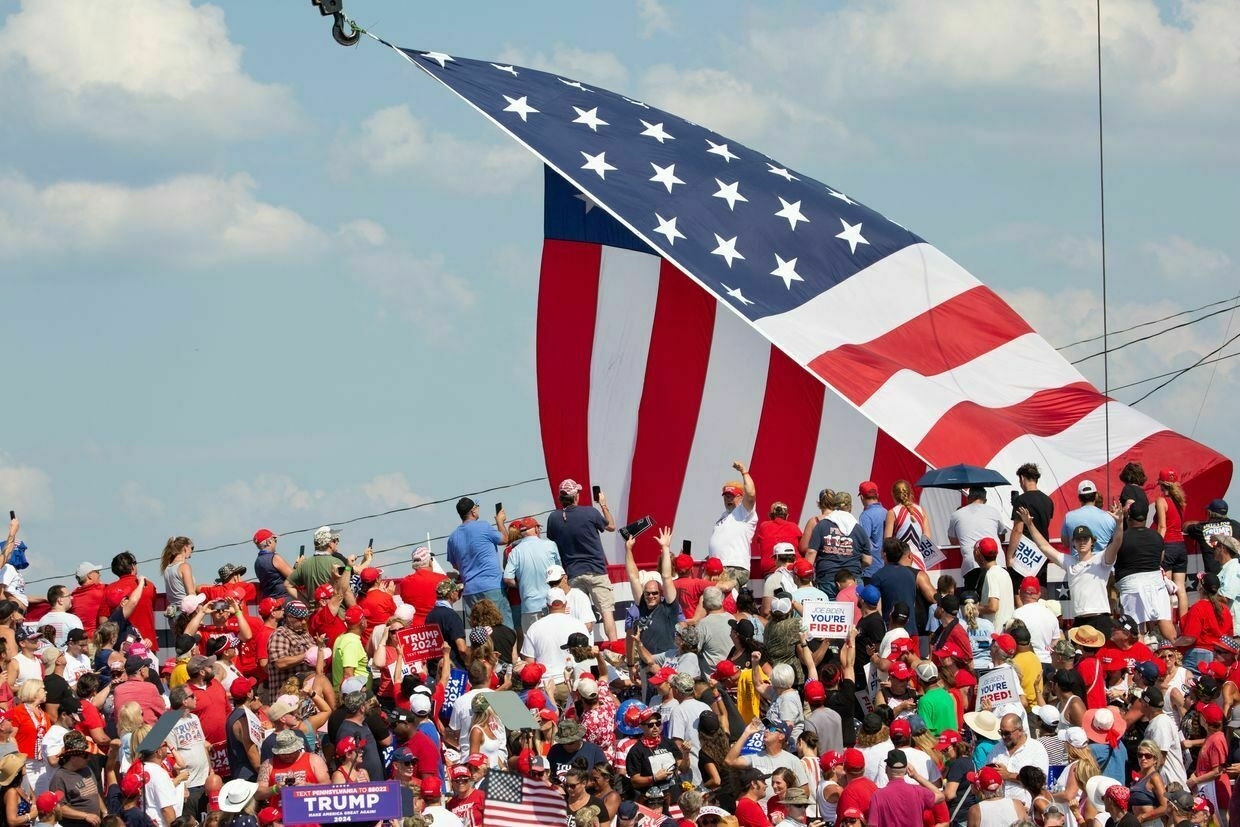
-
Trump's Ukraine envoy believes Russia and Ukraine nearing ceasefire
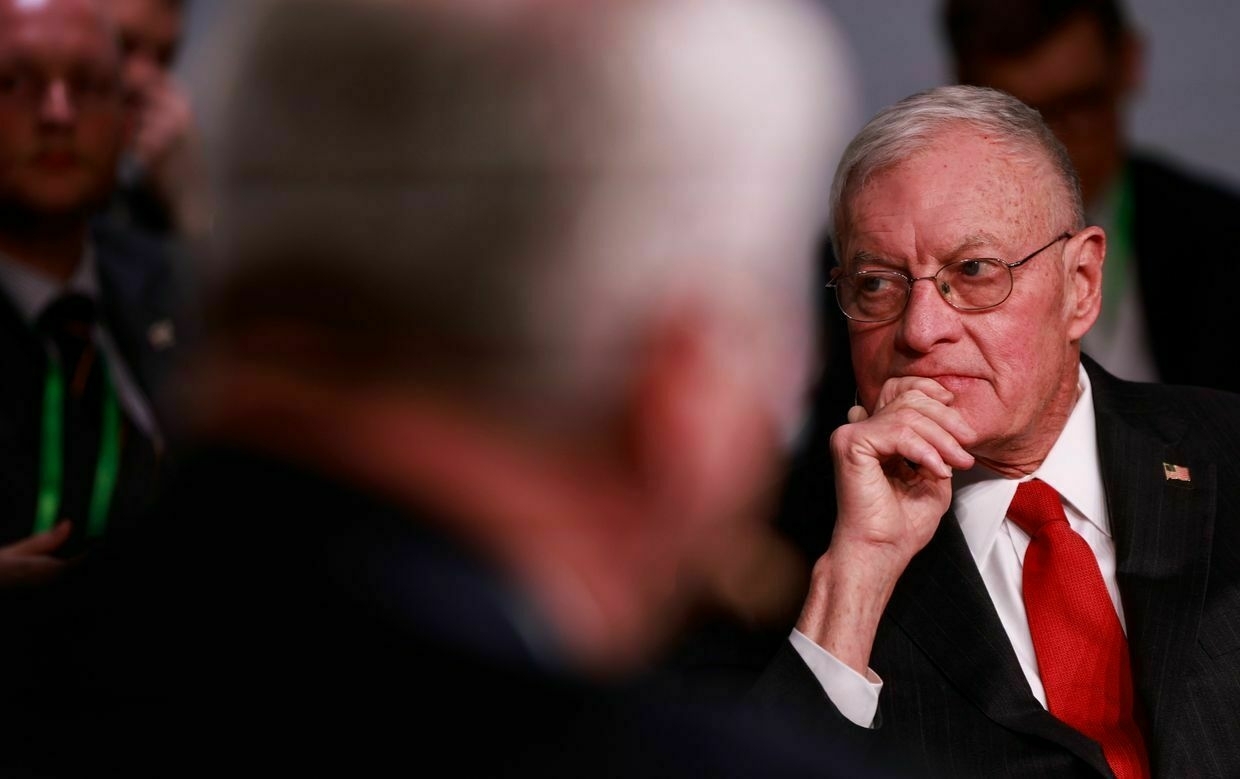
U.S. President Donald Trump’s special envoy for Ukraine, Keith Kellogg, told Fox News on April 2 that the United States aims to secure a full ceasefire in the ongoing war.
The countries are already approaching a ceasefire point, according to Kellogg, however, both sides will need to make compromises to reach an agreement.
Kellogg added that “neither side is going to get everything they want.” In the meantime, Trump remains in contact with both President Volodymyr Zelensky and Russian President Vladimir Putin, and he will be able to broker an agreement between the two countries.
“Trump is frustrated with both Zelensky and Putin as well, but we’re going to get there, and I think what we need to do is stay focused and stay on point (in order) to get where we want to go with ceasefire. Because what we want to have is a comprehensive 30-day ceasefire. Once you get there, it will be very hard to restart the war again,” Kellogg said.
The U.S. and Ukraine reached an agreement on a full ceasefire on March 11, but Russia declined, agreeing only to a partial truce that excluded strikes on energy infrastructure and military activity in the Black Sea.
Since then, Kyiv has accused Moscow of breaching the energy-related pause, while the status of the Black Sea ceasefire remains unclear, as Russia continues to tie its extension to the easing of Western sanctions.
Although Trump has often highlighted his rapport with Vladimir Putin, he struck a more critical tone on March 30, accusing Russia of dragging out ceasefire negotiations and focusing excessively on undermining Zelensky.
The U.S. has also expanded its sanctions on Russian companies on April 2 while simultaneously removing restrictions on the wife of Boris Rotenberg, a close associate of Russian President Vladimir Putin, according to the Office of Foreign Assets Control.
As Russian troops retake settlements in Kursk Oblast, Ukraine launches attack on adjacent Russian regionIn late March, Ukrainian troops launched a raid into Russia’s Belgorod Oblast. The small-scale incursion into yet another Russian region may be Ukraine’s attempt to alleviate the pressure from the country’s troops still fighting in the adjacent Kursk Oblast, military experts say. Following Russia’…The Kyiv IndependentAsami Terajima
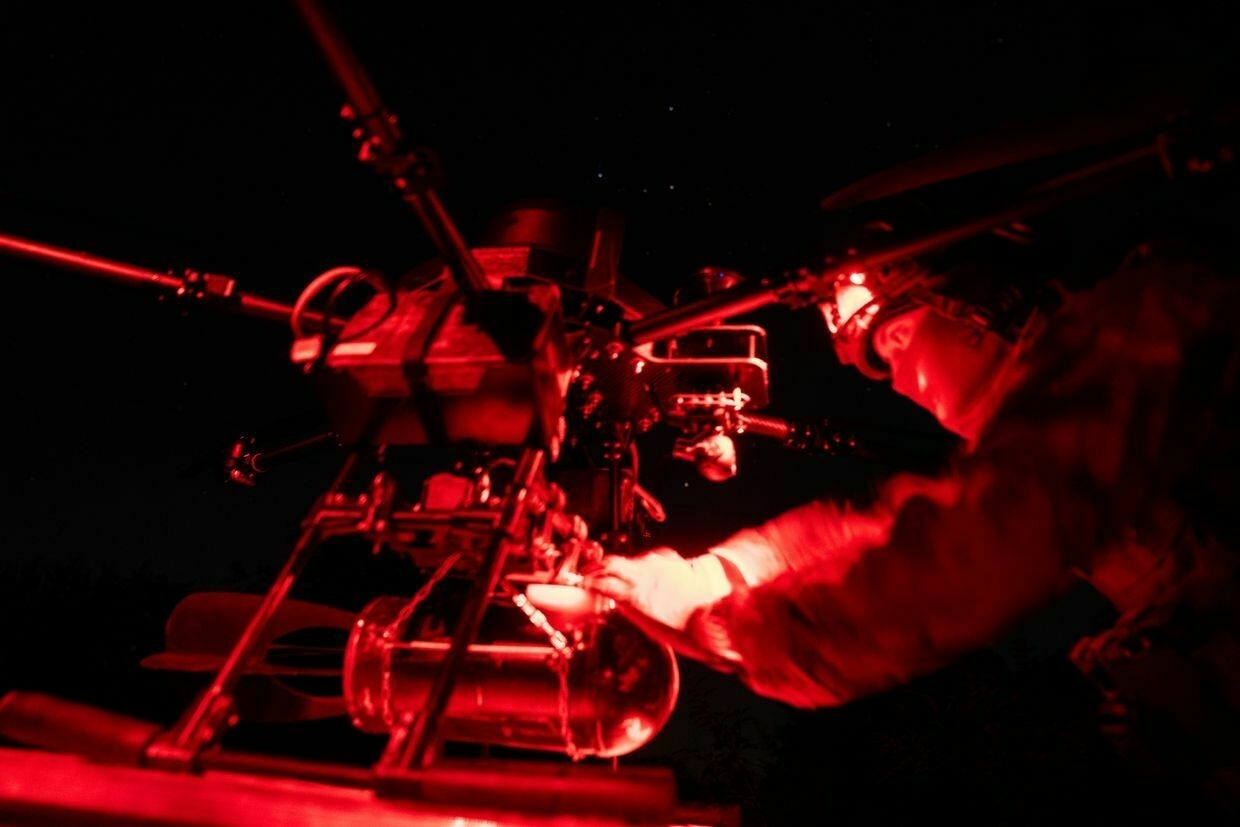
-
🇺🇸 Trump’s Ceasefire Rejected & 500% Tariffs on Russia? | Jason Kirkpatrick Interview
-
Trump ignites trade war against all, slaps 20% tariff on EU, 10% on Ukraine
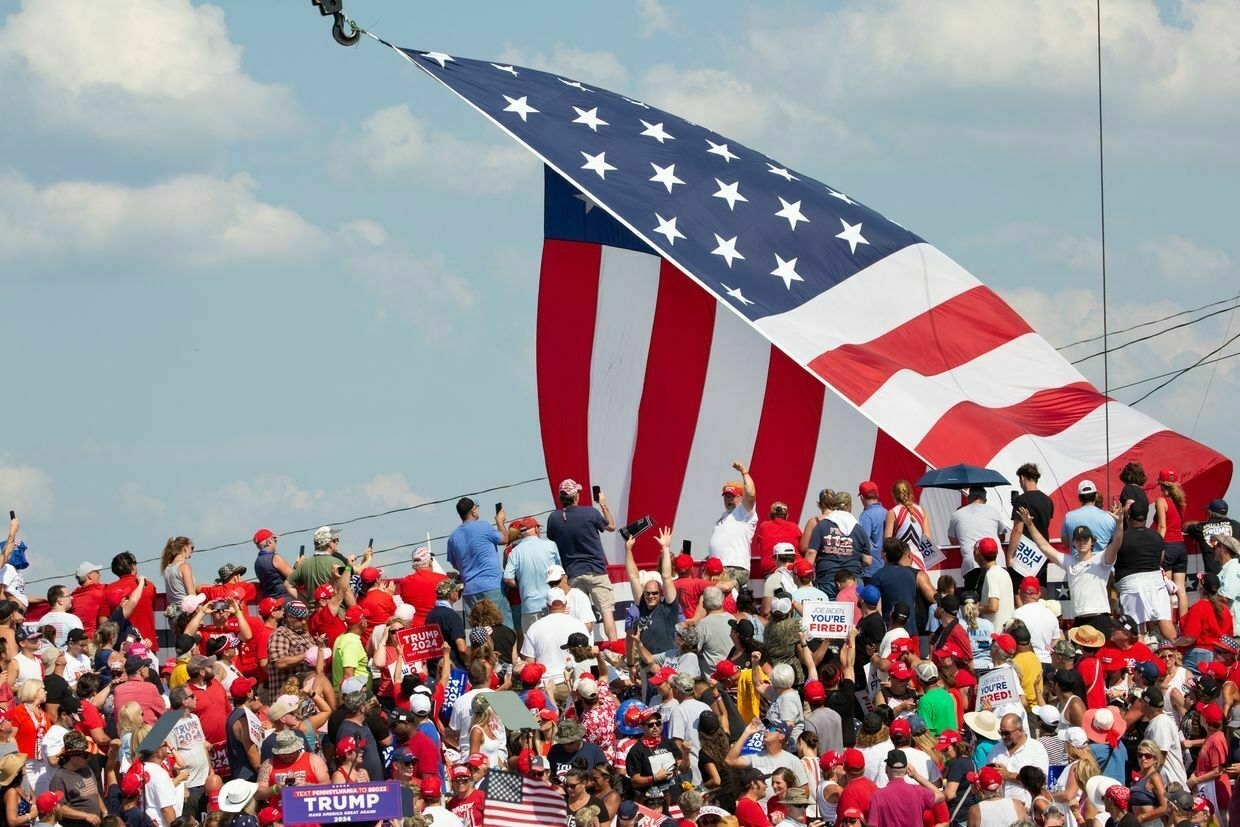
U.S. President Donald Trump on April 2 announced a 10% baseline tariff on all imports into the country, along with higher rates for dozens of countries that maintain trade surpluses with the United States.
He claimed the measure would ultimately strengthen the U.S. economy and lower prices for consumers, adding that it will serve as a hard reset for American industry.
Speaking at the “Make America Wealthy Again” event in the Rose Garden, Trump said the United States had been exploited for decades by both allies and adversaries, describing the nation as having been “looted, pillaged, raped, and plundered."
Cambodia faces the highest tariff at 49%, followed by Vietnam at 46%. The European Union is set to receive a 20% tariff, while goods from China will be hit with an additional 34%, and will now face a 54% tariff. Ukraine is also included on the list, subject to a 10% tariff.
Russia and Belarus are not included on the list, according to the charts from the White House.
This is likely because, since 2022, trade and economic relations between the United States and both countries have been governed by sanctions and special restrictions. As a result, tariff policy is no longer reciprocal but driven by sanctions.
— The White House (@WhiteHouse) April 2, 2025
The tariffs will take effect on April 5, according to the White House. “These tariffs will remain in effect until such a time as President Trump determines that the threat posed by the trade deficit and underlying nonreciprocal treatment is satisfied, resolved, or mitigated,” reads the announcement.
Some goods will be exempt from the reciprocal tariffs, including steel, aluminum, copper, pharmaceuticals, semiconductors, lumber, bullion, and certain energy and mineral resources not available in the United States.
Several Democrats have criticized Donald Trump’s “reciprocal tariffs,” arguing that the measures will negatively impact working-class Americans. Democratic Senator Dick Durbin of Illinois said that with the new tariffs “American families will see higher prices on groceries, cars, gas, and American jobs will suffer.”
“Instead of lowering the cost of living, President Trump is raising it,” Durbin wrote.
Democratic U.S. Rep. Bill Foster added that “Trump is forcing us into a needless trade war with no clear objective or strategy.”
Trump is forcing us into a needless trade war with no clear objective or strategy. History has proven time and again—including during Trump’s first Administration—that these tariffs will raise costs for American consumers and businesses. https://t.co/N9aZc052vq
— Congressman Bill Foster (@RepBillFoster) April 2, 2025From across the Atlantic, Polish Prime Minister Donald Tusk commented on the tariff decision, writing: “Friendship means partnership. Partnership means really and truly reciprocal tariffs. Adequate decisions are needed,” and included the EU and U.S. flag emojis.
While Italian Prime Minister Giorgia Meloni, who is considered an ally of Trump, said on April 2 that the tariffs introduced by his administration were “wrong” and would not serve the interests of the United States.
“We will do everything we can to work towards an agreement with the United States, with the aim of avoiding a trade war that would inevitably weaken the West in favor of other global players,” she wrote.
‘It’s a trap’ — Trump’s US minerals deal threatens Ukraine’s EU membershipThe ongoing saga of the U.S.-Ukraine natural resources deal has already caused seismic ruptures between Kyiv and Washington, temporarily costing Ukraine American military support and crucial intelligence sharing. Yet in the quest to placate U.S. President Donald Trump, and secure his support in the…The Kyiv IndependentDominic Culverwell
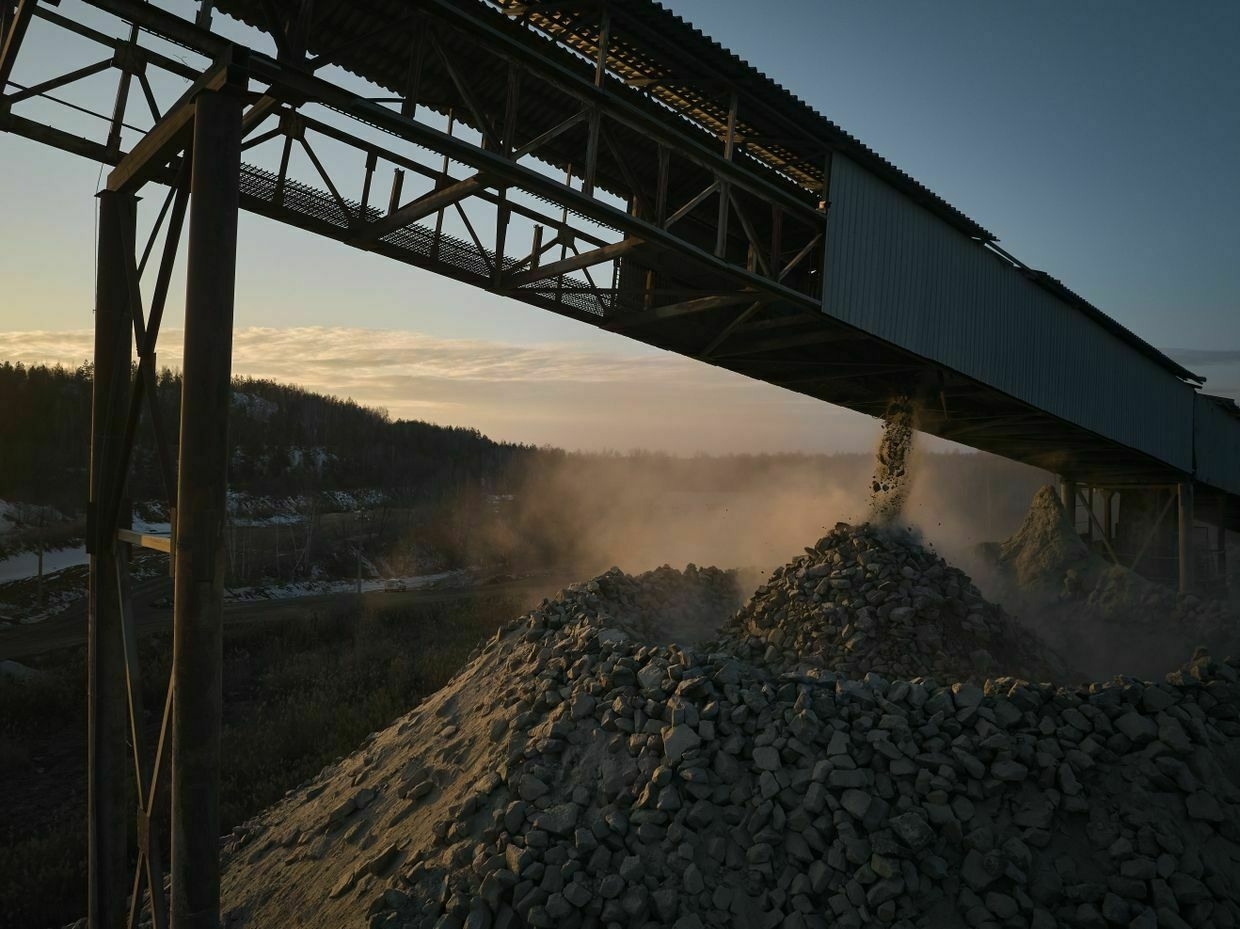
-
Russia's State Duma moves to expand state repression with new legislation
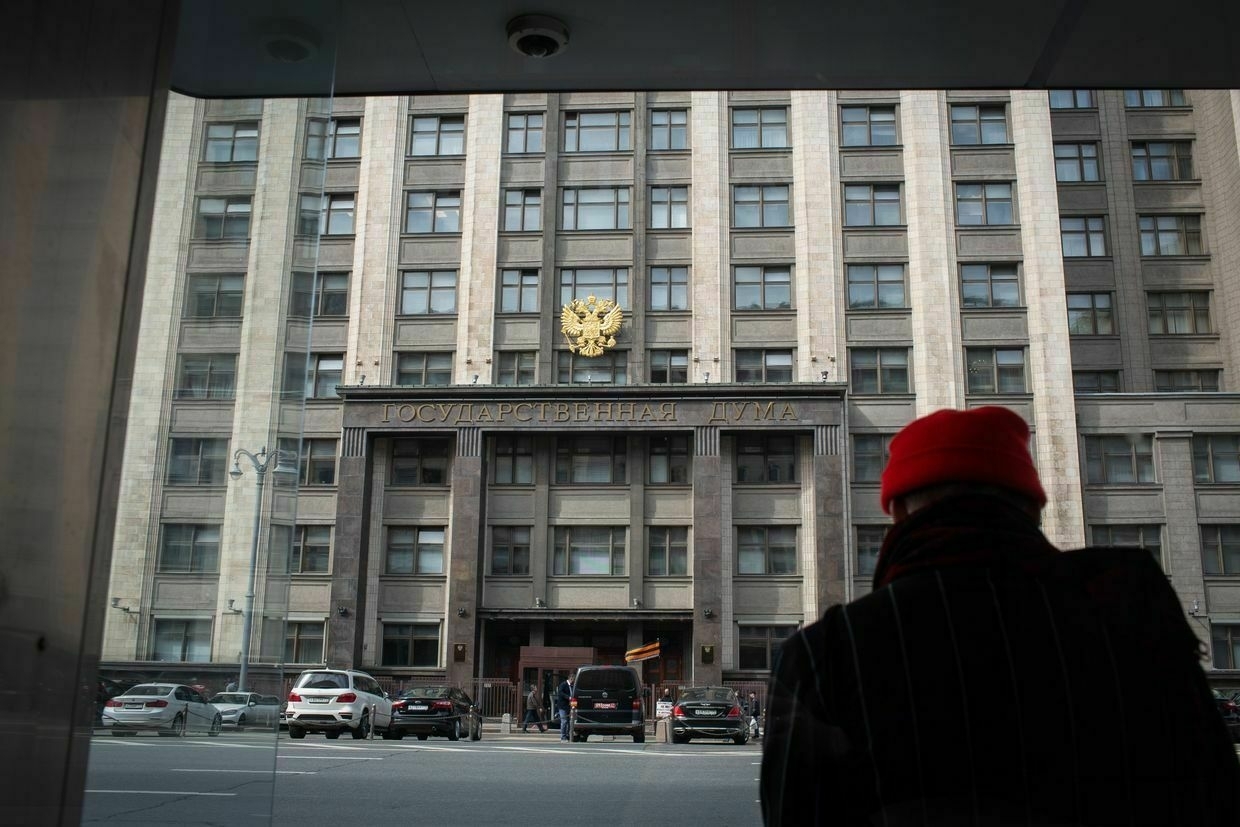
Russia’s State Duma approved in the first reading a package of three bills tightening control over dissent and expanding state repression, Russian independent news outlet Meduza reported on April 2.
The proposed laws broaden the definition of “foreign agents,” allow trials in absentia for anti-war offenses, and introduce harsher penalties for “discrediting” the military.
The first bill expands the criteria for labeling individuals as “foreign agents,” a designation the Kremlin has used to target independent media, NGOs, and critics.
Under the new provisions, anyone assisting foreign organizations that “act contrary to Russia’s interests” or gather military-technical information could be classified as a foreign agent.
Those labeled as “foreign agents” face strict financial reporting requirements, fines, and public stigma, effectively silencing dissent and limiting free speech.
The second bill allows trials in absentia for citizens who have left Russia, covering 20 categories of crimes, including spreading “fakes” about the Russian army, “discrediting” the military, calls for extremism, and violating Russia’s territorial integrity.
Half of Russians back temporary ceasefire in Ukraine, poll showsThe Levada Center survey found that 26% of respondents strongly support a truce, while 24% “somewhat support” it. Meanwhile, 41% oppose the idea, including 25% who strongly reject it.The Kyiv IndependentTim Zadorozhnyy
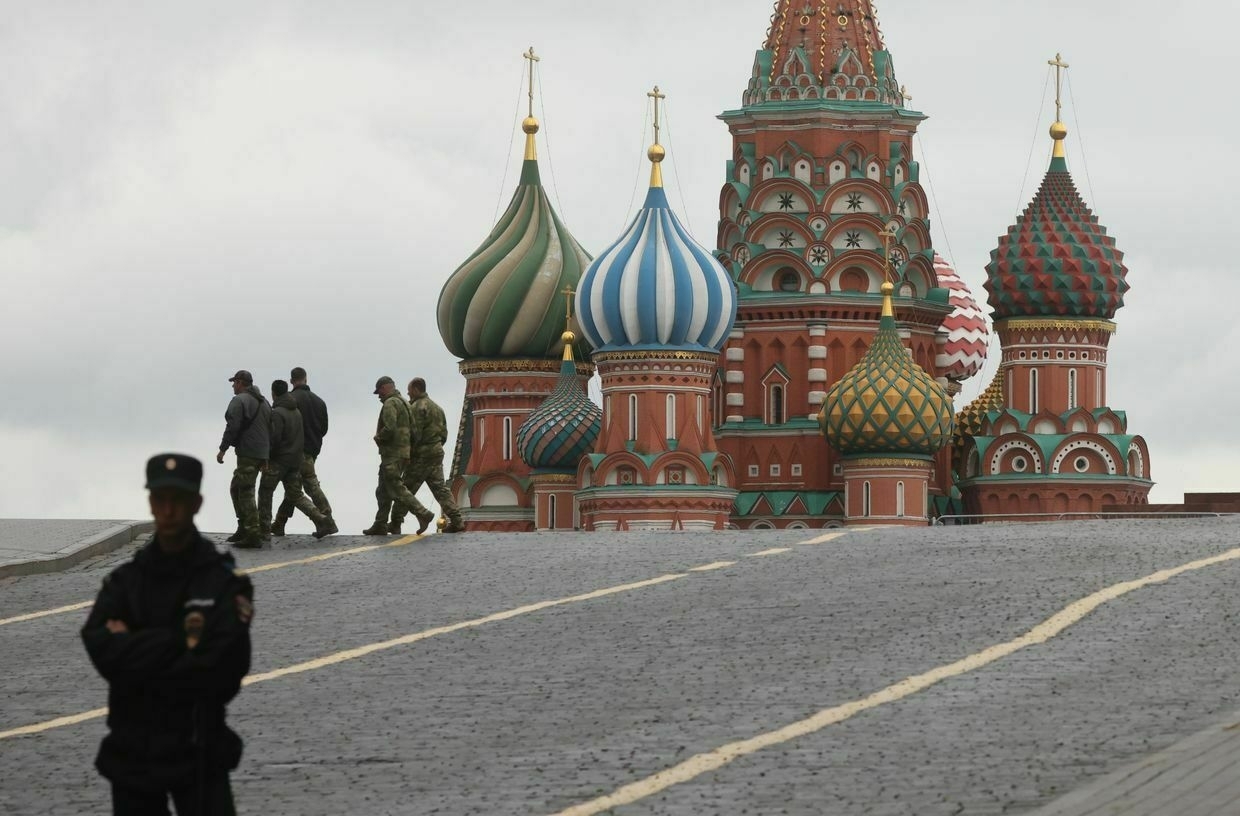
Since the start of its full-scale war against Ukraine in 2022, the Kremlin has used censorship laws to prosecute dissent, with thousands facing fines or prison sentences for criticizing the war or reporting non-state-approved information.
After President Vladimir Putin announced a partial mobilization in September 2022, hundreds of thousands of Russians fled the country to avoid conscription.
The third bill introduces stricter penalties for anti-war offenses. Those accused of providing “self-serving assistance” to international organizations that Russia does not participate in could face up to seven years in prison.
The legislation also increases sentences for “discrediting” the Russian army and calling for sanctions against Russia, with penalties of up to five years in prison if committed for profit.
If passed in subsequent readings, the laws would further entrench the Kremlin’s crackdown on dissent and solidify legal mechanisms to prosecute Russians abroad.
Trump admin officials say ceasefire unlikely in coming months, Reuters reportsThe U.S. is drawing up plans to exert additional pressure on both Kyiv and Moscow as the goal of a full ceasefire by April or May seems increasingly unlikely, Reuters reported.The Kyiv IndependentMartin Fornusek
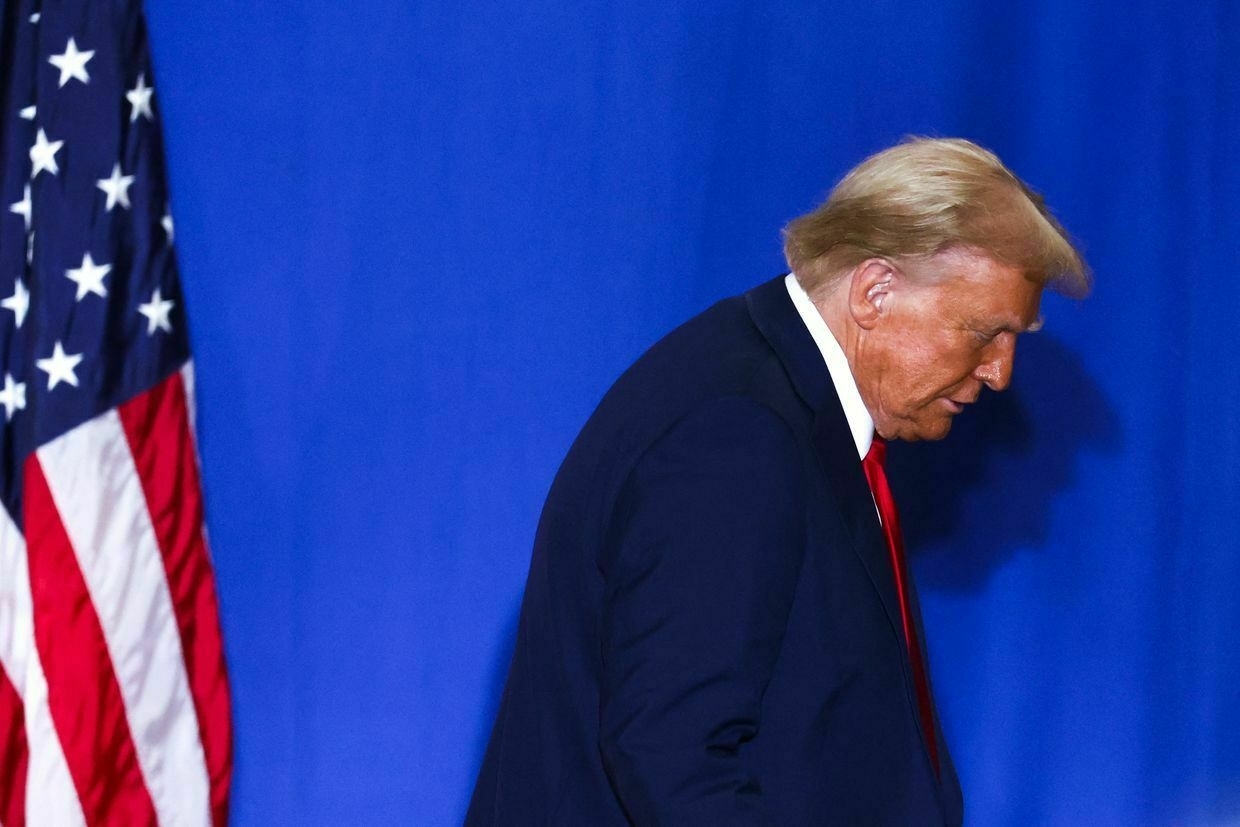
-
Trump's pick for top US general backs military support for Ukraine
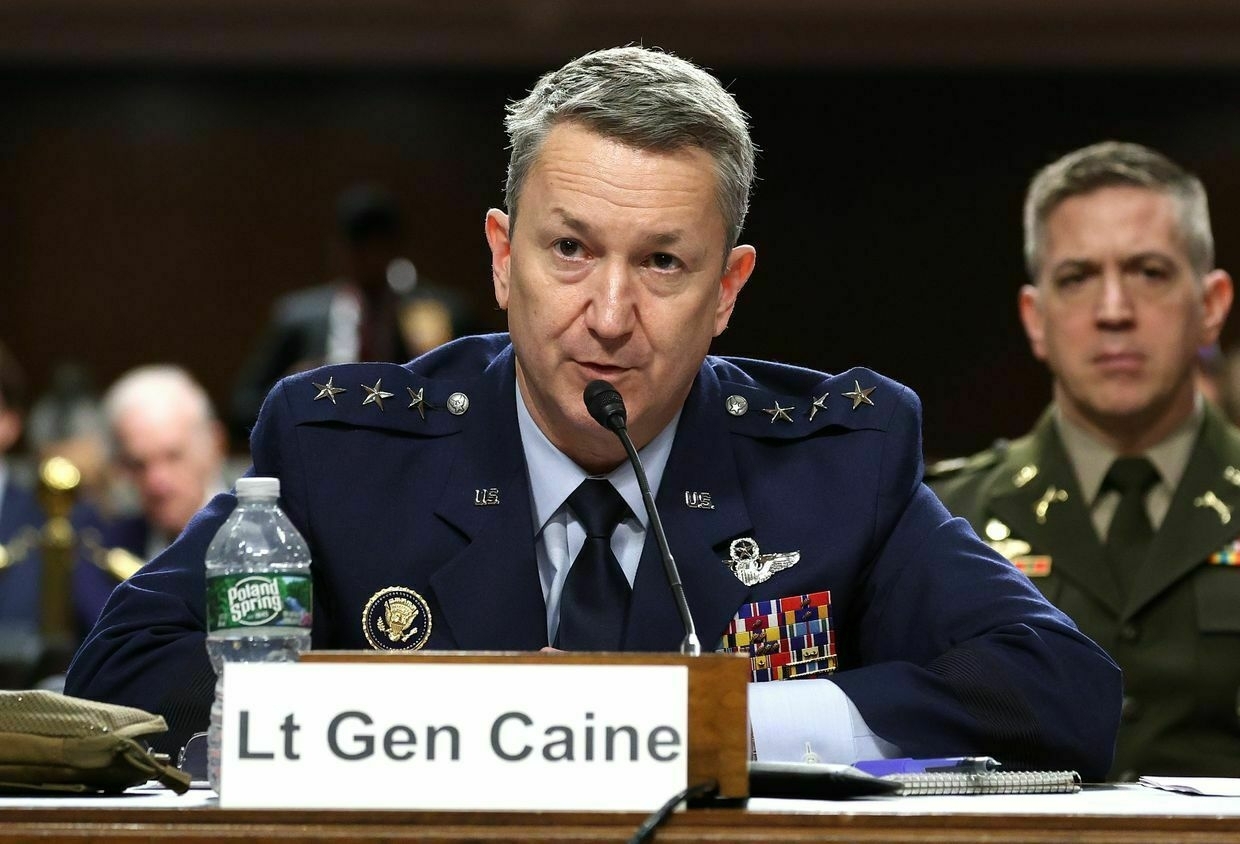
Retired Lieutenant General Dan Caine, U.S. President Donald Trump’s nominee for the chairman of the U.S. Joint Chiefs of Staff, underscored the importance of U.S. military support for Ukraine in a Senate confirmation hearing on April 1.
Caine told the Senate Armed Services Committee that Washington “should focus on what unique capabilities only the U.S. can provide,” while European countries should increase their share of support.
Trump tapped Caine for the top U.S. military post after the dismissal of General Charles Q. Brown Jr.
Caine, a retired Air Force officer and a venture capitalist, served in the Iraq War and was the associate director for military affairs at the CIA between 2021 and 2024.
“From a military standpoint, Ukraine has the right to self-defense, and from that standpoint our security assistance helps Ukraine to defend itself,” the general said when asked about the importance of U.S. military aid for Kyiv during and after the war.
“Our assistance improves Ukraine’s position at the negotiating table and deters Russia from further aggression,” he said, nevertheless stressing that Washington is only a “part of the network of states supporting Ukraine’s defense."
Some of the comments stand in contrast to Trump’s policies, as the new administration has not approved any new military packages for Ukraine and even briefly paused defense assistance allocated by his predecessor, President Joe Biden. At the same time, Trump has urged Europe to take more responsibility for Ukraine’s defense.
Even before taking office, the new U.S. president has pledged to broker a swift peace deal in Ukraine. While Kyiv agreed to a full 30-day truce during talks on March 11, Moscow rejected this proposal unless it included a ban on military aid for Ukraine.
Discussing what threat Moscow poses to the U.S. and its allies, Caine said that Russia’s conventional capabilities have been strained by its war against Ukraine, but he warned against possible asymmetric activities below the “threshold of military conflict."
The retired general also noted that Russian President Vladimir Putin remains committed to his war goals, including securing territorial gains and “forcing Ukrainian neutrality."
The Kremlin has demanded Ukraine’s full withdrawal from the Donetsk, Luhansk, Zaporizhzhia, and Kherson oblasts, the four partially occupied Ukrainian regions it illegally claimed as its territory.
Moscow further demandedd a ban on Ukraine’s NATO accession, with Trump also ruling out the possibility of Kyiv joining the alliance.
Ukraine has rejected recognizing Russian occupation and restrictions on joining alliances as part of negotiations.
“Moscow likely views the conflict is in its favor and will continue to prosecute the war in 2025 despite high casualties from continued operations,” Caine said.
“The conflict in 2025 likely will continue to be a war of attrition, with both sides suffering heavy losses of personnel and materiel."
Ukraine agrees to 30-day ceasefire if Russia abides by it, Kyiv saysKyiv is ready to accept Washington’s proposal to immediately implement a temporary, 30-day ceasefire which can be extended by mutual agreement, the Presidential Office announced on March 11 after the talks with the U.S. in Saudi Arabia.The Kyiv IndependentKateryna Hodunova
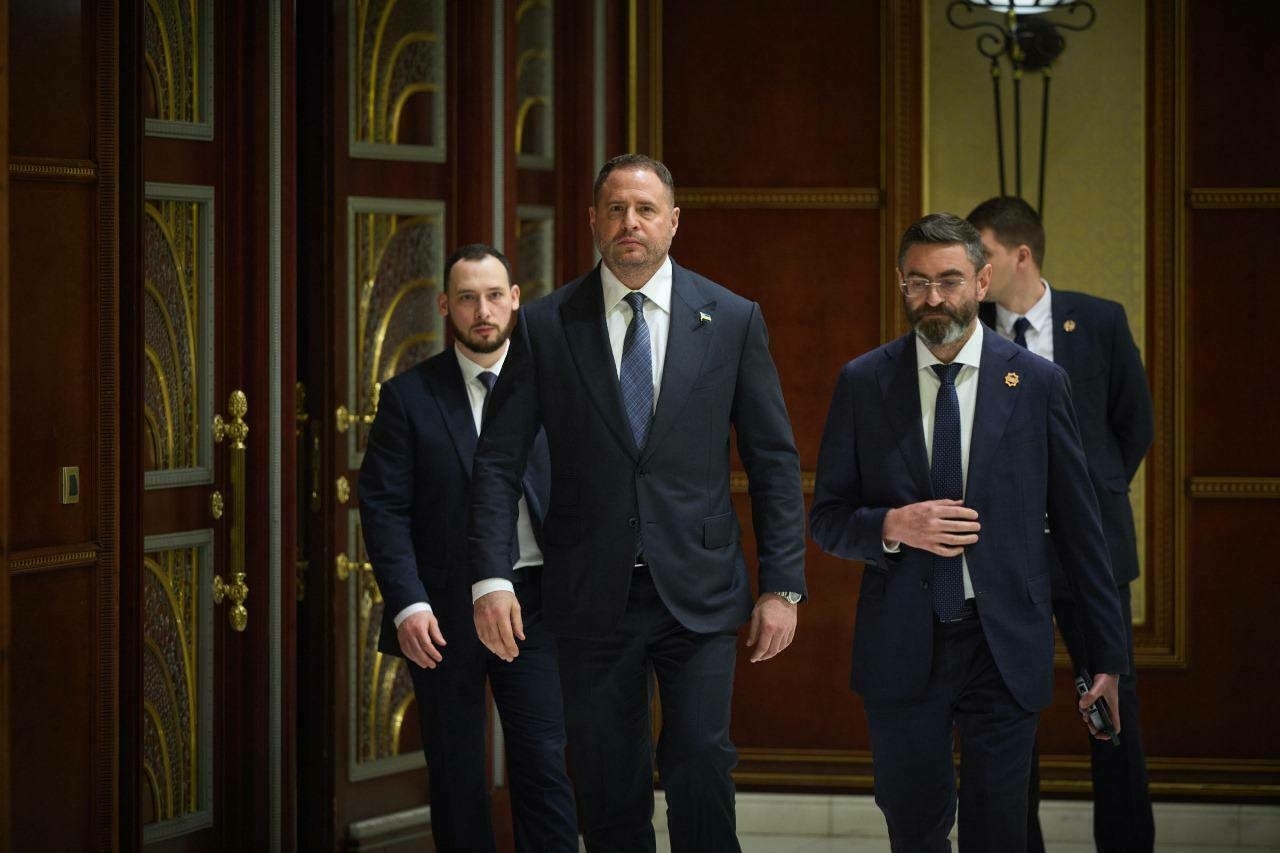
-
Trump admin officials say ceasefire unlikely in coming months, Reuters reports
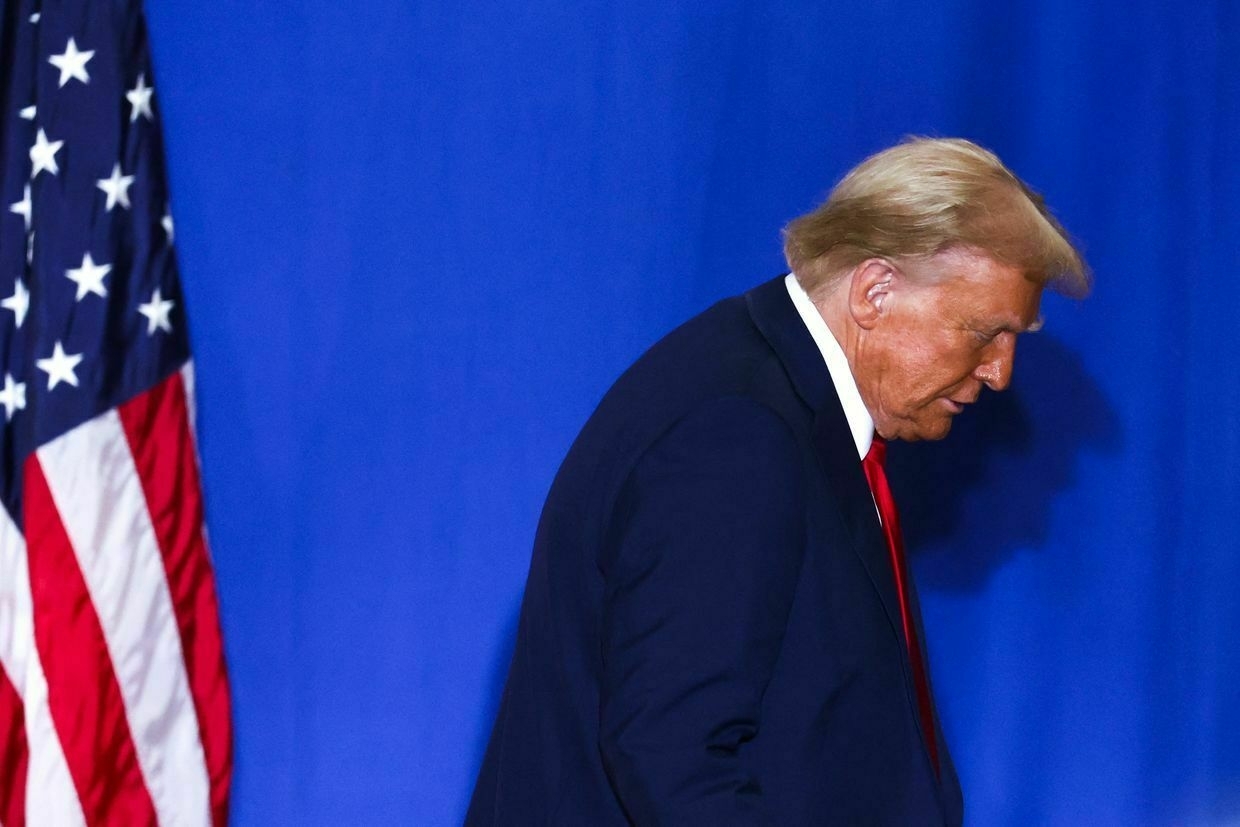
Senior Trump administration officials have been discussing in recent days that Washington may not be able to broker a ceasefire between Russia and Ukraine in the coming months, Reuters reported on April 1, citing two undisclosed U.S. officials.
The U.S. is drawing up plans to exert additional pressure on both Kyiv and Moscow as the goal of a full ceasefire by April or May seems increasingly unlikely, the news agency wrote.
Ukraine agreed to a U.S.-proposed full 30-day ceasefire during talks in Jeddah on March 11, but the Kremlin has rejected the proposal unless it includes conditions undermining Kyiv’s defense capabilities, namely, a halt on foreign military support.
The three sides agreed on a partial truce, covering strikes against energy infrastructure and the Black Sea, during talks in Riyadh last week.
Since then, Kyiv and Moscow have accused each other of violating the energy ceasefire, while the future of the Black Sea truce remains in doubt as Russia linked it to the lifting of some Western sanctions.
While the Trump administration has long been dissatisfied with Kyiv’s negotiating position and hesitancy on the U.S.-backed minerals deal, Reuters reported that Washington is now also growing frustrated with Russia.
White House and State Department officials reportedly acknowledge that Russian President Vladimir Putin is actively stalling attempts to broker a peace deal.
This coincides with statements from the Russian Foreign Ministry that Moscow is not ready to accept Trump’s proposals “as they are now,” as they do not address the supposed “root causes” of the war.
Trump previously said he was “pissed off” at Putin for continuing to disparage President Volodymyr Zelensky. On the same day, Trump warned that Zelensky would face “big problems” with the U.S. if he did not sign a critical minerals deal.
In March, the U.S. temporarily halted military and intelligence support for Ukraine to pressure it to the negotiating table after the public spat between Trump and Zelensky in the White House.
Trump has also repeatedly threatened Russia with additional sanctions, most recently threatening tariffs on Russian oil exports if Putin does not “make a deal” to end the war.
-
Putin's negotiator to meet Witkoff in Washington this week, CNN reports
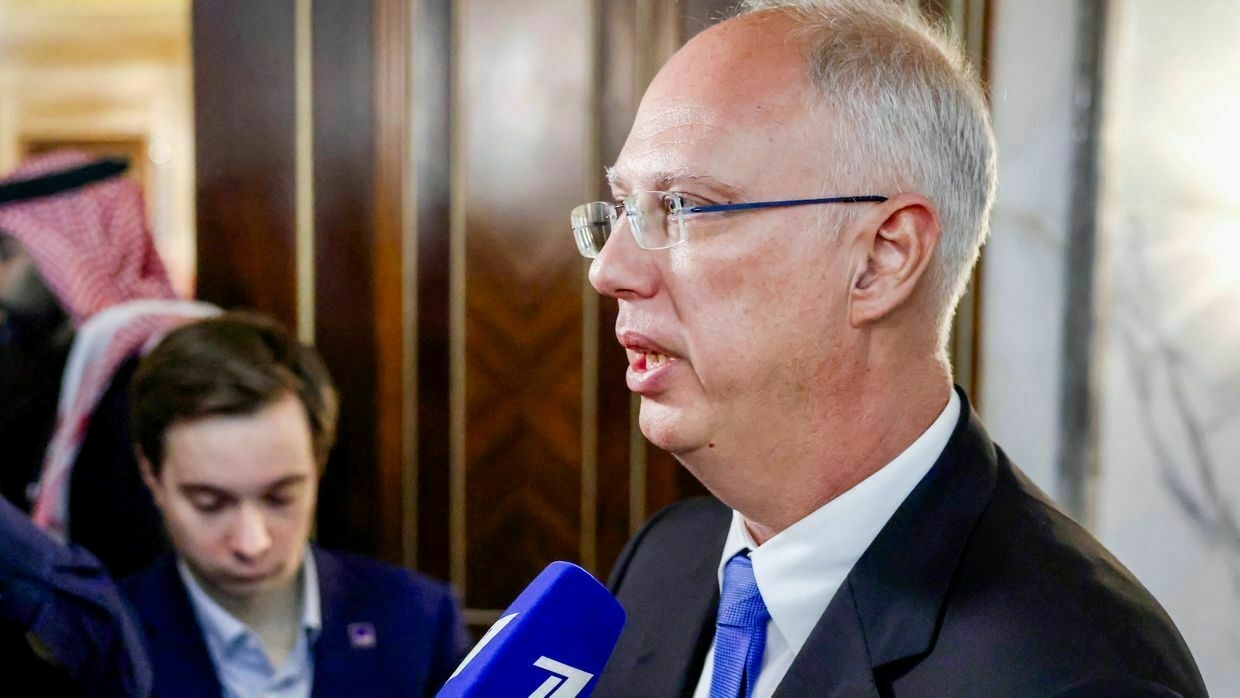
Kirill Dmitriev, head of Russia’s sovereign wealth fund, is set to meet U.S. President Donald Trump’s envoy, Steve Witkoff, in Washington this week, CNN reported on April 1, citing an undisclosed U.S. official and two other sources.
The U.S. reportedly temporarily eased sanctions to allow Dmitriev to obtain a visa for what will be the first high-level Russian official visit to the U.S. since the outbreak of Russia’s full-scale war against Ukraine in 2022.
Dmitriev, appointed by Russian President Vladimir Putin as a representative for economic relations with foreign countries, took part in the opening talks with the U.S. in Riyadh in February.
The negotiator also cooperated with Witkoff, who is formally a special envoy for the Middle East, on the release of U.S. teacher Marc Fogel jailed in Russia.
Dmitriev’s visit underscores the Trump administration’s efforts to restore ties with Russia as it seeks to broker a swift peace deal in Ukraine.
The Russian official claimed earlier that the U.S. and Russia have begun exploring venues of economic cooperation, namely, the exploitation of Russia’s rare earth minerals.
Both the U.S. government and Dmitriev’s representative declined to comment when approached by CNN.
Trump’s accession to office marked a major pivot in Washington’s policy on Ukraine and Russia. The new U.S. president has not approved any new aid packages for Kyiv and even temporarily halted the previously approved assistance to push Ukraine to the negotiating table.
Ukraine and the U.S. agreed to a partial ceasefire on March 11, but Russia rejected the offer and only accepted a partial ceasefire on strikes against energy facilities and in the Black Sea. Kyiv has since then repeatedly accused Moscow of violating the energy ceasefire, while the future of the Black Sea truce is in doubt after Russia linked it to the lifting of some Western sanctions.
While repeatedly praising his relationship with Putin, Trump has adopted a more critical rhetoric in recent days, criticizing what he sees as Moscow’s attempts to delay ceasefire talks and fixation on Ukraine’s President Volodymyr Zelensky’s credibility.
“There was an idea from Russia about a temporary administration that was not appreciated by the president,” State Department Spokeswoman Tammy Bruce told reporters during a press briefing.
“Ukraine is… a constitutional democracy. Governance in Ukraine is determined by its constitution and the Ukrainian people."
The rise and fall of Ukraine’s Kursk gambitAs Ukraine’s seven-month-long incursion into Russia’s Kursk Oblast came to what appears to be its end, Ukrainian soldiers and military experts are questioning the operation’s goal and the long-term effect it will have on the war. Ukraine launched a surprise cross-border incursion into Russia’s Kurs…The Kyiv IndependentAsami Terajima
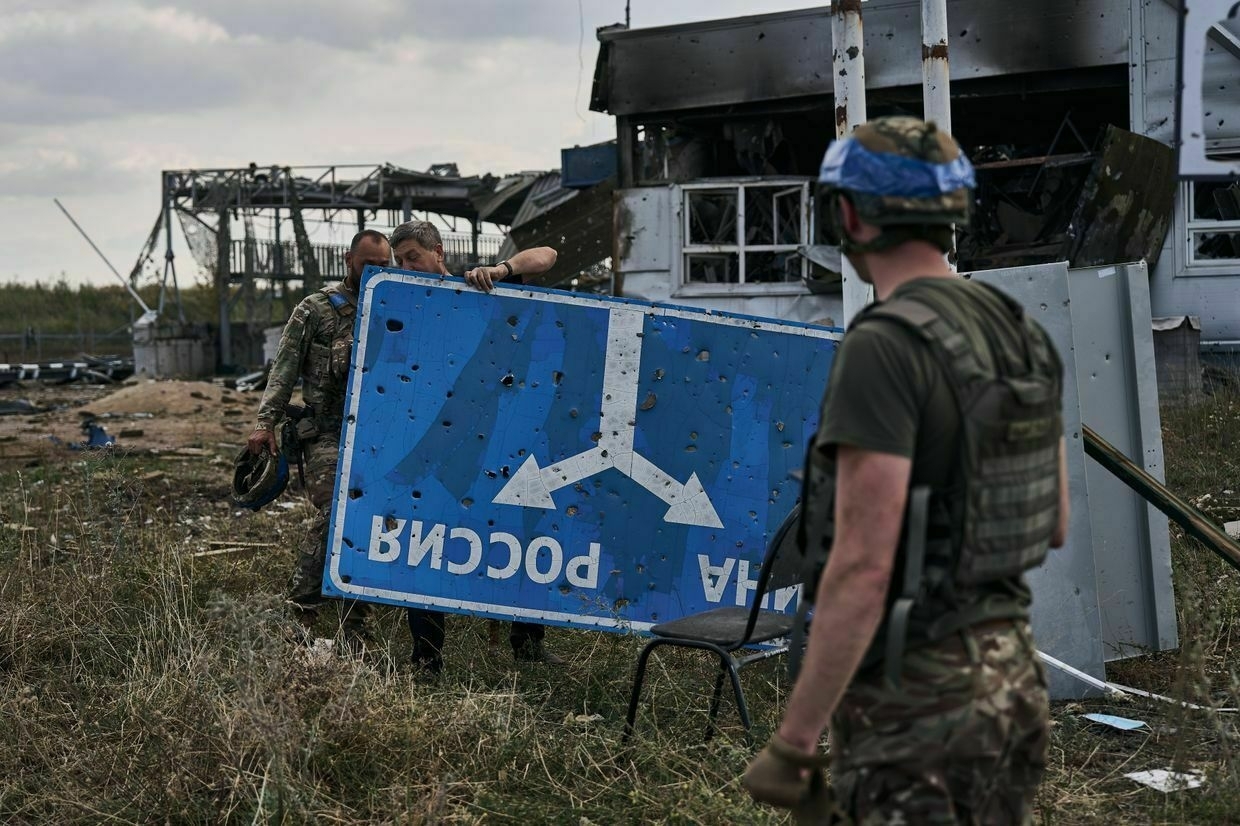
-
Ukraine's NATO membership not included, never was in minerals deal, Zelensky says
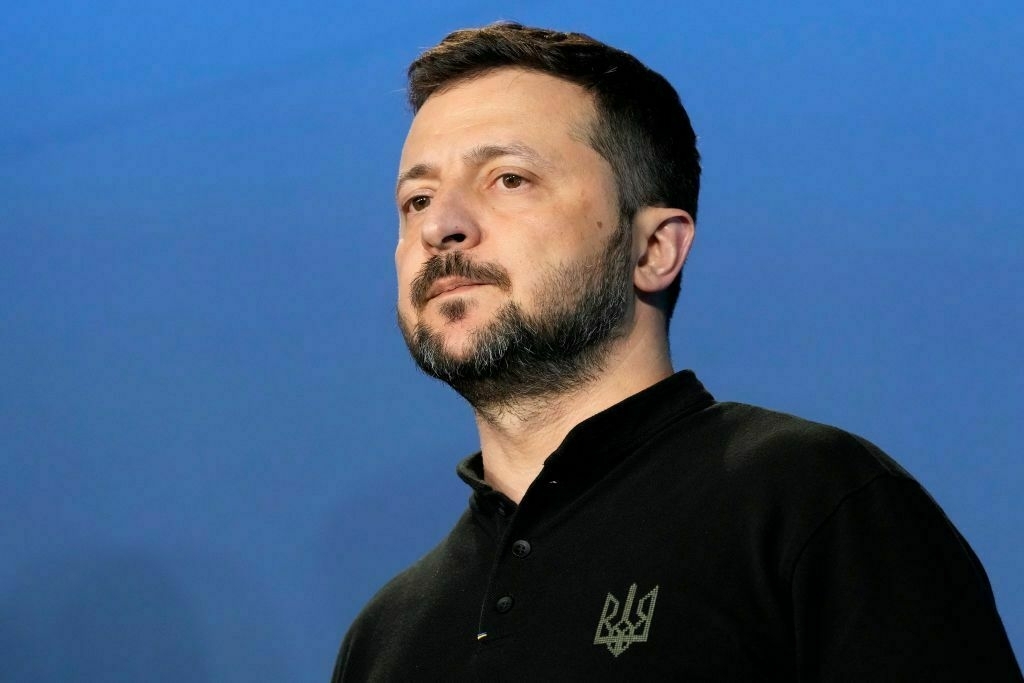
A minerals deal that Ukraine and the U.S. are negotiating does not mention Ukraine’s potential NATO membership, President Volodymyr Zelensky said on April 1.
“As for this agreement and the NATO question, there is no mention of NATO in this agreement, and there never was,” Zelensky said, confirming earlier reports. “A decision (regarding the deal) will be made in the coming days.”
On March 31, a source in the Presidential Office told the Kyiv Independent that “We are not tying (the minerals deal to NATO), it’s a misunderstanding.”
Zelensky added that Ukraine’s aspirations to join the EU remain an ongoing topic of discussion. He has previously said that Ukraine would not agree to any minerals deal if it compromised the country’s path toward EU membership.
“As for the EU issue… we are linking it. When we talk about this agreement, it cannot go against… our future accession to the EU, so it is important that nothing should contradict,” Zelensky added.
Zelensky said lawyers, rather than government officials, are mainly working on the minerals deal.
“Regarding the new draft of this agreement, which our teams are currently working on, it would be more accurate to say that lawyers are working on it.” Foreign Minister Andrii Sybiha said Ukraine received the text of the U.S.' expanded deal on mineral resources on March 28.
On March 30, U.S. President Donald Trump told reporters that Zelensky is looking to back out of a critical minerals agreement with the U.S.
“He’s trying to back out of the rare earth deal and if he does that, he’s got some problems, big, big problems,” Trump said, according to Reuters.
“He wants to be a member of NATO, but he’s never going to be a member of NATO. He understands that,” Trump added.
US overestimated its ability to deal with Russia over past 35 years, Alexander Vindman saysRussia’s war against Ukraine is a continuation of Moscow’s centuries-long goal to obliterate Ukrainian culture and statehood. Over the past three decades, however, the United States has, through missteps and inaction, emboldened Russia’s aggression by failing to confront the looming threat — a failu…The Kyiv IndependentKate Tsurkan
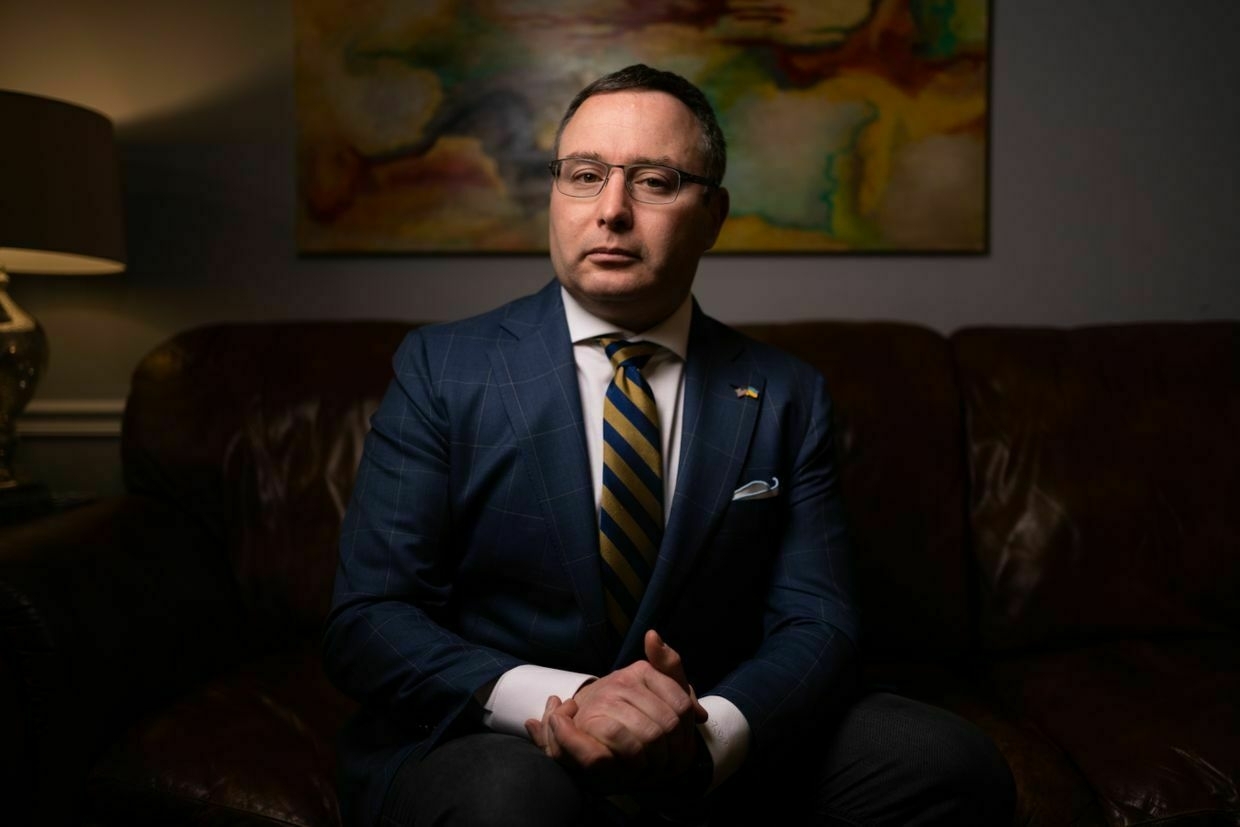
-
Moscow won't accept US proposals on Ukraine peace 'in current form,' Russian official claims
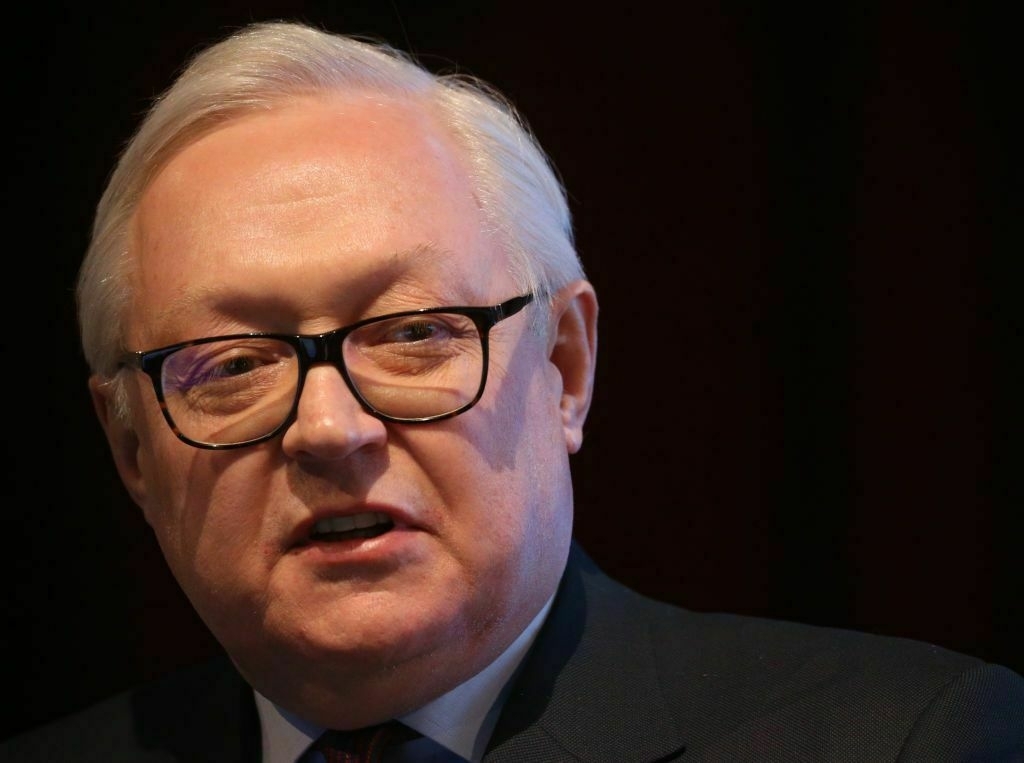
Moscow will not accept U.S. proposals to end Russia’s war against Ukraine in their “current form,” Russian Deputy Foreign Minister Sergei Ryabkov said in an interview released on April 1.
“As far as we can see, there is no place in them today for our main demand, namely to solve the problems related to the root causes of this conflict. It is completely absent, and that must be overcome,” state media quoted Ryabkov as telling the Russian magazine “International Affairs.”
In the same interview, Ryabkov claimed Russia has not seen the U.S. give Ukraine a “signal” to end the war.
Moscow has shown signs it is unwilling to move forward on a peace deal with Ukraine, and Russian authorities have listed maximalist demands in ceasefire negotiations with Ukraine and the U.S.
Ryabkov alleged that peace talks led by the U.S. are not addressing Russia’s main concerns.
“We take the models and solutions proposed by the Americans very seriously, but we can’t accept it all in its current form,” Ryabkov claimed.
On March 31, Kremlin spokesperson Dmitry Peskov said Russia remains willing to engage with the U.S. despite reports that U.S. President Donald Trump is “very angry” over Russian President Vladimir Putin’s latest remarks on Ukraine.
On March 27, Putin claimed a temporary government should be introduced in Ukraine to hold new elections and questioned President Volodymyr Zelensky’s legitimacy.
“If he himself (Zelensky) is illegitimate, then all the others are too,” Putin added.
A temporary government under the supervision of the United Nations (U.N.), and several nations should be introduced in Ukraine to hold elections, Putin said.
Putin’s calls to establish a temporary government in Ukraine to replace Zelensky were “not appreciated” by Trump, U.S. State Department Spokeswoman Tammy Bruce said on March 31.
“Ukraine is… a constitutional democracy. Governance in Ukraine is determined by its constitution and the Ukrainian people,” Bruce said.
Ukraine has agreed to a U.S.-proposed full 30-day ceasefire, saying on March 11 that Kyiv is ready if Russia also agrees to the terms. So far, Moscow has refused.
The rise and fall of Ukraine’s Kursk gambitAs Ukraine’s seven-month-long incursion into Russia’s Kursk Oblast came to what appears to be its end, Ukrainian soldiers and military experts are questioning the operation’s goal and the long-term effect it will have on the war. Ukraine launched a surprise cross-border incursion into Russia’s Kurs…The Kyiv IndependentAsami Terajima
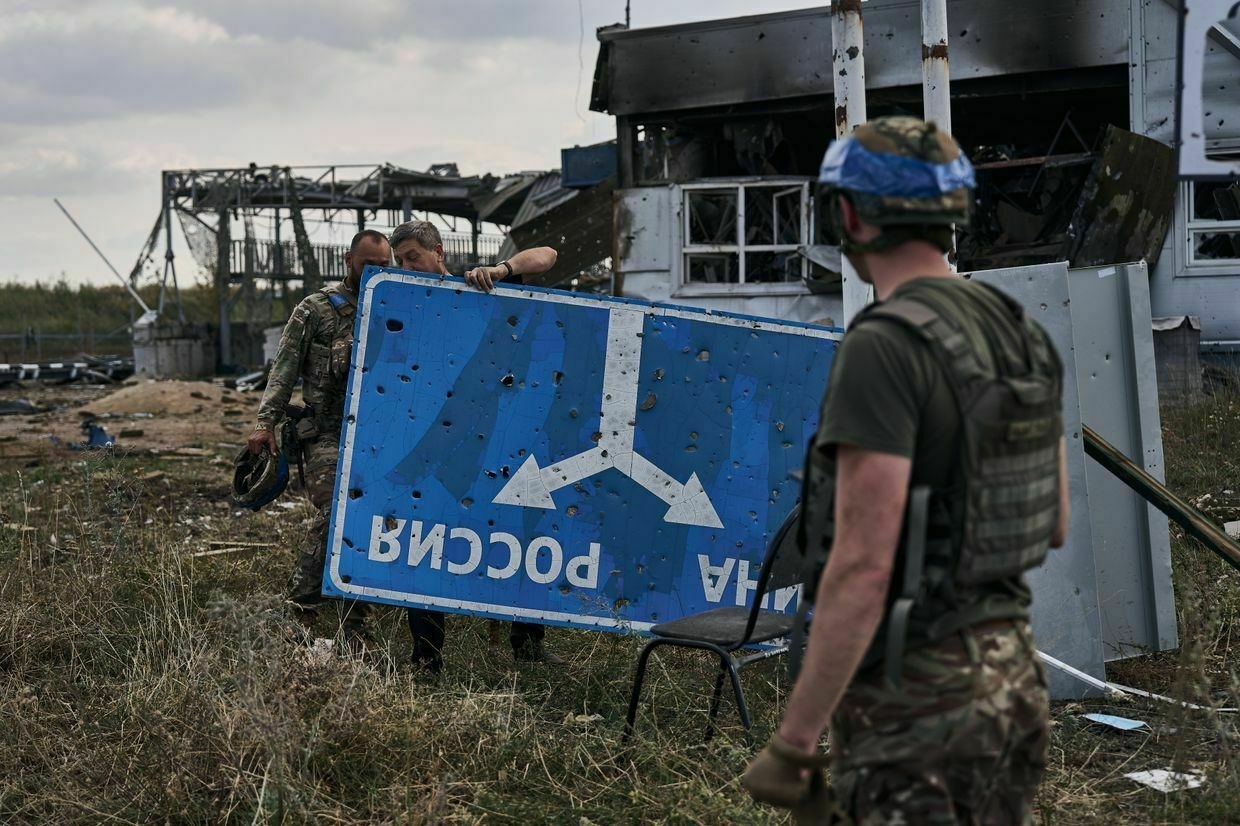
-
Ukraine war latest: Russia's territorial gains in Ukraine drop to lowest level since June 2024
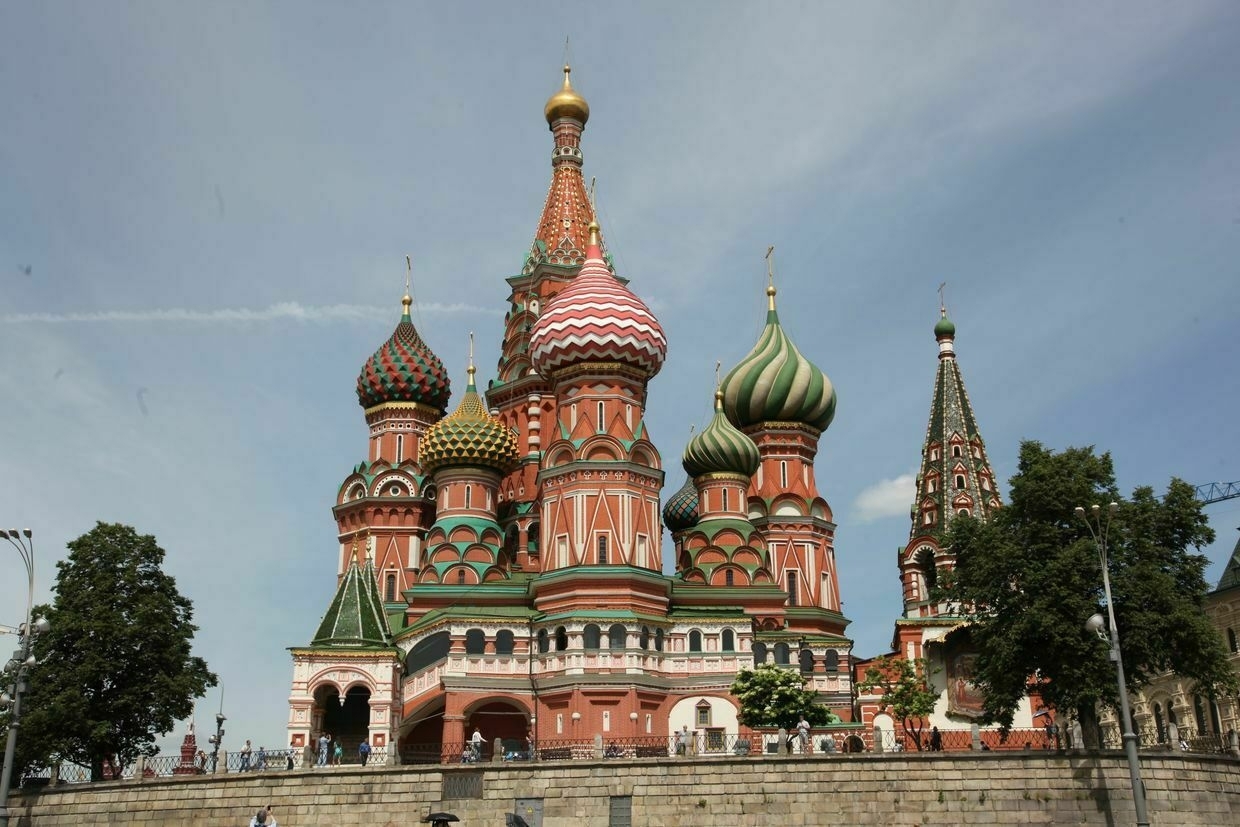
Key developments on April 1:
- Russia’s territorial gains in Ukraine drop to lowest level since June 2024, monitoring group says
- Some Russians celebrated Ukrainian drone strikes on Moscow, intercepted calls suggest
- ‘So far, it doesn’t mean anything’ — Russia launches no mass drone strike against Ukraine overnight
- 73% of Ukrainians say Trump is bad for Ukraine, poll shows
- Russia submits list of alleged Ukrainian ceasefire violations to US, UN and OSCE, Lavrov says
Russian forces' advance into Ukraine has slowed significantly in the past few months, with Moscow seizing just 133 square kilometers in March, the lowest monthly total since June 2024, battlefield monitoring group DeepState reported on April 1.
The pace of Russia’s offensive had steadily increased since July, peaking in November when Russian troops captured 725 square kilometers, overrunning a badly overstretched Ukrainian defense in several areas, especially in the south of Donetsk Oblast.
Gains have consistently declined since the beginning of winter, with the Russian army seizing 401 square kilometers in December, 321 in January, and 189 in February.
This relative stabilization of the front line was achieved thanks to the winter conditions, effective work of Ukrainian drone units, and a temporary exhaustion of Russian offensive potential.
Russian forces continue offensive operations, particularly around the city of Pokrovsk in in Donetsk Oblast, where fighting intensified at the end of March.
Commander-in-Chief Oleksandr Syrskyi said on March 31 that Russian forces are “stalling” and failing to advance in the area. Pokrovsk, located about 70 kilometers northwest of Donetsk, remains a major flashpoint.
While Russia’s advances in Ukraine have slowed, its forces have nearly reversed Ukraine’s territorial gains in Russia’s Kursk Oblast. Ukraine controlled 407 square kilometers there in early March but held just 70 square kilometers by month’s end, DeepState reported.
Ukraine had initially seized 1,300 square kilometers of Russian territory before Moscow, reinforced by North Korean units, launched a counteroffensive. Since launching operations in Kursk Oblast, Russian forces have suffered over 55,000 casualties, Syrskyi said on March 27.
DeepState warned that Russian forces previously engaged in Kursk may now be redeployed elsewhere, posing additional threats along the front line.
US overestimated its ability to deal with Russia over past 35 years, Alexander Vindman saysRussia’s war against Ukraine is a continuation of Moscow’s centuries-long goal to obliterate Ukrainian culture and statehood. Over the past three decades, however, the United States has, through missteps and inaction, emboldened Russia’s aggression by failing to confront the looming threat — a failu…The Kyiv IndependentKate Tsurkan
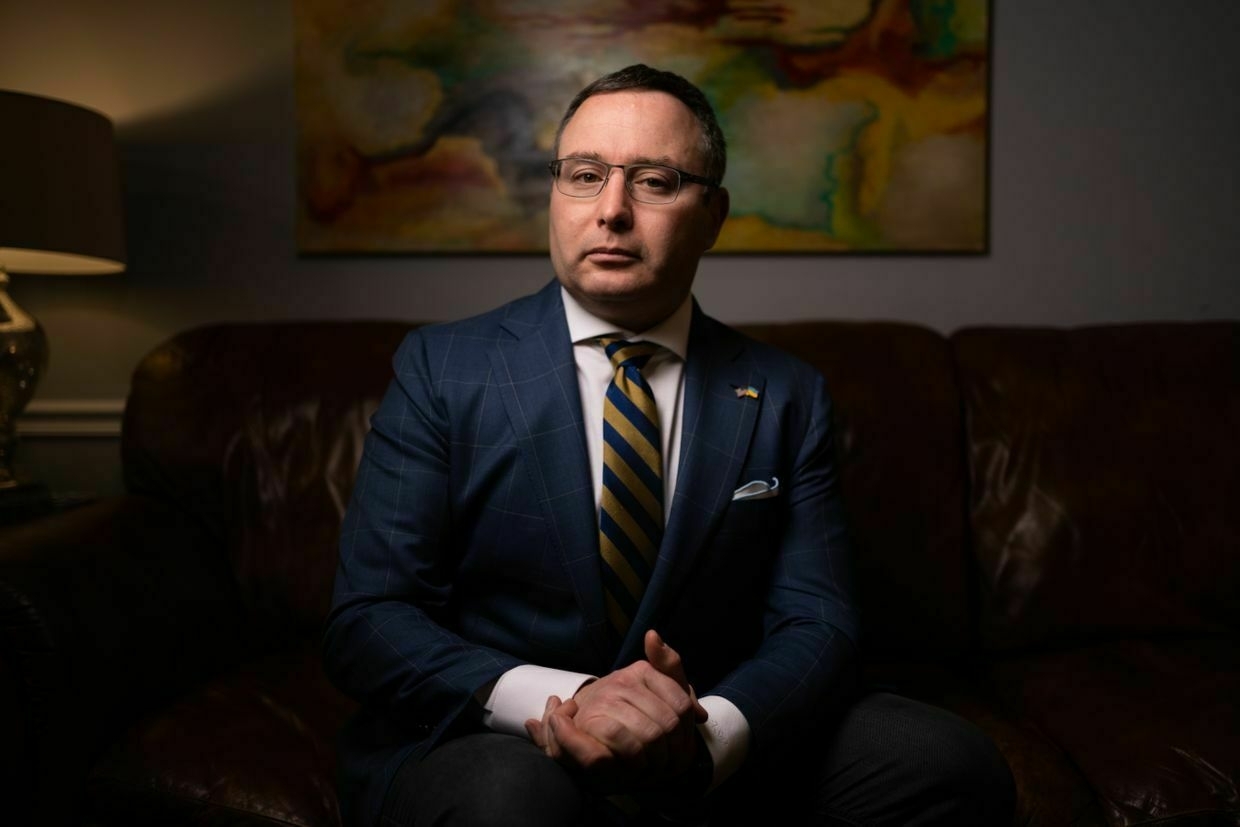
‘So far, it doesn’t mean anything’ — Russia launches no mass drone strike against Ukraine overnightRussian forces did not launch a mass drone strike against Ukrainian civilian targets overnight on April 1, according to the Air Force’s reports.
“We’ll keep monitoring; so far, it doesn’t mean anything,” National Security and Defense Council official Andrii Kovalenko said on his Telegram channel.
Russian forces nevertheless attacked Ukraine with two Kh-59/69 guided missiles, targeting Zaporizhzhia Oblast, the Air Force said in its regular morning update. The missiles were reportedly shot down.
The report mentioned no drone attacks, and the Air Force did not announce any alarms connected to drone strikes overnight.
This would mark the first instance in 2025 when Russia did not attempt to strike Ukrainian cities, villages, and infrastructure with kamikaze drones en masse.
Dnipropetrovsk Oblast officials nevertheless reported drone attacks against the region “between the evening and the morning,” not commenting on the number of drones and revealing only limited damage.
Despite this supposed pause on mass drone strikes against civilian targets, Russian drones have continued to engage Ukrainian forces in front-line operations. The General Staff of Ukraine’s Armed Forces reported the destruction of 46 Russian operational-tactical drones over the past 24 hours.
Russian forces also continued attacking Ukrainian towns and villages with other weaponry, including KAB bombs and artillery, inflicting civilian casualties.
Moscow’s forces have been attacking Ukraine with unmanned aerial vehicles nearly on a daily basis, though there have been sporadic breaks in these strikes.
The development follows an agreement on an energy ceasefire concluded by Ukraine, Russia, and the U.S. in Riyadh on March 25. Russian forces have repeatedly attacked Ukrainian civilian targets, allegedly including energy facilities, since then.
Some Russians celebrated Ukrainian drone strikes on Moscow, intercepted calls suggestRussians living in oblasts bordering Ukraine have celebrated recent drone attacks against Moscow as people living there "live their lives without fear," according to a series of intercepted calls released by Ukraine's military intelligence (HUR) on March 29–31.
On March 11, Ukraine launched the largest drone attack against Russia's capital during the full-scale war. Seventy-four drones were shot down on approach to Moscow in the early hours of the day.
Belgorod and Bryansk oblasts border Ukraine and often come under attack as they are two regions from which Russian forces launch missile and drone attacks against Ukrainian cities.
Phone conversations intercepted by HUR suggest that some Russians living in these oblasts welcomed the news of the attack on Moscow. They presented it as a chance for those living in the capital to experience the effects of the war that they witness on a regular basis.
"So we can be f**king bombed, but Moscow Oblast is not? Let the bastards shut up and stay put!" one woman in Russia’s Bryansk Oblast said in a call released by HUR on March 29.
"They live their lives without fear, without knowing anything. Let them be at least a little bit afraid," the person she was speaking to responded.
In Belgorod Oblast, one woman said she had been kept awake by drones flying overhead in the direction of Moscow, according to an intercepted call released on March 30.
"They should have targeted Moscow right away to make them take action," she said, adding: "Otherwise, poor people are suffering, and Moscow is dancing and singing."
"If they don't take some (defense) measures, we'll all be screwed," she added.
In another conversation published on March 31, two men in Belgorod Oblast speculated that the reason their TVs were not working was because of electronic warfare countermeasures being used against Ukrainian drones.
"Well, (there were) 50 drones, as I read today. Let them bomb the Kremlin," one of the men said.
"To hell with them. Let them (bomb)," the other replied.
The Kyiv Independent could not verify the authenticity of the intercepted calls.
Kyiv uses long-range drones to strike deep into Russian territory, targeting military infrastructure such as airfields, oil refineries, and logistics hubs, and Ukraine's arsenal is set for a boost after the announcement last month that a new variant had the longest range of any in its arsenal and had successfully completed testing.
"Our drone with a 3,000-kilometer range has passed testing," President Volodymyr Zelensky said during his evening address on March 17.
Though there were no other details give, the range dramatically expands the amount of Russian territory that would be vulnerable.
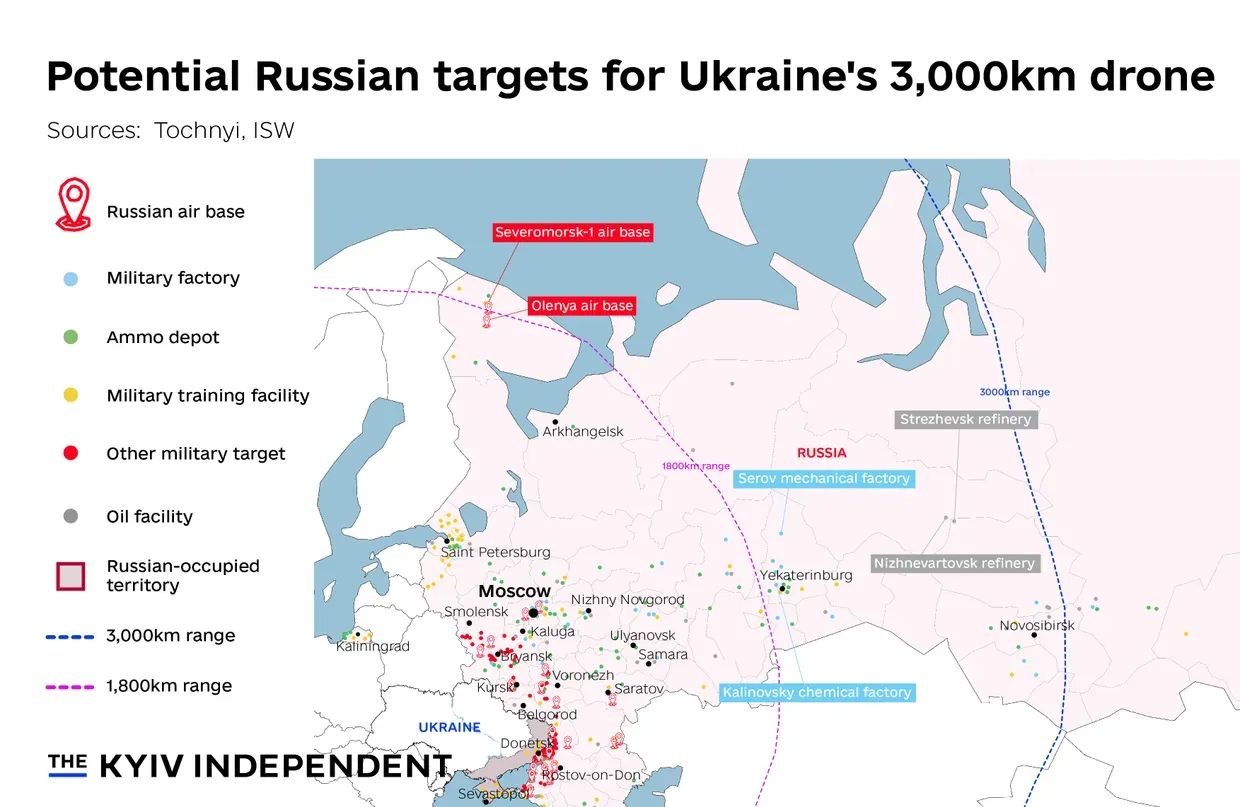
A map of potential targets for Ukraine's new 3,000km drone. (Nizar al-Rifai/The Kyiv Independent) Federico Borsari, a fellow at the Center for European Policy Analysis (CEPA), told the Kyiv Independent that it's likely the new drone has a fixed-wing structure and a turbojet engine.
"Similar to a very cheap cruise missile," he added.
If Borsari is correct, this would make it a longer-range version of Ukraine's Palianytsia missile drone, which was revealed last year and is thought to have a range of between 500 and 700 kilometers.
Fabian Hoffmann, a defense expert and doctoral research fellow at the University of Oslo, told the Kyiv Independent that the longer range will allow Ukraine to significantly expand its current drone campaign, and he expects the type of targets will remain the same.
"More critical infrastructure, oil refineries, oil processing facilities," he said, adding: "The other thing that immediately comes to mind is production facilities for various types of equipment on the Russian side that probably was outside of the target radius of previous drone systems."
73% of Ukrainians say Trump is bad for Ukraine, poll showsAround 73% of Ukrainians believe that U.S. President Donald Trump is bad for Ukraine, a major spike from December 2024, when only 21% saw him negatively, a survey by the Kyiv International Institute of Sociology (KIIS) published on April 1 said.
Last December, after Trump was reelected but before he took office, 54% of Ukrainians believed that the new U.S. president would have a positive impact on Ukraine. Only 19% thought so in March, KIIS said.
The Trump administration has brought a major shift to Washington's policy on Ukraine.
Pledging to broker a swift peace deal, Trump has sought to renew ties with Russia while repeatedly praising his relationship with Russian President Vladimir Putin.
The U.S. president has also strong-armed Ukraine into ceasefire negotiations by temporarily cutting off military and intelligence support early in March before publicly berating President Volodymyr Zelensky in the Oval Office on Feb. 28.
Between March 12 and 22, 55% of Ukrainians said they expect a rather or completely unjust peace deal from Trump, a minor drop from 58% between Feb. 14 and March 4 but a significant increase from 31% in December.
In turn, 23% of Ukrainians believed that Trump would bring a just peace in December 2024, 11% between Feb. 14 and March 4, and 18% between March 12 and 22.
March 11 saw the U.S. and Ukraine agree on a 30-day ceasefire, which was perceived positively among Ukrainians, but Moscow has rejected the deal.
Russia only agreed to a partial ceasefire on strikes against energy facilities and in the Black Sea. Kyiv has already accused Russia of violating the energy ceasefire, while the future of the Black Sea ceasefire is in doubt as Moscow has linked it to the lifting of some Western sanctions.
Ukrainians now see Europe as a more reliable ally than the U.S. While 64% of respondents said they think European partners want Ukraine to achieve peace on acceptable terms, only 24% think this about the U.S.
Some 67% of Ukrainians believe that the U.S. is tired of supporting Ukraine and is pushing for concessions on Kyiv's part.
The survey reflects the shifting mood in Ukraine regarding Trump's presidency. Earlier research showed that before Jan. 20, many Ukrainians hoped for Trump to be more decisive in pressuring Russia toward a just peace than his predecessor, former President Joe Biden.
The Biden administration donated more than $100 billion in military and economic support to Ukraine during the full-scale war. At the same time, the ex-president's policy has been criticized as overly cautious and self-restricting.
Trump has not approved any additional aid packages, only allowing the continued flow of the previously approved support. His administration also gutted various programs that Ukraine benefited from, from USAID programs funding energy infrastructure and civil society to a project tracking abducted Ukrainian children.
Russia submits list of alleged Ukrainian ceasefire violations to US, UN and OSCE, Lavrov saysRussia has sent a list of alleged Ukrainian violations of the partial energy ceasefire to the U.S., the U.N., and OSCE, Foreign Minister Sergey Lavrov said on April 1, according to state-owned media TASS.
"The list of violations cited by (Defense Minister) Andrei Belousov at the Security Council meeting, we handed over to U.S. National Security Advisor Mike Waltz," he said.
Lavrov added that the document was also sent to Secretary of State Marco Rubio and Russia's representatives in the U.N. and OSCE, claiming it proves Ukraine's lack of credibility in adhering to agreements.
The statement comes after President Volodymyr Zelensky instructed Defense Minister Rustem Umerov on March 28 to provide the U.S. with evidence of Russia's failure to uphold the ceasefire.
The U.S. helped broker the partial ceasefire on March 25 following talks with Ukraine and Russia in Riyadh. The agreement was meant to pause strikes on energy facilities and military operations in the Black Sea.
Only two days later, Zelensky claimed that Russian forces had attacked Kherson's energy infrastructure, calling for a response from Washington.
Kremlin spokesperson Dmitry Peskov insisted Russia has adhered to the agreement but warned it "reserves the right" to abandon it if Ukraine violates the terms.
Moscow accused Kyiv of attacking the Sudzha gas metering station, a charge Ukraine rejected as an attempt to justify further strikes.
The U.S. has not yet responded to the reported violations. Russia has repeatedly targeted Ukraine's power grid since launching its full-scale invasion, while Ukraine has used long-range drones to strike Russian oil and gas facilities.
Kyiv had agreed to a full 30-day ceasefire in U.S.-mediated talks in Jeddah on March 11, but Russia rejected the proposal unless it included conditions limiting Ukraine's military capabilities, including a halt to foreign military aid.
The rise and fall of Ukraine’s Kursk gambitAs Ukraine’s seven-month-long incursion into Russia’s Kursk Oblast came to what appears to be its end, Ukrainian soldiers and military experts are questioning the operation’s goal and the long-term effect it will have on the war. Ukraine launched a surprise cross-border incursion into Russia’s Kurs…The Kyiv IndependentAsami Terajima
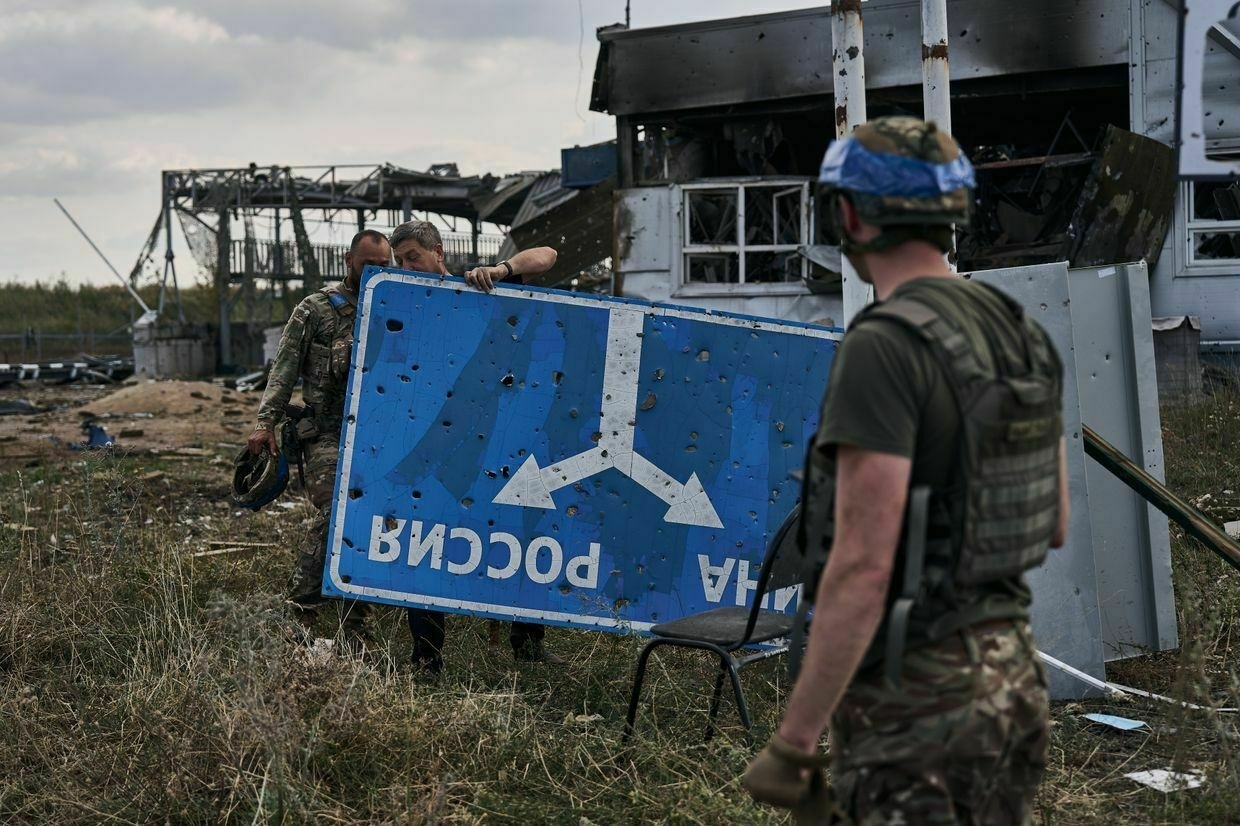
Note from the author:
Ukraine War Latest is put together by the Kyiv Independent news desk team, who keep you informed 24 hours a day, seven days a week. If you value our work and want to ensure we have the resources to continue, join the Kyiv Independent community.
-
US overestimated its ability to deal with Russia over past 35 years, Alexander Vindman says
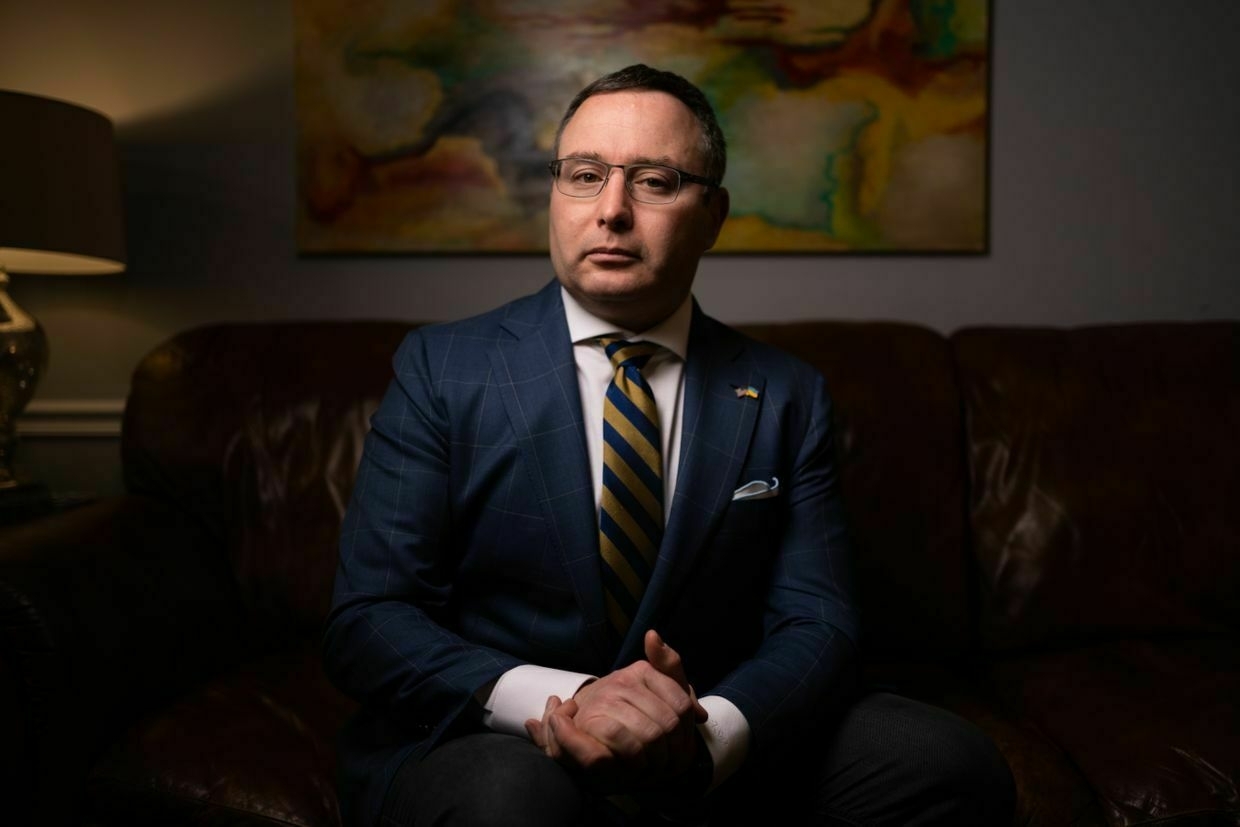
Russia’s war against Ukraine is a continuation of Moscow’s centuries-long goal to obliterate Ukrainian culture and statehood. Over the past three decades, however, the United States has, through missteps and inaction, emboldened Russia’s aggression by failing to confront the looming threat — a failure which, under the administration of U.S. President Donald Trump, could lead to a disastrous aftermath for Ukraine.
This argument lies at the core of retired U.S. Army Lieutenant Colonel Alexander Vindman’s latest book, “The Folly of Realism: How the West Deceived Itself About Russia and Betrayed Ukraine.” Vindman served as the director of European affairs for the U.S. National Security Council during Trump’s first presidency. In his new book, he critically examines the flaws of a foreign policy that prioritizes short-term strategic interests over global cooperation and a moral foundation in politics, contending that the West’s reliance on transactional geopolitics has undermined its credibility and emboldened authoritarian regimes.
In an interview with the Kyiv Independent, Vindman shared his thoughts on the stalled progress of a U.S.-brokered peace deal between Ukraine and Russia, why the U.S. continues to view Ukraine through a Russian lens, how Russian President Vladimir Putin manipulates Trump, and why Vindman thinks a neo-idealist approach can triumph over realist geopolitics in our lifetime.
This interview has been edited for length and clarity.
The Kyiv Independent: During the presidential election, Trump claimed that he could put an end to the war between Ukraine and Russia immediately upon coming into office. And now we have (U.S.) Secretary of State Marco Rubio saying that achieving peace will take time. What do you think of the latest events in the ongoing peace process?
Alexander Vindman: There’s a saying that we started using with regard to Trump: “You have a concept of a plan. You don’t have a(n actual) plan.”
There was always an illusion that a quick peace was possible. It was merely rhetoric for populist consumption — the idea that Putin would grant peace before Trump’s inauguration or soon after. In reality, negotiating peace is not in Russia’s interest. Russia seeks to subordinate all of Ukraine, and until it is proven that they cannot achieve that — meaning there must be more robust support for Ukraine to counter those aspirations — there is little hope of convincing Russia to agree to any kind of peace settlement.
On the other hand, Ukraine is desperate for peace in some respects, but not at the cost of its sovereignty, territorial integrity, or national unity.
There is currently no real prospect for lasting peace, and the approach Trump is taking is the worst possible one. By granting significant concessions to Putin early on, he allows Russia to bank those gains while continuing to advance its objectives at no cost. This only delays any real chance for peace.
Rubio seems to understand this, but the key question is when the broader realization will come. It will likely take time — ultimately, Putin will have to convince Trump himself that peace is not possible. Only when it becomes undeniable that Putin is acting in bad faith and has no intention of delivering on peace might the U.S. change its approach — but it’s going to be some time before we get there.
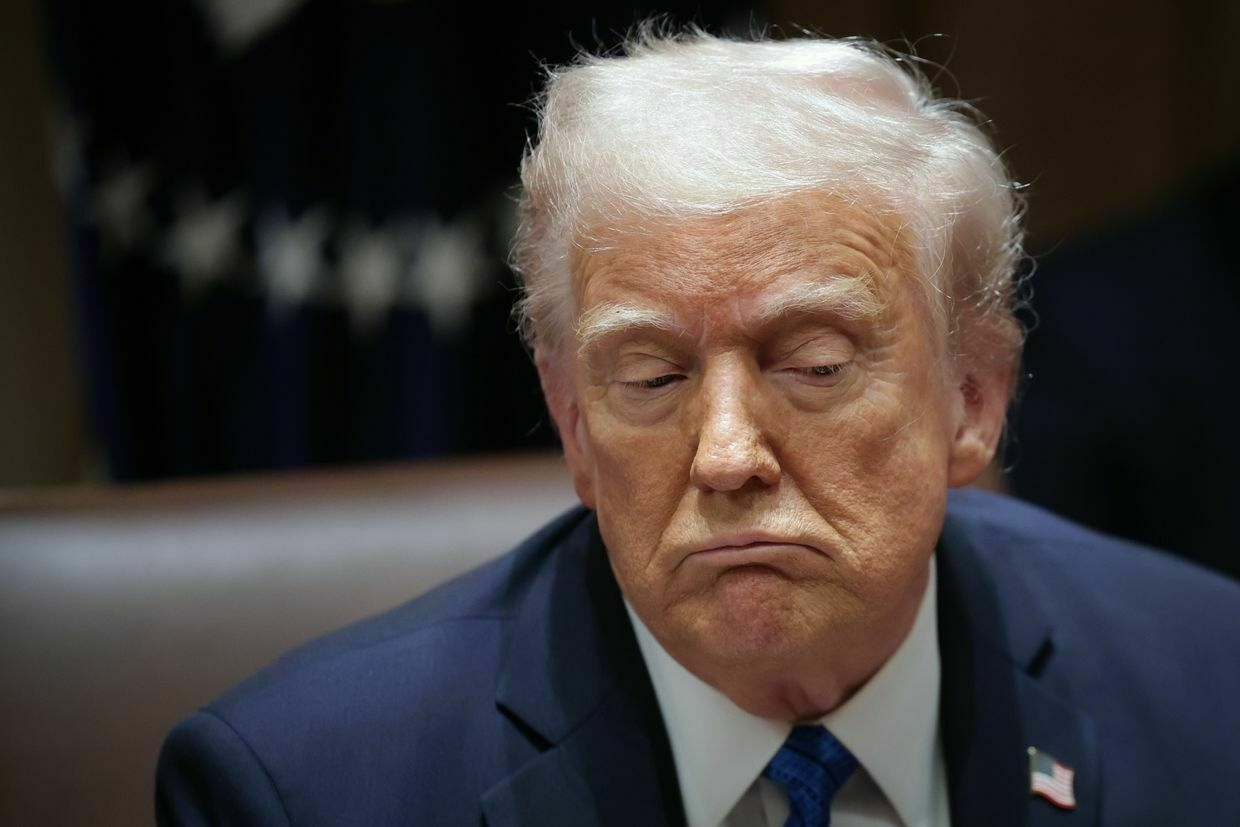
U.S. President Donald Trump in Washington, D.C., on March 25, 2025. (Win McNamee / Getty Images) The Kyiv Independent: Why do you think the Trump administration is so eager to appease Russia?
Alexander Vindman: It’s some theater of the absurd. Rubio understands that tough language and strong actions are necessary, but he also knows that Trump has a deep, long-standing desire to be friendly with Putin. This pattern has been evident for years.
In some ways, this approach will have to run its course. Russia will need to repeatedly prove itself as an unyielding bad actor — demonstrating, yet again, that it cannot and will not deliver on peace.
Yes, of course, Russia sounds very friendly and accommodating — because they understand that the easiest way to get something out of Trump is to flatter him. The Ukrainians can also be accommodating in certain regards, using polite language and expressing gratitude. However, where they refuse to compromise is on their sovereignty, territorial integrity, and the need for guarantees. They have the clearest understanding of Russia’s repeated violations of agreements, whereas Trump’s perception of Russia remains deluded.
“Trump’s perception of Russia remains deluded.”
So now there’s pressure on the EU, but it’s unlikely to yield significant results. Over the past 70 days — a very brief period in the Trump administration — the U.S. has proven to be a bad actor, friendly to adversaries while being adversarial to allies. It has pressured friendly economies, broken with common threat perceptions, and abandoned shared democratic values and interests.
Because of this, I don’t think the pressure on the EU will work. Instead, we’ll likely see more manipulation of Trump — things that sound good on the surface but ultimately lead nowhere. This will be especially true with Russia. I also think the Ukrainians may adopt some of that same diplomatic, nice-sounding language.
Sure, people are happy to say they'll do something, but there’s no real follow-through — Europeans included. This is the unfortunate reality of dealing with Trump: it’s not about substance, but rhetoric. What matters is what sounds good — political announcements rather than concrete action. That’s the transactional nature of Trump.
I hope the Ukrainian leadership recognizes that there’s little they can do to win his favor or change his stance toward Russia. Unfortunately, Ukraine will have to stand firm, and there’s a strong chance that U.S. support could be suspended for an even longer period. The real urgency lies with Europe stepping up in a bigger way to fill some of those gaps. But they can’t replace U.S. support entirely, America’s absence just leaves too large a vacuum.
Join our communitySupport independent journalism in Ukraine. Join us in this fight.Support usThe Kyiv Independent: Amid all this we have seen some worrying comments from U.S. officials, most notably, Steve Witkoff telling Tucker Carlson that the Russian-occupied regions of Ukraine are Russian-speaking and therefore somehow want to be part of Russia, ignoring the fact that annexation occurs at gunpoint.
We can even say this misunderstanding of Ukraine happened before the Trump administration. Former U.S. President George H.W. Bush was warned by Soviet officials about so-called dangerous nationalists in Ukraine who wanted independence. Former U.S. President Barack Obama wanted to have a “restart” with Russia, and under his term we had the illegal annexation of Crimea and the start of the invasion of Donetsk and Luhansk oblasts. So why do you think the U.S. continuously looks at Ukraine from a Russian perspective?
Alexander Vindman: This is the central theme of my latest book, “The Folly of Realism: How the West Deceived Itself About Russia and Betrayed Ukraine.” The title should have been in the present tense because this isn’t just a past mistake, though — it’s an ongoing pattern.
For 35 years, across six U.S. administrations — dealing with (former Russian President Boris) Yeltsin, Putin, and various Ukrainian presidents — the U.S. has consistently overestimated its ability to achieve more with Russia than is realistically possible. Russia has its own worldview and interests. It seeks to be the regional hegemon, maintaining a privileged sphere of influence over its former empire, now independent states. For decades, it has used influence, coercion, and hybrid warfare — ranging from election interference to outright military aggression — to achieve this goal.
This approach is fundamentally at odds with U.S. values and interests, at least historically — though that may not seem to be the case under Trump. The U.S. leadership has repeatedly succumbed to both hope and fear: hope that Russia could be engaged more constructively, and fear that holding Russia accountable — by condemning its actions or placing conditions on engagement — would only worsen relations.
Because this cycle has played out repeatedly, Putin, who has been in power for 25 years, has grown increasingly emboldened. He has escalated from political manipulation to outright military aggression. In many ways, the West contributed to this by fostering a sense of impunity, allowing Putin to push boundaries without consequences.
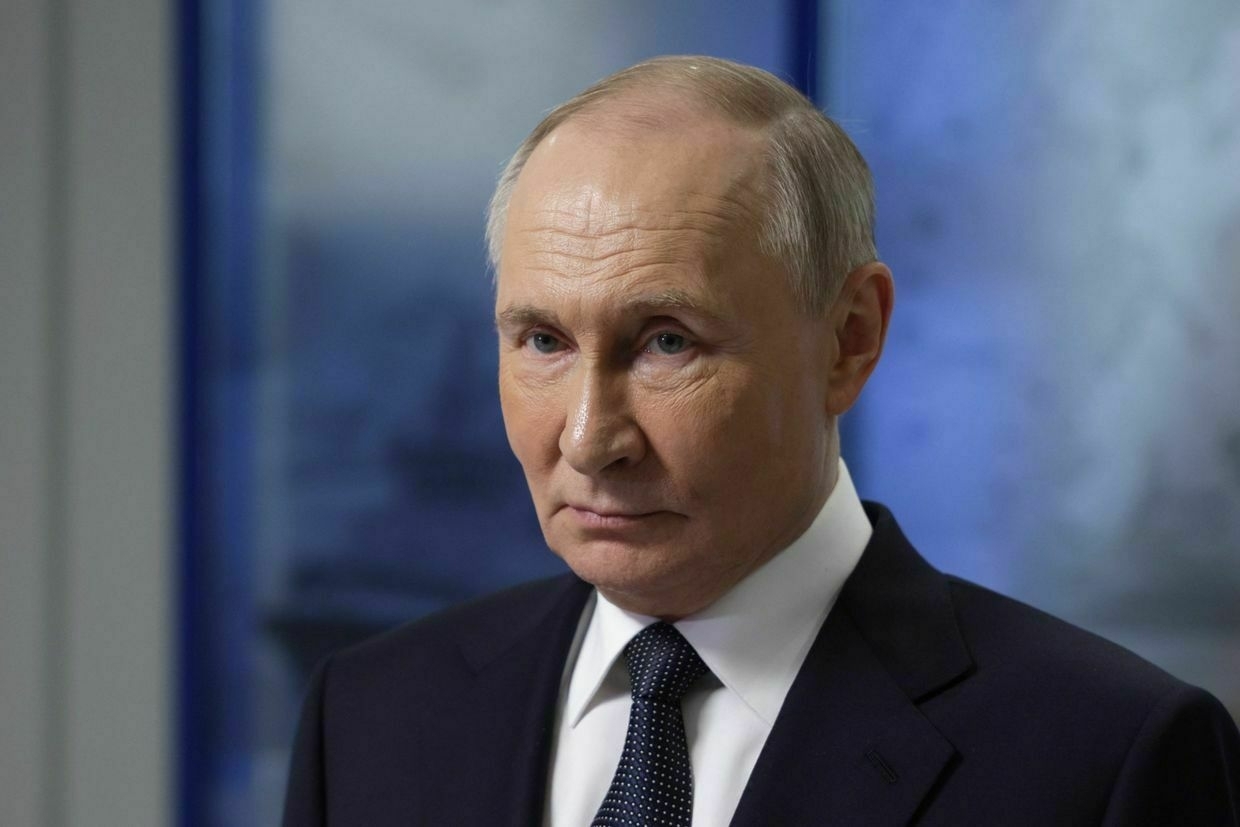
Russia's President Vladimir Putin meets with participants in Arctic expeditions for children organized by Rosatom in Murmansk, Russia, on March 27, 2025. (Gavriil Grigorov / Pool / AFP via Getty Images) We also missed countless opportunities to support Ukraine, especially after the Orange Revolution, when Ukraine made a decisive shift toward the West, breaking from its historically Russian-leaning orientation. We could have invested in Ukraine — financially, through strategic partnerships to aid its transformation, and militarily to strengthen its defenses against Russian aggression.
If we failed to act in 2004, there was even less excuse by 2008, after the Russia-Georgia war. And by 2014, when Russia first invaded Ukraine, our restraint was entirely indefensible. We have repeated the same mistakes time and again, and now, under Trump, we’re seeing history repeat itself — only in an even more extreme and exaggerated form. It may look different, but it follows the same pattern: falling for Russian propaganda and buying into the myth of Russian exceptionalism.
Witkoff, in particular, embraces this narrative wholesale — almost like a child parroting what he’s been told. And I believe there are two reasons for this. First, he simply doesn’t care about Ukraine. That much should be clear. The Trump administration also couldn’t care less about Ukraine. They would gladly sacrifice Ukraine for nothing if they believed it would help normalize relations with Russia. That’s not just malice — it’s maximum malice. But it’s also maximum ignorance, because they fail to grasp that this approach won’t end the war.
The entirely transactional strategy the U.S. has maintained toward Russia has been counterproductive, making the situation far worse. Instead of fostering better relations, it has led to an even more deteriorated bilateral dynamic. Had we upheld our principles and consistently supported Ukraine at key moments over the past 35 years, we wouldn’t be in this position today.
The Kyiv Independent: In your book, you advocate for an alternative ideology to realism called neo-idealism. For those in our audience who haven’t had the chance to read your book, could you briefly go into what that is? Also, how realistically do you see a country like the U.S. adopting a neo-idealist approach in our lifetime?
Alexander Vindman: Very realistic. So, let me start there: we will all (go into this thinking that we will) live long and prosperous lives, which makes it easier to make such predictions.
The book, in fact, fundamentally rejects realism, which fosters a hyper-transactional approach. When countries pursue their national interests maximally, everything becomes about immediate deals. This is where someone like Trump becomes the ultimate embodiment of the folly of realism.
Looking back at multiple points in history — whether it’s Ukraine’s independence, where the U.S. tried to suppress it with the infamous “Chicken Kyiv” speech; the denuclearization efforts under (Former U.S. President Bill) Clinton; the missed opportunity after the Orange Revolution; or the failure to constrain Russian aggression during the Georgia War and the war that started in 2014 — it’s clear that realism has consistently failed.
Given that, we need to start looking for alternatives. We don’t want to keep repeating these failures. My proposal is a return to core values in U.S. foreign policy — specifically, recognizing that values and interests are indivisible. In democracies, values should be central to our understanding of national interest.
Does that mean we always sacrifice our interests for values? No, that’s highly impractical. There are too many countries that are realists or transactional, and they control things the U.S. needs — like oil in Saudi Arabia. Sometimes, we have to be practical when dealing with adversaries, like negotiating strategic arms control agreements. These can be a net positive for the global community, and we’ve successfully managed to separate that approach from the broader deterioration of U.S.-Russia relations.
However, what we shouldn’t do is constantly and consistently sacrifice our values for our interests. If we do, we become overly transactional and repeat the mistakes of the past.
So, my solution is practical: we need to rebalance. We should shift away from a hyper-transactional approach and place values at the forefront. This course correction is necessary to prevent further damage to U.S. foreign policy.
We’re making all sorts of mistakes and damaging important relationships. We need to rebalance, which means putting values first. From there, we can begin to focus on what truly matters. The most critical partners for us are our fellow democracies — they are the source of both security and stability. Europe, in particular, has been one of the most vital security arrangements we’ve had.
Our fellow democracies, not empty promises from Putin to (Former U.S. President) George (W.) Bush about fighting the global war on terror, have stood by us when we’ve been under pressure — just as they did after 9/11. This isn’t about superficial pledges; it’s about the legitimate support we received from our democratic allies, even as we fought some misguided wars in the Middle East for 20 years.
They were there for us, and it’s not just about security — it’s about prosperity and focusing on democracies. It’s about strengthening and hardening our fellow democracies, many of which are under pressure and being attacked by aggressive regimes, especially through election interference. It’s about supporting struggling democracies, including neighbors like Hungary and Slovakia, which are facing a shift away from democracy. It’s about nurturing democratic institutions around the world as they come under increasing attack from authoritarian regimes.
That’s the core idea. It’s not just theory — it’s a very practical rebalancing. And I believe we have practitioners of this approach. Ukraine is often seen as an exemplar of neo-idealism, defending the democratic world against authoritarianism with its own blood and some Western support. But there are other examples in eastern and northern Europe, as well as pockets of neo-idealism in the U.S.
The reason I’m confident we’ll get there is that we’re going to face so many challenges to our institutions over the next four years that a correction will be inevitable.
Many people will be left behind. Too many will be the losers in this Trump-driven approach that enriches the wealthy at the expense of working people. That correction will give us an opportunity to focus on a values-based approach.
I foresee significant challenges for Ukraine in the next six months. I believe the U.S. will scale back its support, and the Europeans may be too slow to increase theirs. But Ukraine is not where it was three years ago — it now has an industrial base that can withstand some of these challenges. Russia, too, is under immense pressure. So, I view this more pragmatically: this is where we’ll end up, from a survival perspective.
Note from the author:
Hey there, it's Kate Tsurkan, thanks for reading my latest interview. It was a real pleasure for me to speak to Alexander Vindman about the themes relating to his latest book, not only because he's very wise, but also because he remains a great example of the embodiment of American values that my home country used to be known for. If you like reading this sort of thing, please consider becoming a member of the Kyiv Independent.
What Russia really wants from the Black Sea ceasefire dealWith much fanfare, the U.S. on March 25 announced it had brokered an agreement between Russia and Ukraine to “eliminate the use of force” in the Black Sea after two days of talks in Saudi Arabia. But while Kyiv said it was ready to abide by it straight away,The Kyiv IndependentDominic Culverwell

-
The rise and fall of Ukraine's Kursk gambit
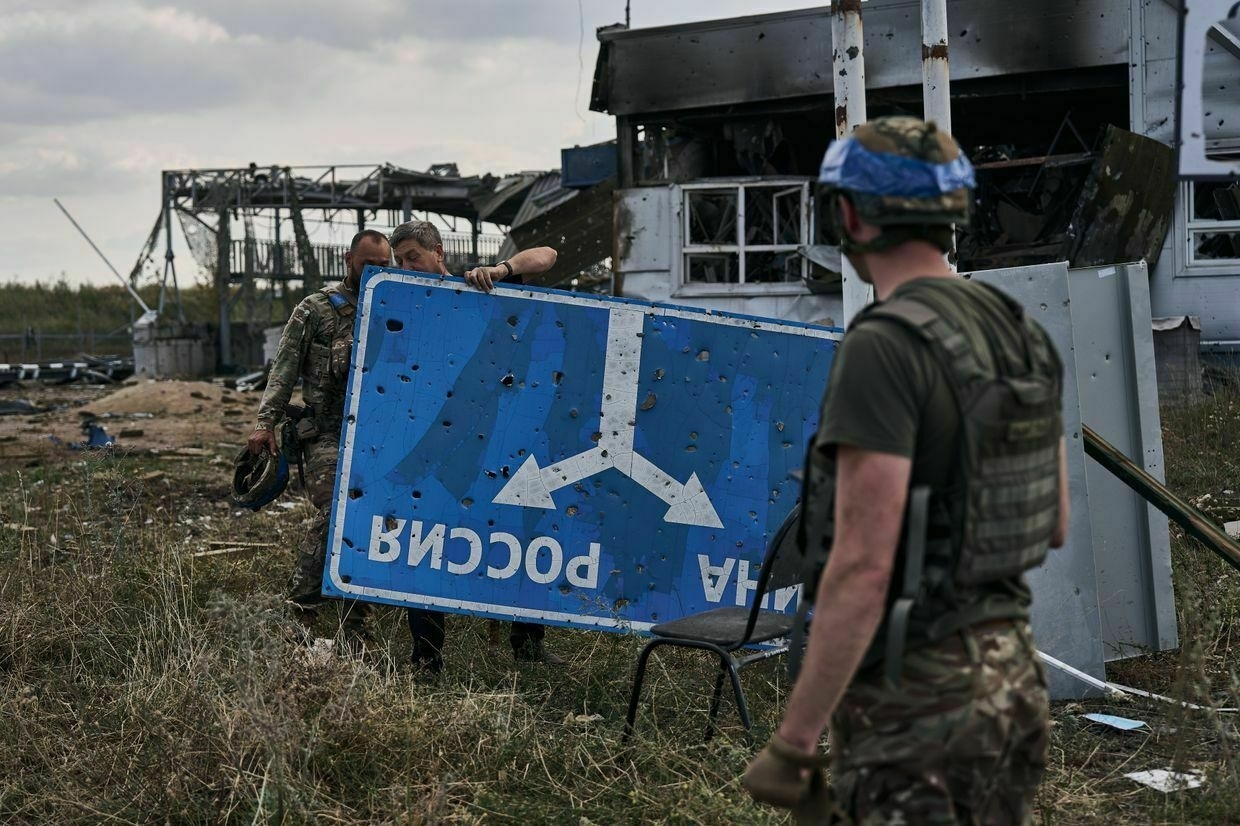
As Ukraine’s seven-month-long incursion into Russia’s Kursk Oblast came to what appears to be its end, Ukrainian soldiers and military experts are questioning the operation’s goal and the long-term effect it will have on the war.
Ukraine launched a surprise cross-border incursion into Russia’s Kursk Oblast in August 2024, using the initial momentum to occupy Russian border territories in an attempt to divert Russian attention from Ukraine’s east.
That proved ineffective, with Russian troops continuing their advance in Ukraine’s Donetsk Oblast, reaching the doorsteps of Pokrovsk in late 2024.
As a result of Ukraine’s continuing hold on parts of Russia’s bordering region, and the new U.S. administration’s desire to force Kyiv into peace talks, a new goal for the operation began to shape — to use it as a bargaining chip in potential peace negotiations.
In January, then-U.S. Secretary of State Antony Blinken said Ukrainian positions in Kursk Oblast could “factor in any negotiation that may come about in the coming year."
But Ukrainian and Western military experts argued that Kyiv dragged its feet way too long by remaining in Kursk Oblast despite the critical logistical situation, echoing the frustrations of soldiers who spoke with the Kyiv Independent.
According to their analysis, it may have been a lot more effective as a weeks or a month-long raid into Russia rather than a grueling battle for a territory of little value to Ukraine and what soon appeared to be to Russia as well.
“If (Kursk) was a gamble, then tactically the operation was successful, even though its follow-on phases could not be executed,” D.C.-based military analyst Michael Kofman, a senior fellow in the Russia and Eurasia Program at the Carnegie Endowment for International Peace, said.
“Did it serve its purpose as stated at the operational or strategic level? Here, I’m more skeptical, but on the other hand, it could have gone far worse than it did."
Launching the unexpectedFor months before the incursion, Kyiv warned that a Russian offensive on Sumy Oblast, which lies across the border from Kursk Oblast and was far from an active warzone, was imminent.
It allowed Ukraine to disguise troop and equipment deployment in the border areas as a defensive measure.
Sapper Oleksii, with the elite 80th Air Assault Brigade, said he took his guys to demine the border areas for artillery placement in the weeks leading up to the incursion.
The brigade broke through the border once the aviation and long-range weapons fired off overnight, according to Oleksii. The breakthrough took place on Aug. 6, shocking Kyiv’s Western supporters and many Ukrainians as well.
But the soldiers on the ground say some doubted the incursion even before it began. Oleksii said one of the battalions in his unit saw more than half of its soldiers refuse the order, arguing why they should invade Russia when the defense elsewhere was at threat. They had come from more than a year of defending Chasiv Yar in the eastern Donetsk Oblast, where Moscow had recently reoccupied the village of Klishchiivka, which the unit had fought to liberate for months.
The Ukrainian push came from multiple directions, with the main axis being the 80th and the 82nd Air Assault Brigade storming toward Sudzha.
Yaroslav, a serviceman in the Ukrainian Special Forces sabotage and reconnaissance group that identifies as Ua Reg Team, said his unit headed toward the city of Kursk, northeast of Sudzha.
“It was a diversionary maneuver,” Yaroslav, whose unit was pulled out in February, told the Kyiv Independent.
“It didn’t work for a simple reason that the Ukrainian Armed Forces have just one road to move all the supplies for the involved units.”
With a completely new direction opening up "a wide variety of possibilities," Yaroslav said his unit conducted ambushes, sabotage, and clearing operations.
Ukraine came close to capturing the town of Korenevo in August, which the experts say would have helped Kyiv secure the Kursk salient better, with the river to the west working as a geographical barrier. Located along a river that cuts through the town, Korenevo serves as a crossroads and sits about 20 kilometers north of the Ukrainian border.
An FPV drone pilot who goes under his callsign Crimea said his 82nd brigade lacked troops to go further than a few streets in the town that it broke through.
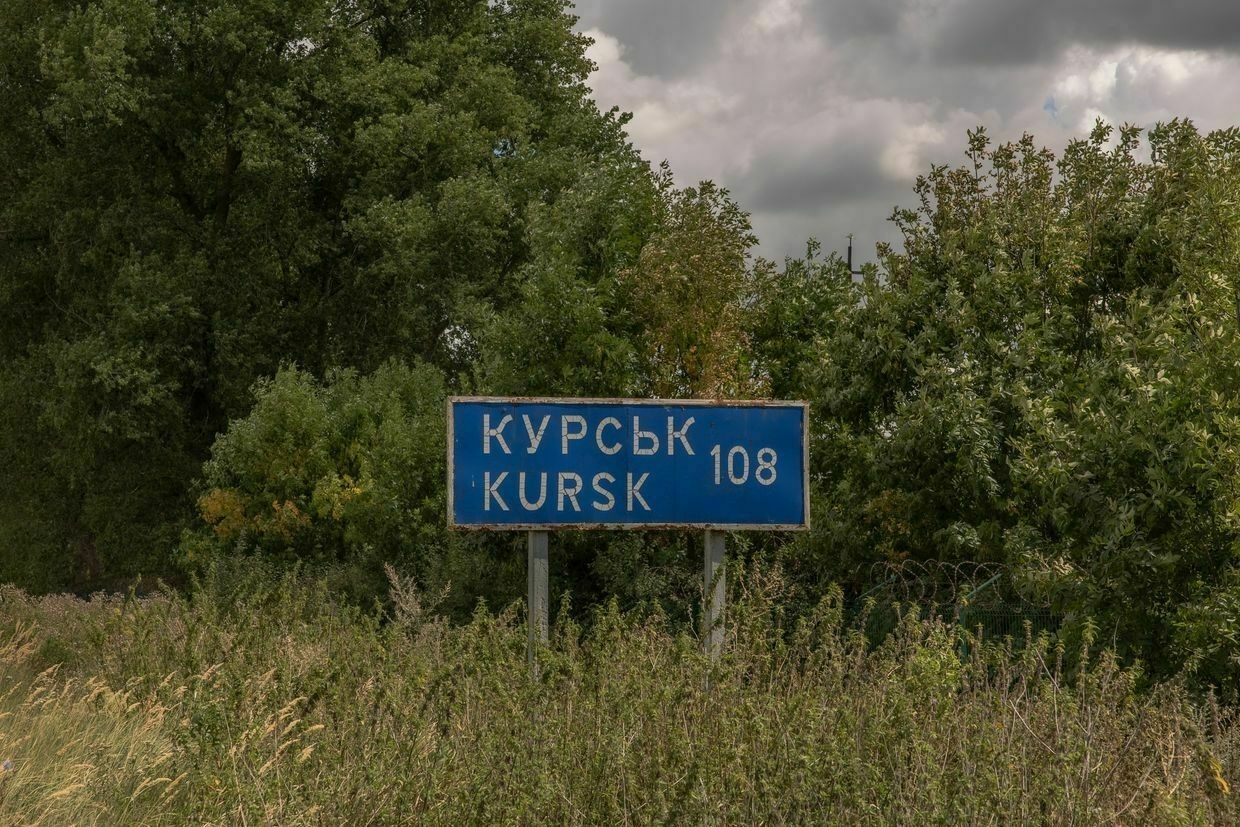
A road sign showing the distance to the Russian town of Kursk stands next to the destroyed border crossing point with Russia in Sumy Oblast, Ukraine, on Aug. 13, 2024. (Roman Pilipey / AFP via Getty Images) 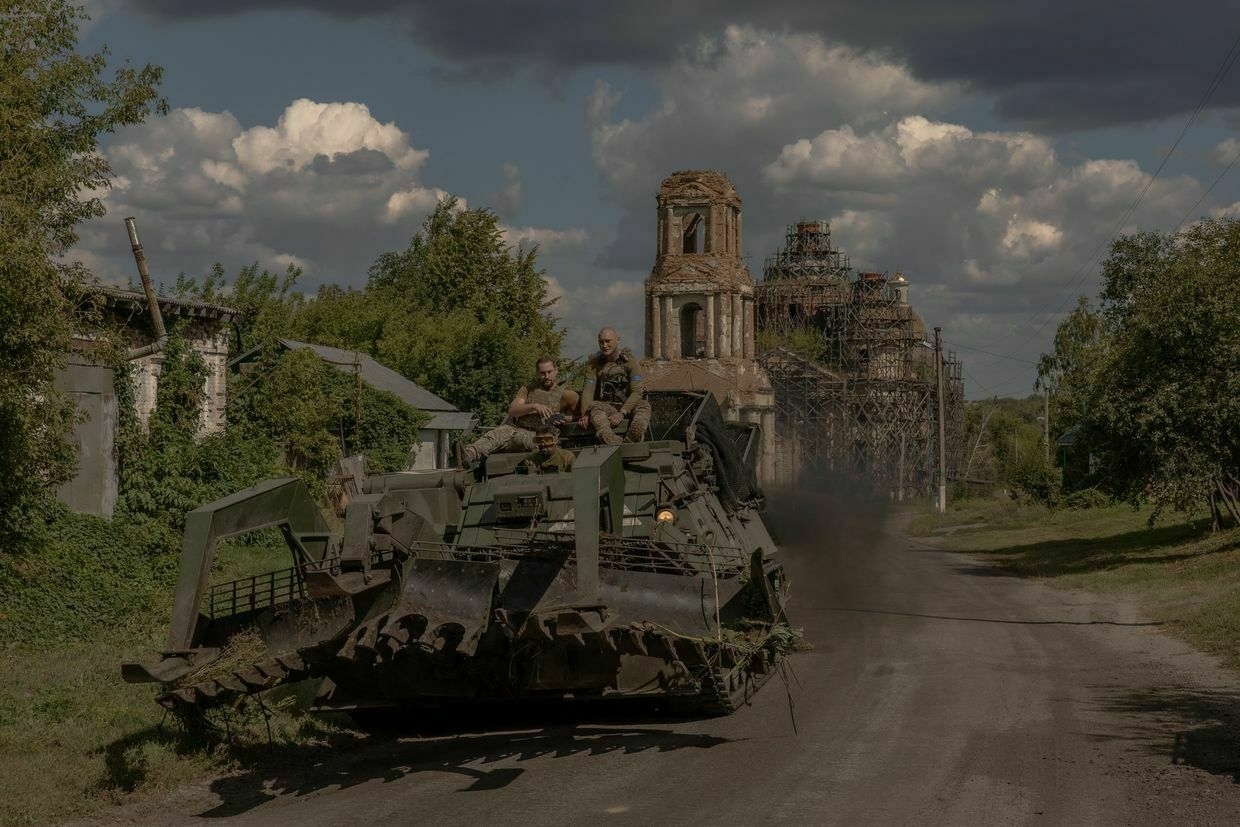
Ukrainian servicemen operate an armored military vehicle on a road near the border with Russia in Sumy Oblast, Ukraine, on Aug. 14, 2024. (Roman Pilipey / AFP via Getty Images) "It didn't work for a simple reason that the Ukrainian Armed Forces have just one road to move all the supplies for the involved units," Austrian warfare expert Tom Cooper said, referring to the main road from Sumy Oblast to Sudzha.
The lack of communication and coordination with other units made it difficult to know who the surrounding positions belonged to, according to the soldiers on the ground. The Starlink satellite internet constellation, on which Ukrainian soldiers rely for communication on the battlefield, doesn't work in Russia, they added.
"Kursk was not an easy area to operate," analyst Kofman said. "The terrain was challenging, communications were very patchy early on, the salient by its nature meant the geometry of the fight was disadvantageous."
With limits to the available intelligence, the Ukrainian soldiers interviewed said they were always cautious of Russian troops appearing from out of nowhere.
Sapper Oleksii from the 80th brigade said that it has led to friendly fire from time to time.
As Ukraine, Russia agree to ceasefire at sea, Moscow’s battered Black Sea Fleet is set to get a reprieveThe White House on March 25 announced that Ukraine and Russia had agreed to “eliminate the use of force” in the Black Sea, returning the spotlight to a theater of battle that has been relatively quiet for more than a year. Throughout 2022 and 2023, Ukrainian strikes against Russian ships,The Kyiv IndependentMartin Fornusek
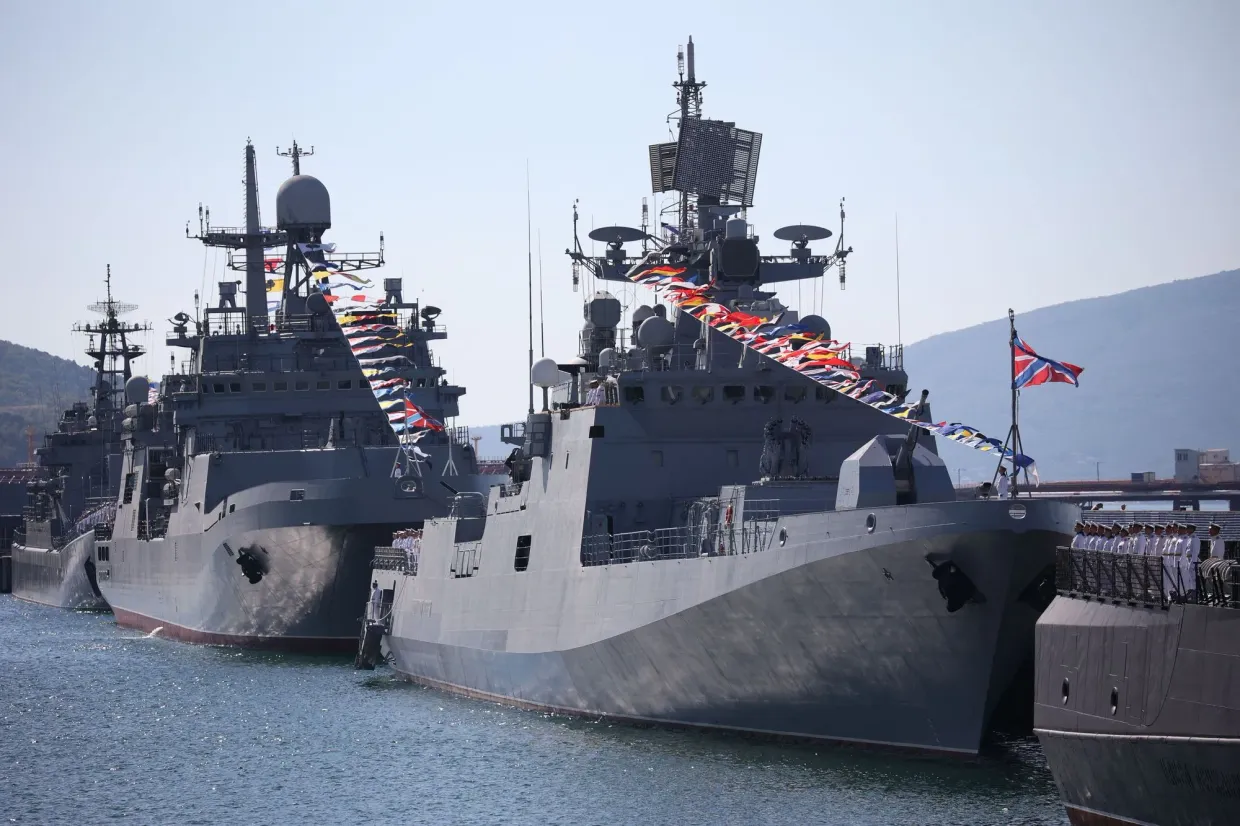
Grinding Russian pushbackAround mid-September, Russia accumulated enough troops to launch a counteroffensive to reclaim its territory.
But Russia continued to prioritize its offensive efforts in Donetsk Oblast, where its troops were making gains near the city of Pokrovsk. Kyiv had hoped that the pressure along the front line would lift if Russia had to redeploy troops to Kursk Oblast, but instead they mostly came from reserves and non-priority fronts such as the one in Zaporizhzhia Oblast, according to experts.
President Volodymyr Zelensky said in early September that Russia had pulled over 60,000 troops to Kursk Oblast to counter the Ukrainian incursion, allowing Kyiv to fulfill one of its goals to divert Russian troops away from the hotspots of the war. Ukraine claimed to have captured around 100 Russian settlements and over 600 Russian prisoners of war (POWs).
But the Russian offensive in the east accelerated instead, taking advantage of some of the most elite and war-experienced Ukrainian units being taken off the Donetsk front.
One wave after another, Russian troops relentlessly tried to push the Ukrainians out of the Kursk salient. Eventually, Russia changed the frequency of its attack drones and used fiber optic ones, hampering Ukraine's ability to jam them and making logistics practically impossible.
"It's a weapon that can't be fought against," Oleksii said.
Up until January, the Russian grinding assaults were slow, even if they occasionally captured some ground, according to Jakub Janovsky, a Prague-based military analyst at Oryx OSINT Project.
But "it was just a matter of those slow, gradual advances adding up over time," Janovsky said.
Russia knew Ukraine's vulnerability in logistics because the single road leading into Sudzha from Sumy Oblast was essentially the backbone for the Kursk salient, according to the expert.
"So they obviously knew where to push to be within the range of this logistics route, and over time, they managed to do that," he said.
The worsening logistics made it costly for Ukraine to sustain the Kursk incursion, turning a surprise incursion into a grueling months-long battle that depleted the defending power of people and military hardware.
"(Russia) realized that it could block key roads with FPVs, and it was always trying to narrow our bridgehead, cut off the roads, and throw a lot (of troops and FPVs) at us," Yaroslav from the Special Forces said about the mid-winter assaults.
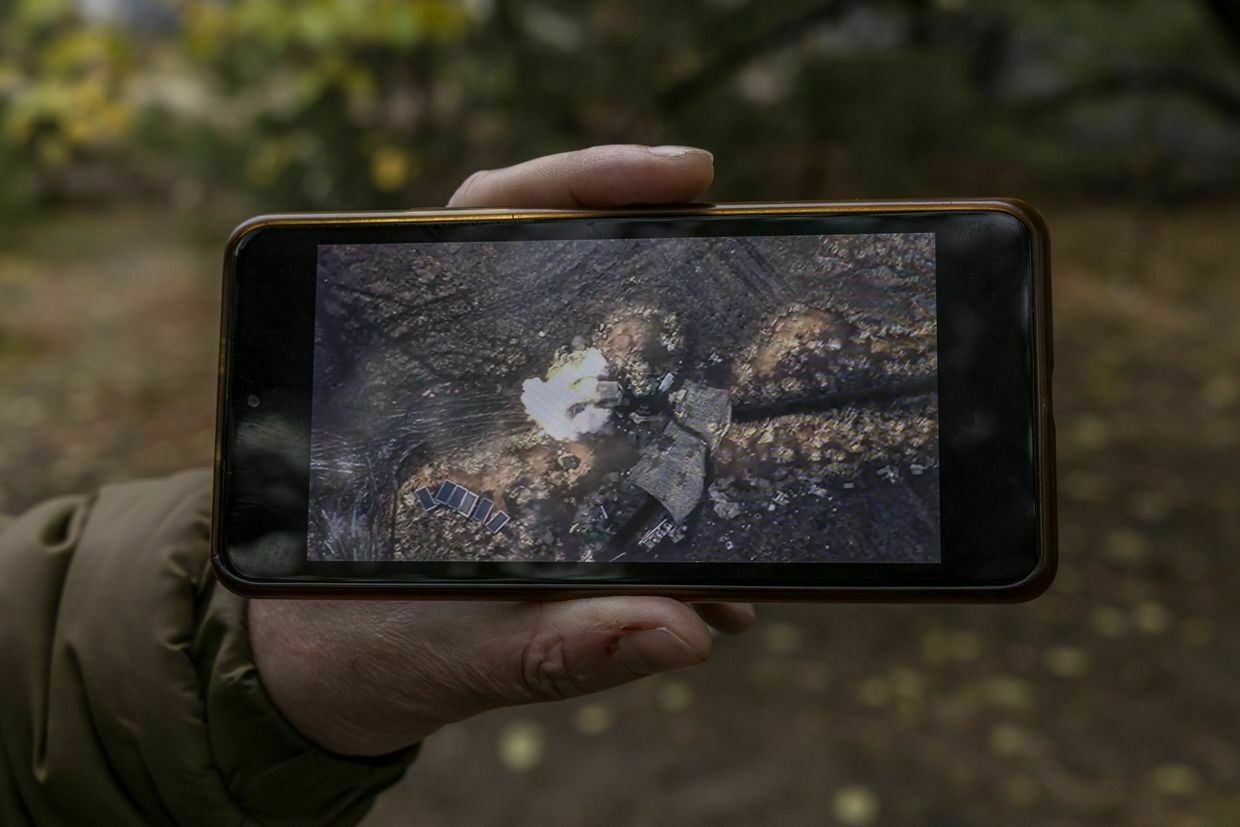
Oleksandr, an intelligence officer of the 82nd Brigade participating in the Kursk incursion, shows a video of his unit's drone destroying Russian equipment in Sumy, Ukraine, on Nov. 6, 2024. (Oksana Parafeniuk / The Washington Post via Getty Images) In the northern direction of the Kursk operation, Yaroslav said that Russia would deploy two brigades, even though one would have been more than enough for the operation, constantly putting pressure on the Ukrainians.
To keep up the offensive operations in Ukraine's east, Russia additionally deployed some 12,000 North Korean troops in Kursk Oblast to force the Ukrainians out, according to Ukrainian and Western intelligence.
North Korean troops would move forward one group after another and wait for the Russian infantry to take over the captured position, according to Yaroslav. But the North Koreans, he said, lacked synchronization with Russian troops and faced heavy losses.

A North Korean POW captured by Ukrainian forces during hostilities in Russia's Kursk Oblast, as seen in a photo published on Jan. 11, 2025. (President Volodymyr Zelensky / Telegram) "They completed the mission, returned (to the rear), and the Russians don't understand where they went," Yaroslav said, explaining how it allowed Ukrainian troops to retake the lost positions before the Russians managed to secure them.
But the troop number was significant, eventually yielding gains. Yaroslav said the North Koreans were fighting from the right and left flanks of the Kursk salient, as well as the areas near the Ukrainian border. While vulnerable to drone warfare at first, the North Koreans began to adapt their tactics and were good at shooting down aerial targets, according to multiple soldiers interviewed.
Ukraine has only captured two North Korean prisoners of war (POWs), with many of those in danger of being captured killing themselves to avoid being taken prisoner.
Then-U.S. Defense Secretary Lloyd Austin said in January that North Korean soldiers have suffered over 1,000 casualties.
North Korean troops in Kursk Oblast boost Russia’s manpower, despite vulnerabilitiesNorth Korean troops fighting in Kursk Oblast are especially vulnerable to drones but still managed to help Moscow advance a few kilometers in the partially Ukrainian-occupied region in southwest Russia, according to Western military experts analyzing open-source data. The assessment of drone vulner…The Kyiv IndependentAsami Terajima
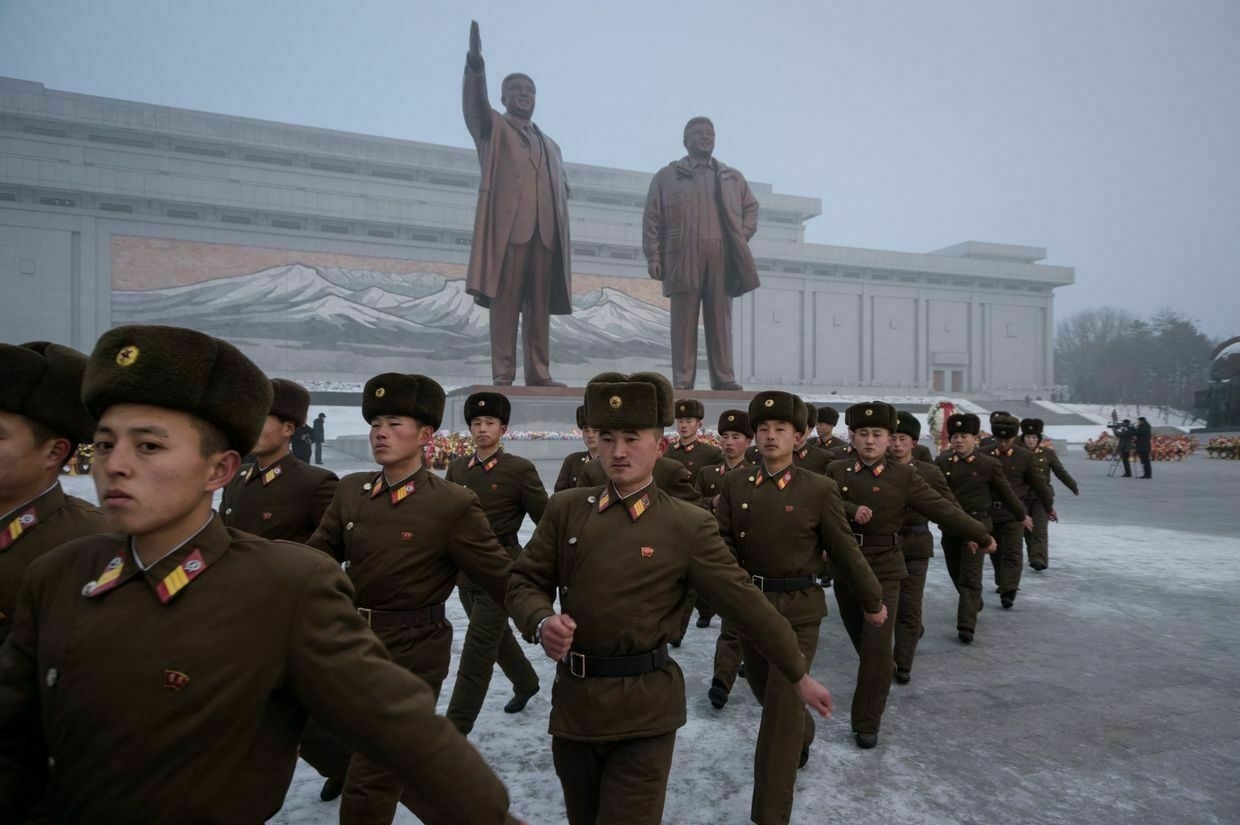
The inevitable withdrawalFrom the start of the year, even as Ukraine recaptured some positions, a withdrawal was inevitable.
"Russian forces steadily compressed the pocket, then using fiber optic cable drones, they were eventually in a position to start interdicting the supply routes," Kofman said.
"Eventually, the force was logistically unsustainable and had to withdraw."
Yaroslav, from the Special Forces, added that the combat and experience levels of the Ukrainian units fighting in Kursk declined over time, which also forced elite assault units — such as the 80th and 82nd — to fill in as regular infantry to defend the positions.
The elite Air Assault brigades, with experience from Donetsk, Kharkiv, and Zaporizhzhia oblasts, demonstrated their level in the initial breakthrough, but over time, "the paratroopers turned into battered infantry," according to Yaroslav.
Ukraine may have lost much less equipment, especially the valuable U.S.-made ones that are unlikely to be replaced soon, if it had carried out an organized retreat at least a month earlier, according to experts interviewed.
"Ukraine didn't have enough resources to spare such an operation without making sacrifices."
From late February to mid-March, Ukraine has lost 122 pieces of equipment, in contrast to Russia's loss of 51, which mostly included armored fighting vehicles, infantry mobility vehicles, self-propelled artillery, and tanks, according to Oryx, which tracks Ukrainian and Russian losses through open-source data.
The estimated overall equipment losses during the battle for Kursk Oblast is 790 pieces of equipment for Ukraine in comparison to Russia's 740.
"Around early February, it stopped being viable for Ukraine to stay there," Oryx expert Janovsky said, calling the extended stay in Kursk Oblast "a short-sighted political decision."
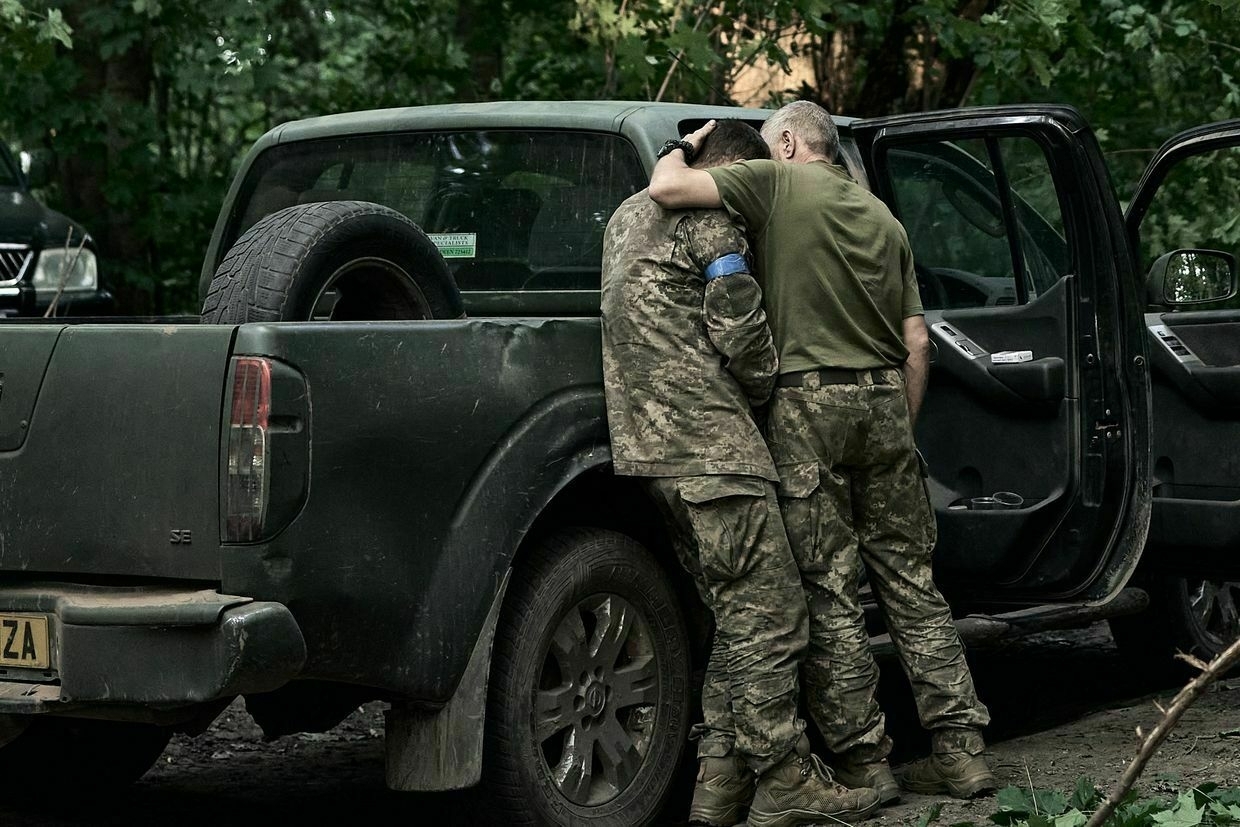
A Ukrainian soldier cries on his comrade's shoulder after returning from Kursk Oblast near the Russian border in Sumy Oblast, Ukraine, on Aug. 14, 2024. (Kostiantyn Liberov / Libkos / Getty Images) "Ukraine didn't have enough resources to spare such an operation without making sacrifices," he added, referring to the losses in Russia's Kursk Oblast and Ukraine's Donetsk Oblast.
Expert Cooper believes that "the best solution overall" would have been a raid rather than the "absolutely nonsensical" approach of sending troops inside Russia and not being able to supply them with what they need for the operation.
Bohdan, a soldier with the 80th brigade, said he barely escaped. With no way of communicating with others after their position was hit, his team walked out on foot for two days, expecting to be hit by omnipresent drones.
Cooper believes that by not withdrawing in time, Ukraine's military leadership had drastically decreased the chances of its troops' survival in the area.
Sapper Oleksii now fears that he will be sent on another assault maneuver to fulfill Kyiv's need to demonstrate to the West that Ukraine still has the ability to fight back.
"And if there won't be enough equipment, they will replace (the lack of equipment) with people," Oleksii said.
Trump wants a ceasefire between Ukraine and Russia – which side would gain more?U.S. President Donald Trump held a phone call with his Russian counterpart Vladimir Putin on March 18 to discuss a U.S.-backed ceasefire proposal. Putin claimed Russia would pause attacks on Ukraine’s energy infrastructure for 30 days, but did not commit to a broader ceasefire. Russia has declinedThe Kyiv IndependentOleg Sukhov
